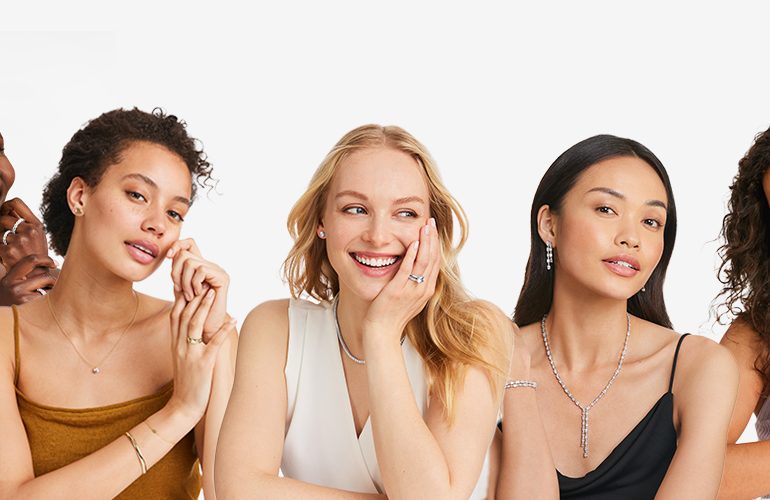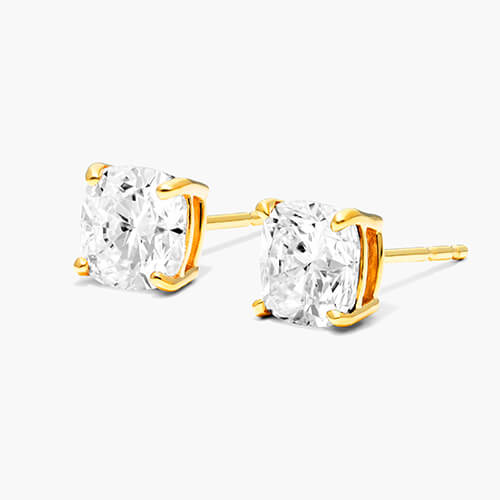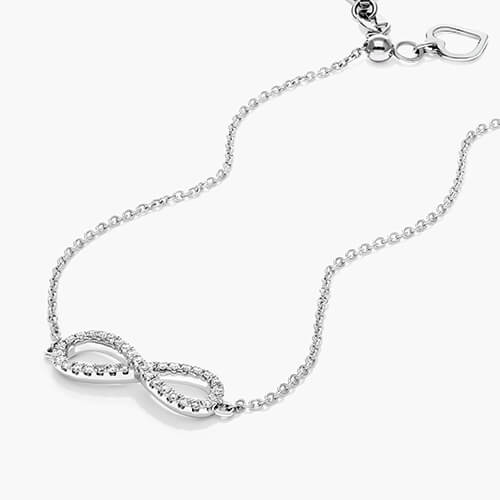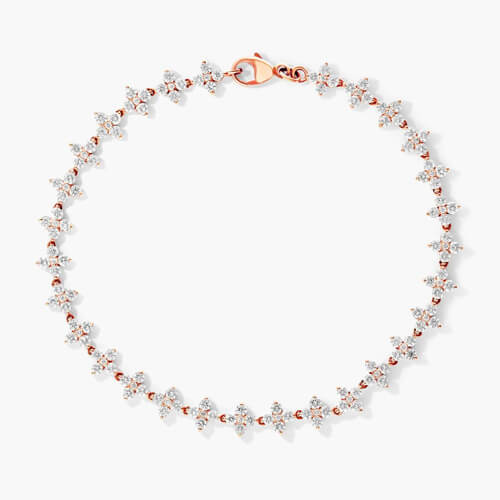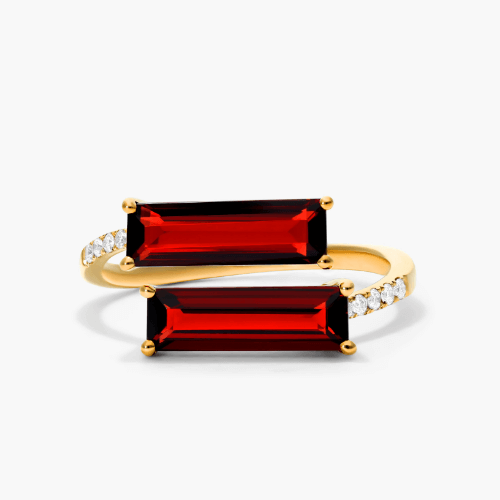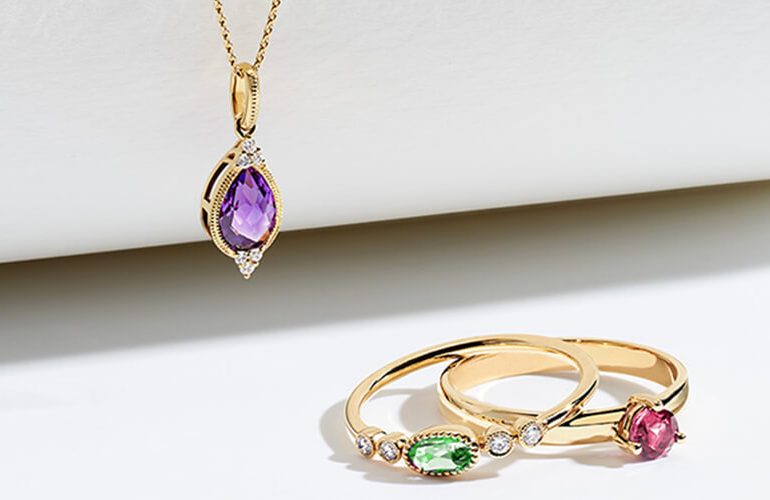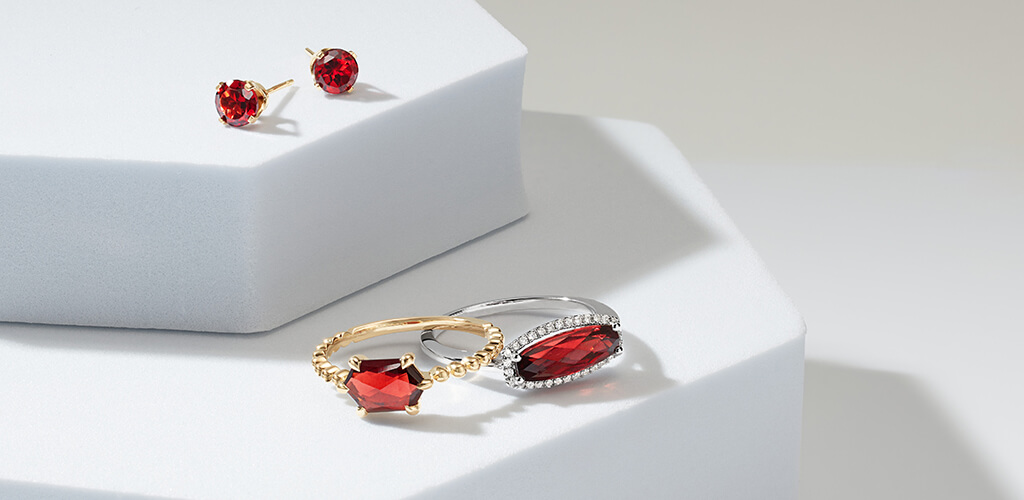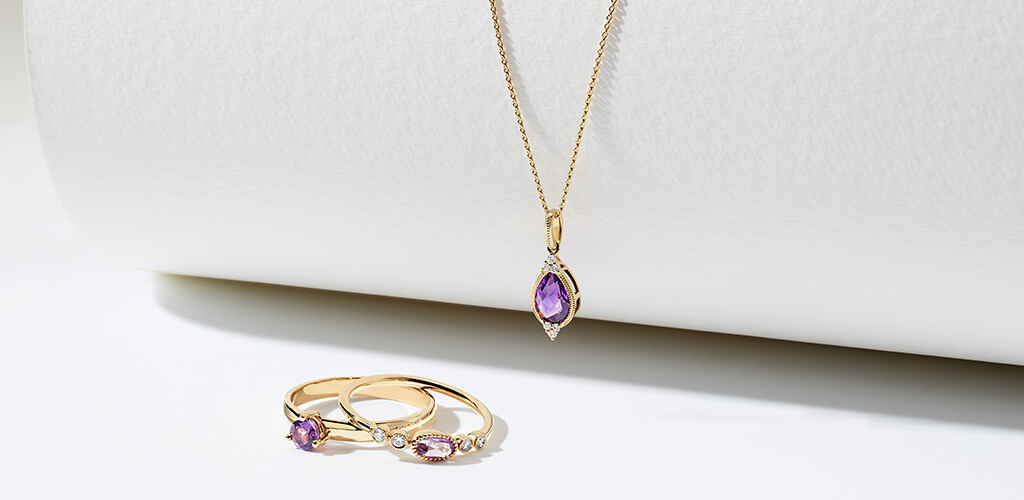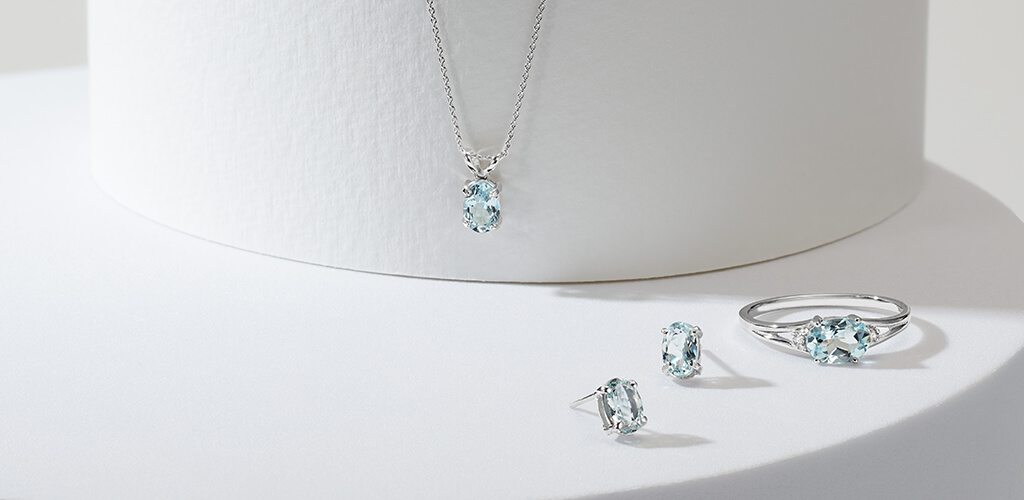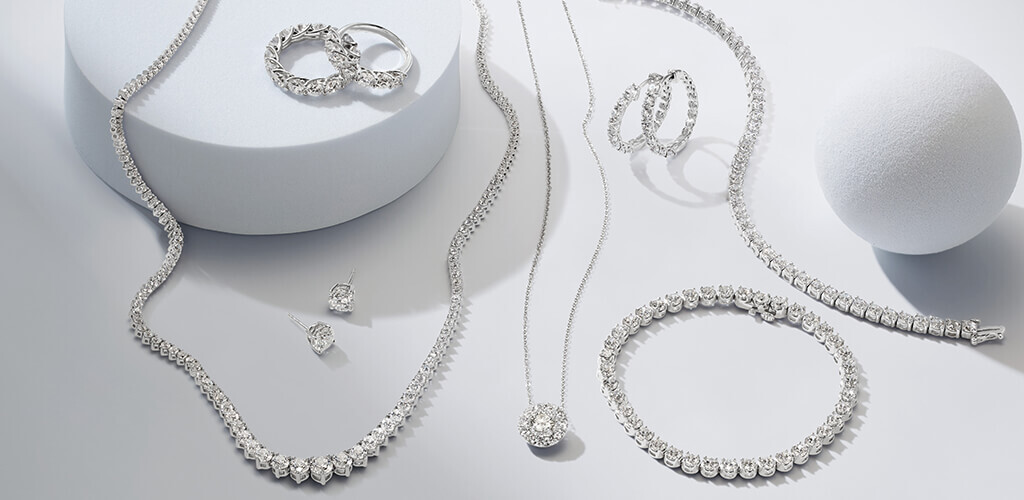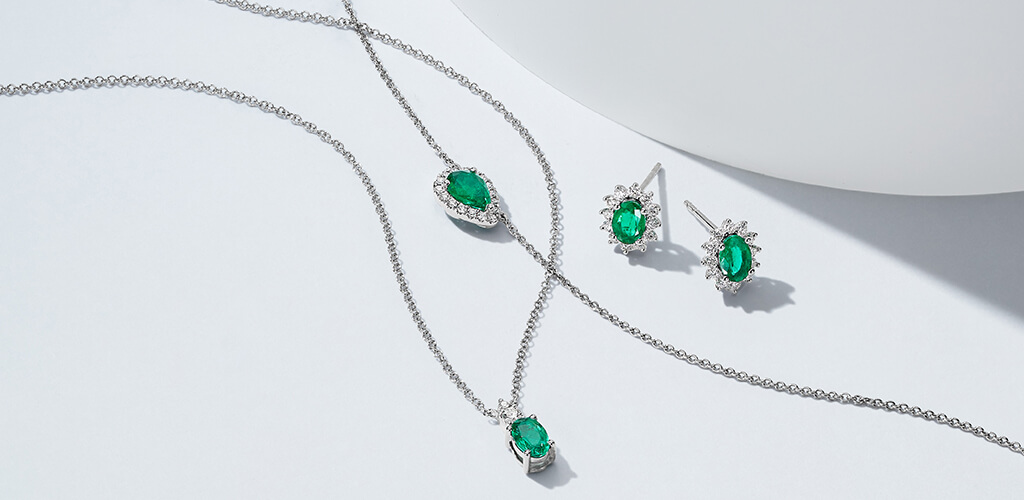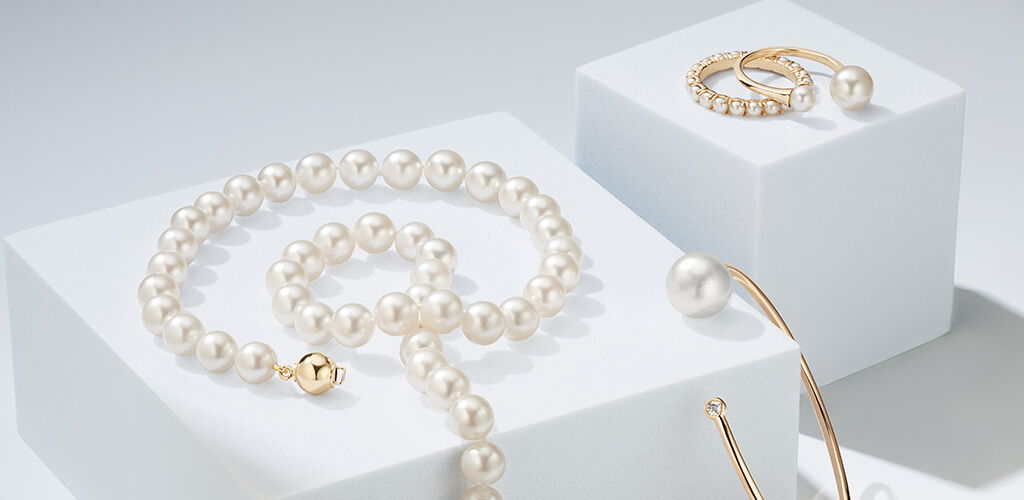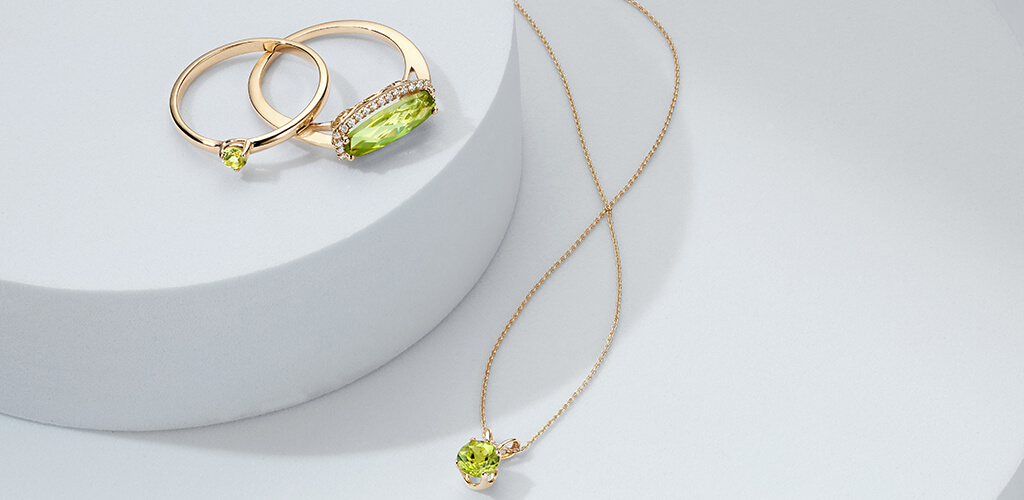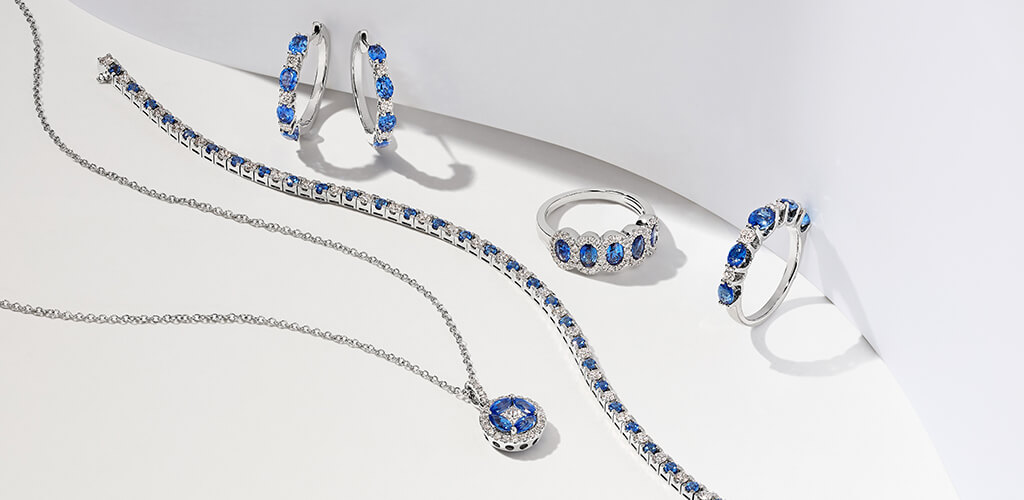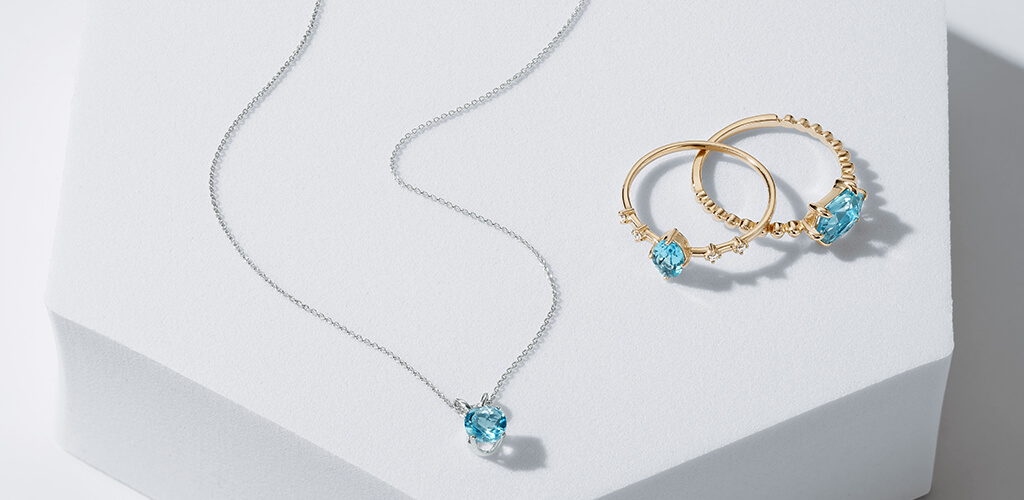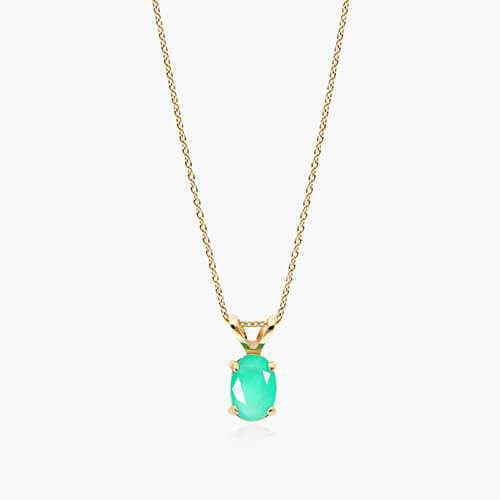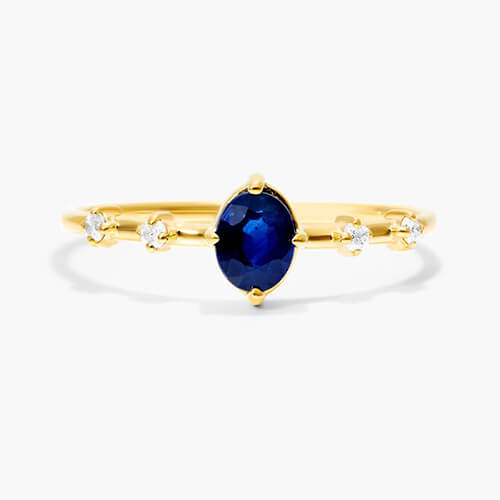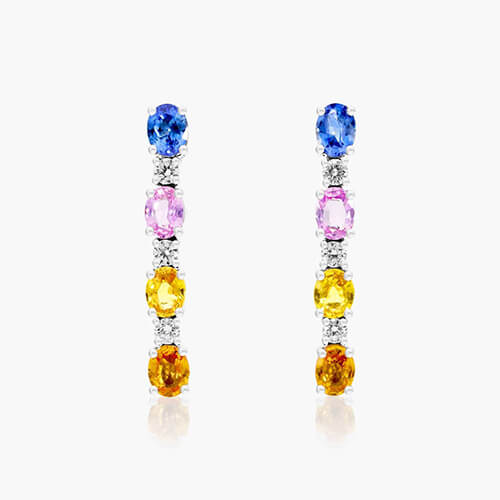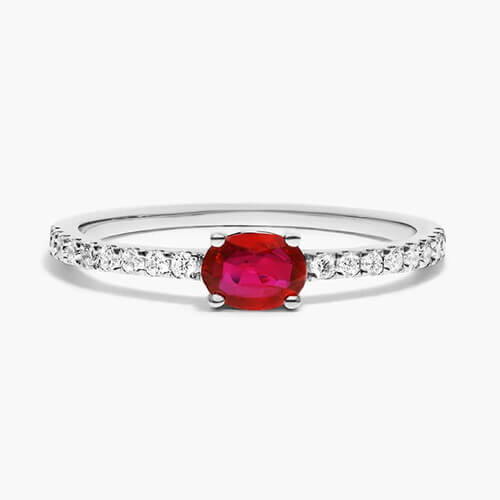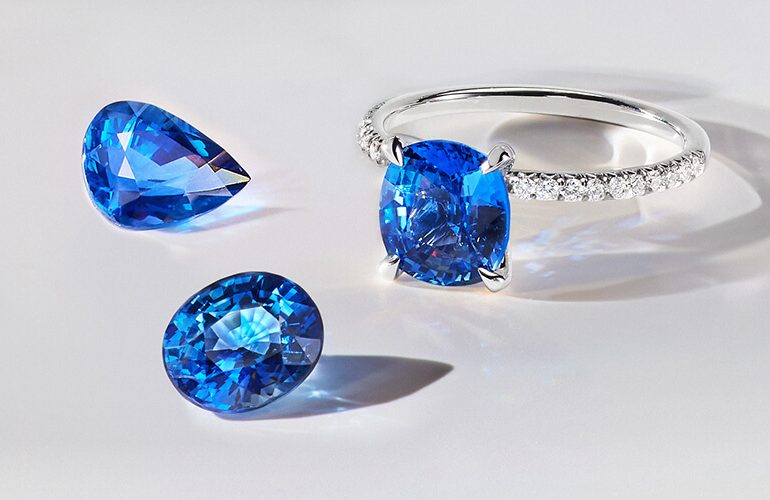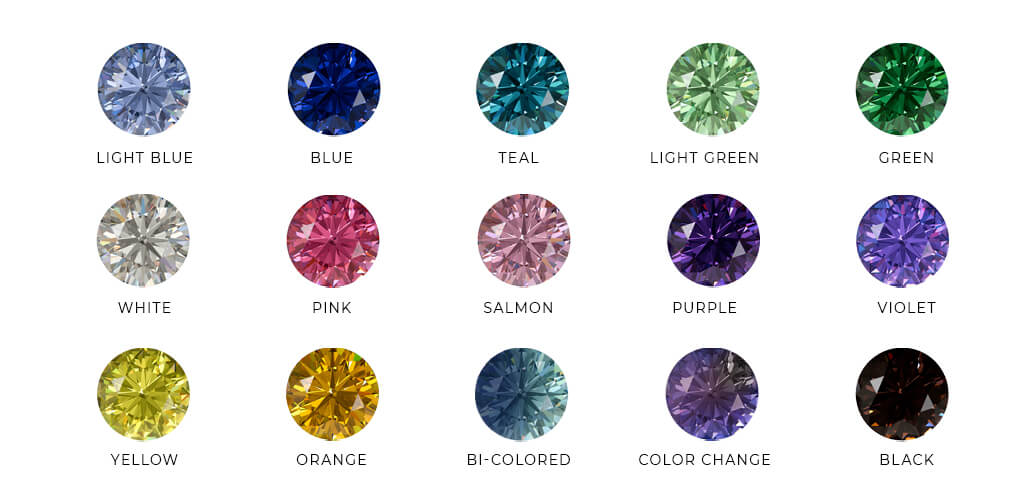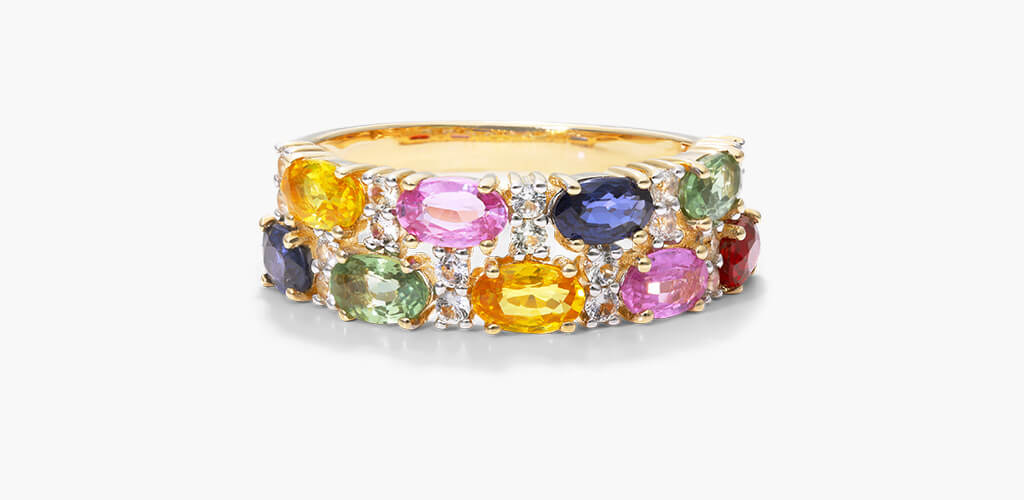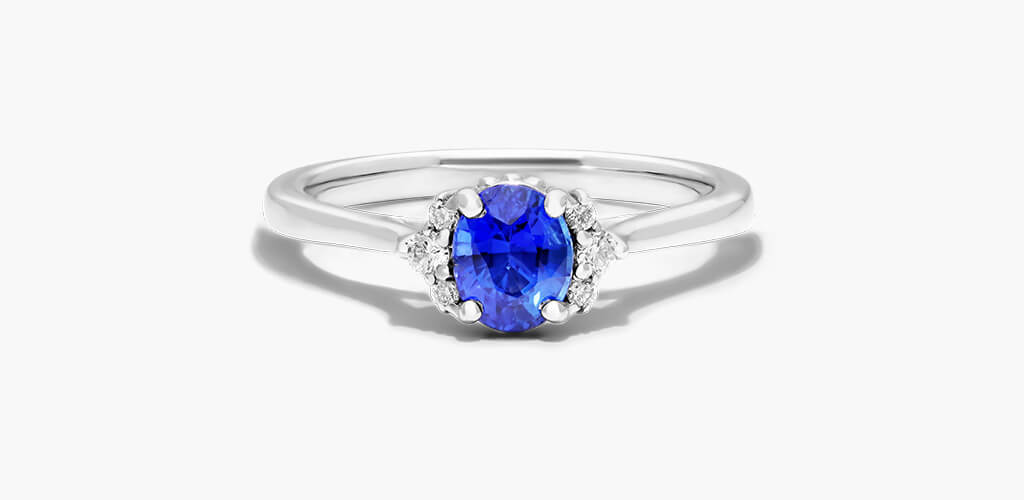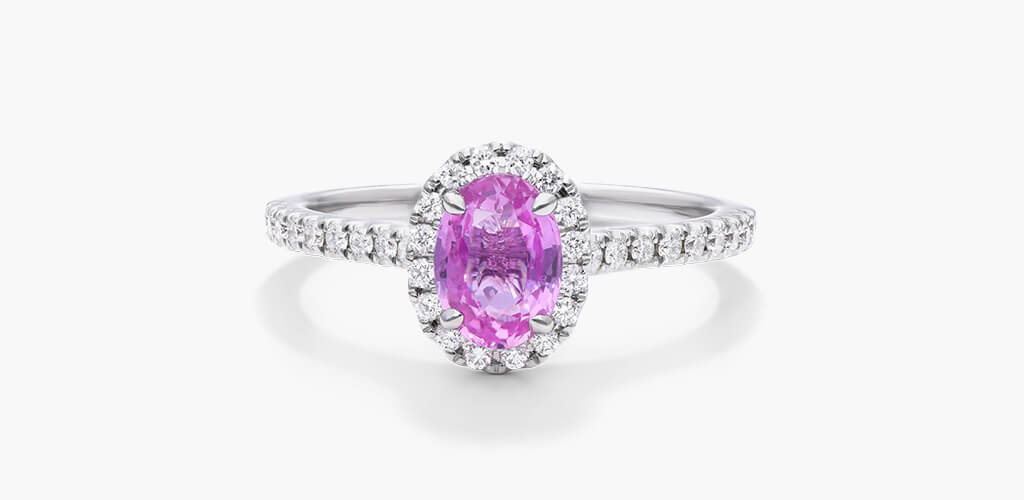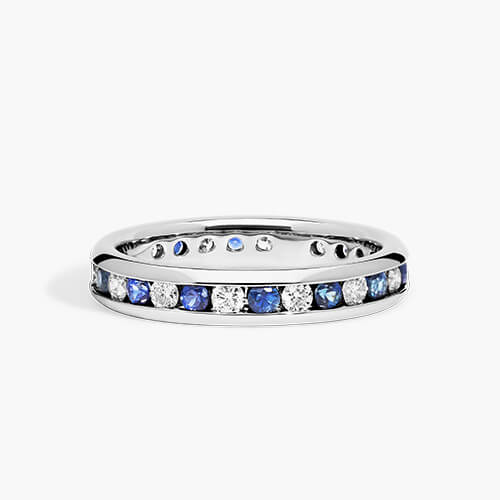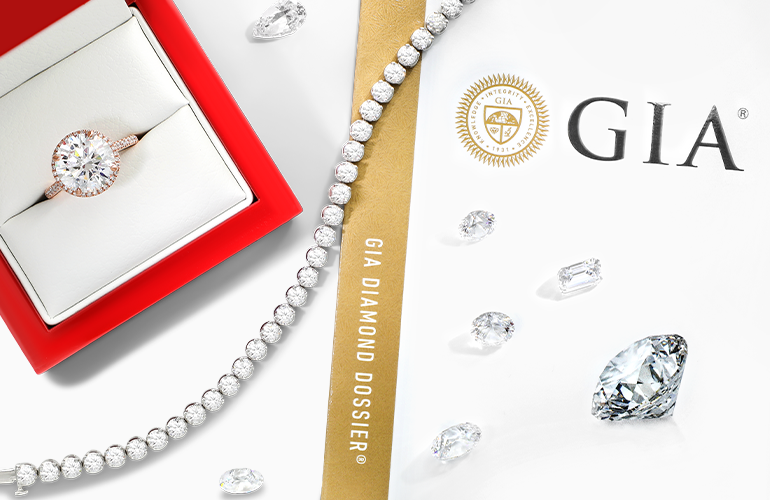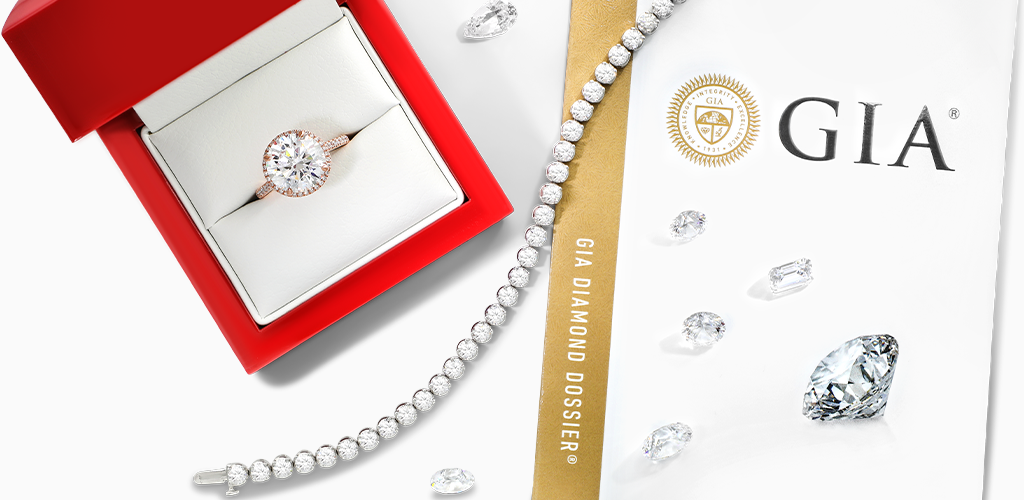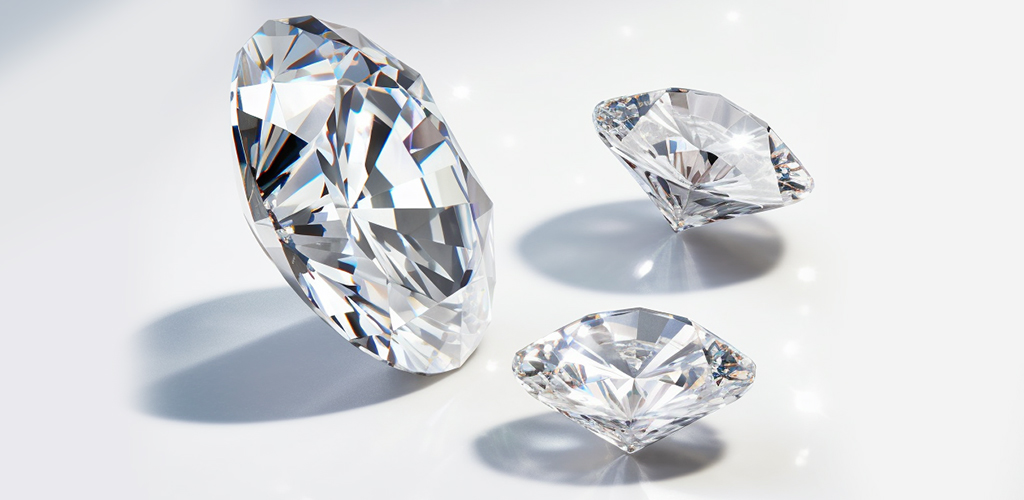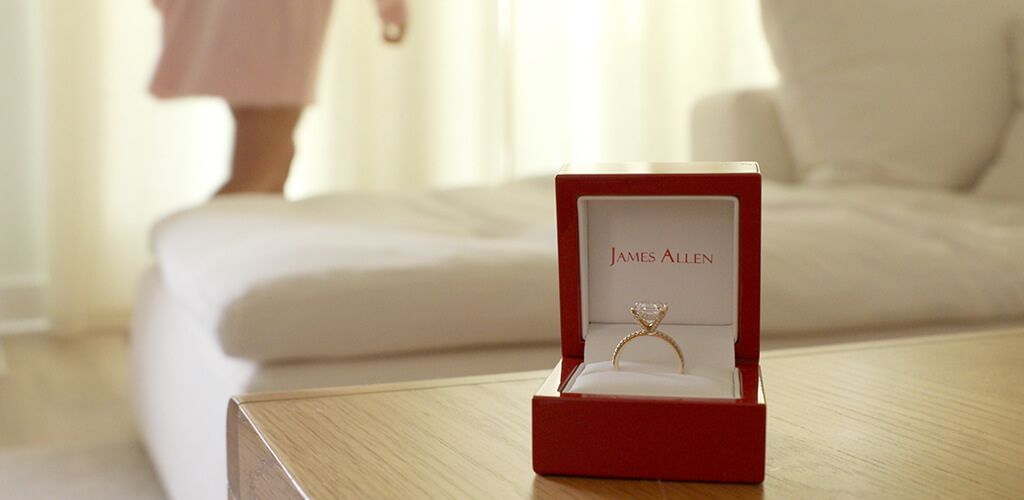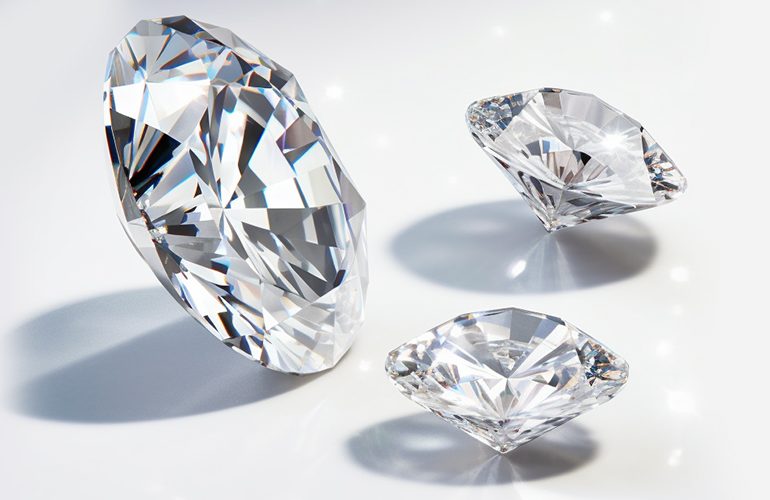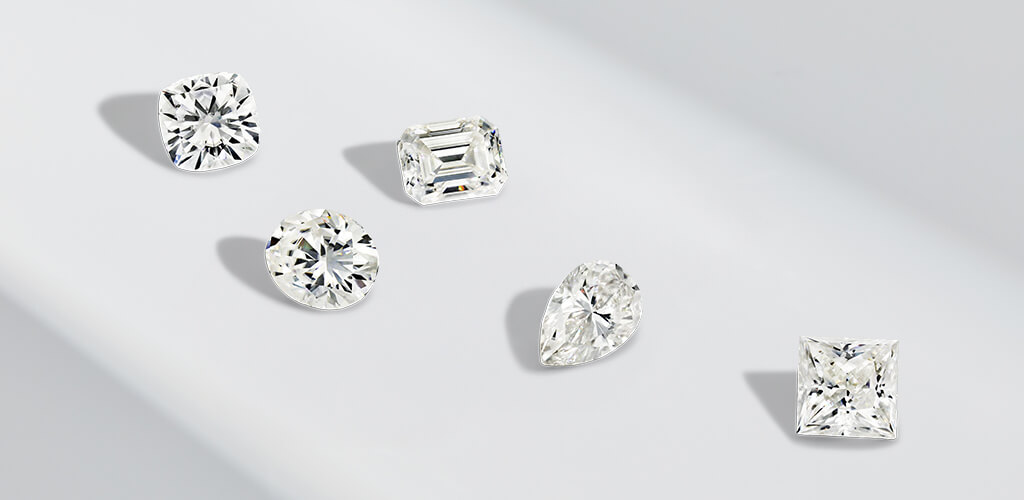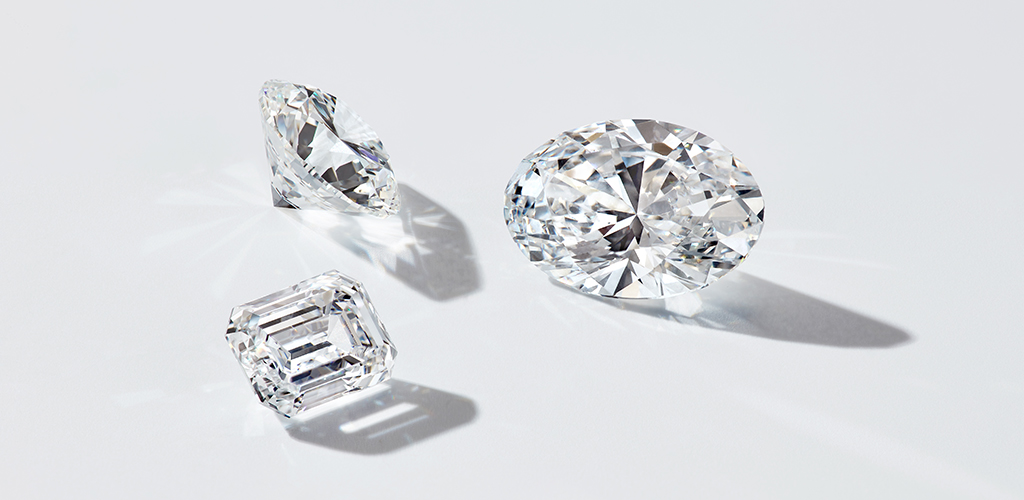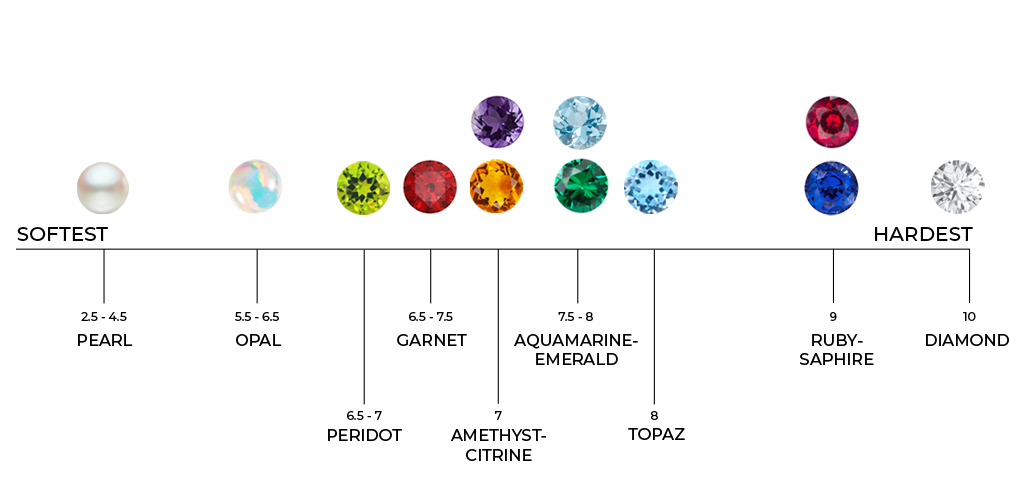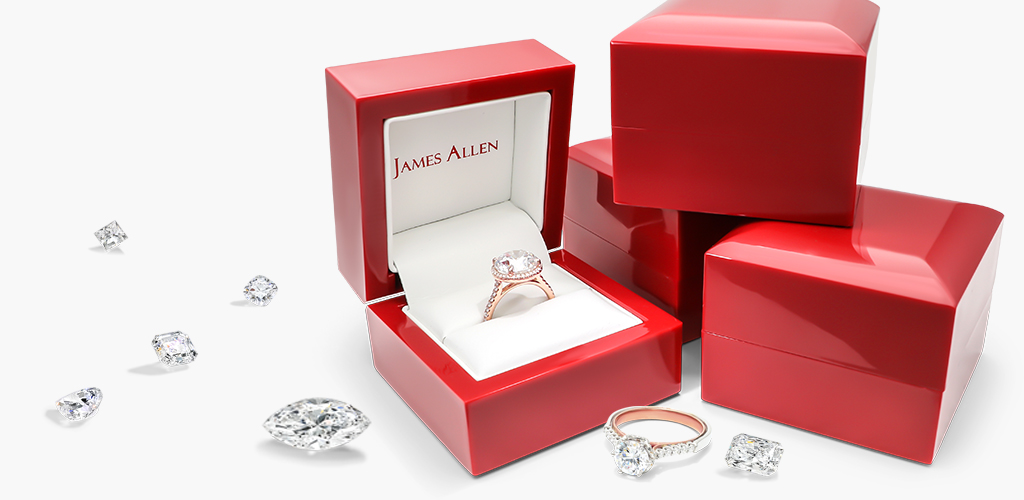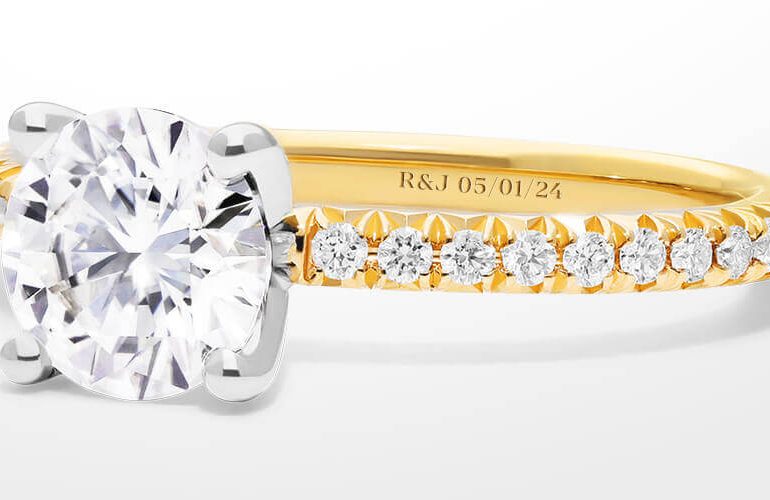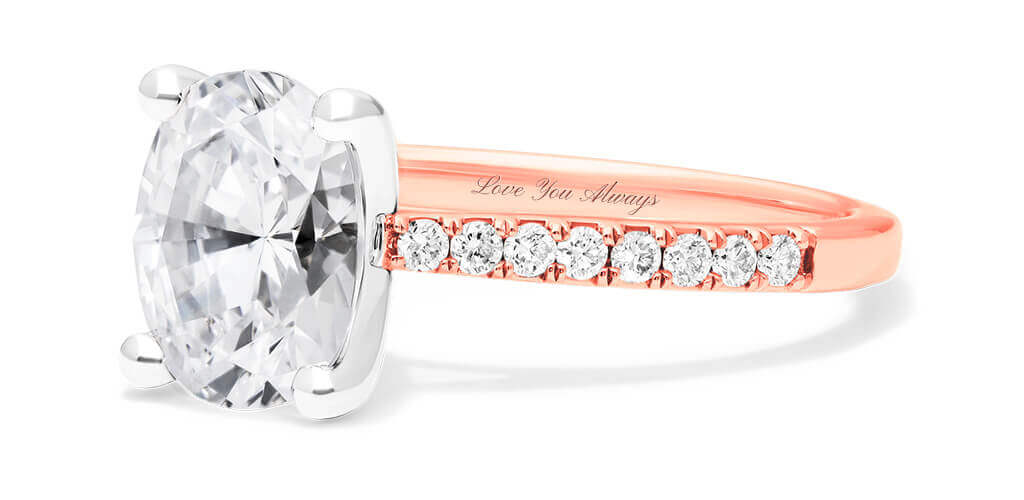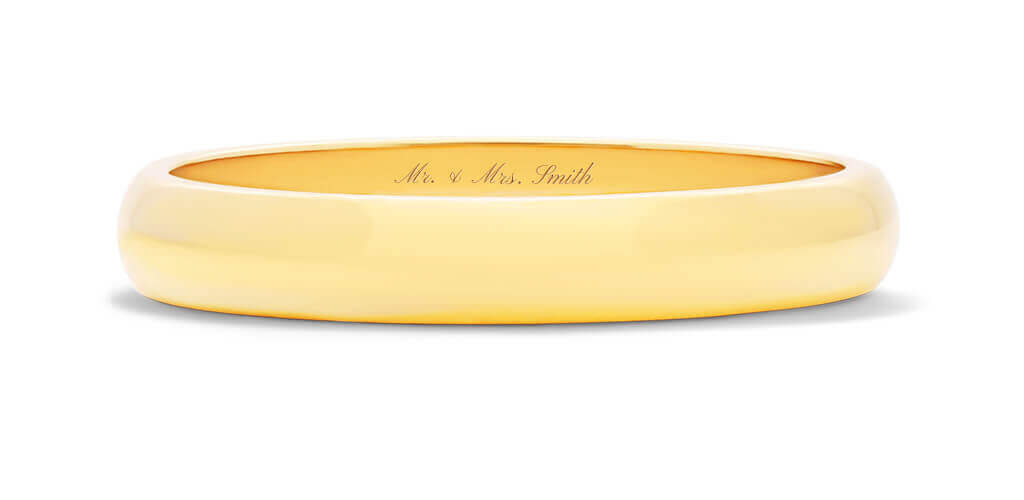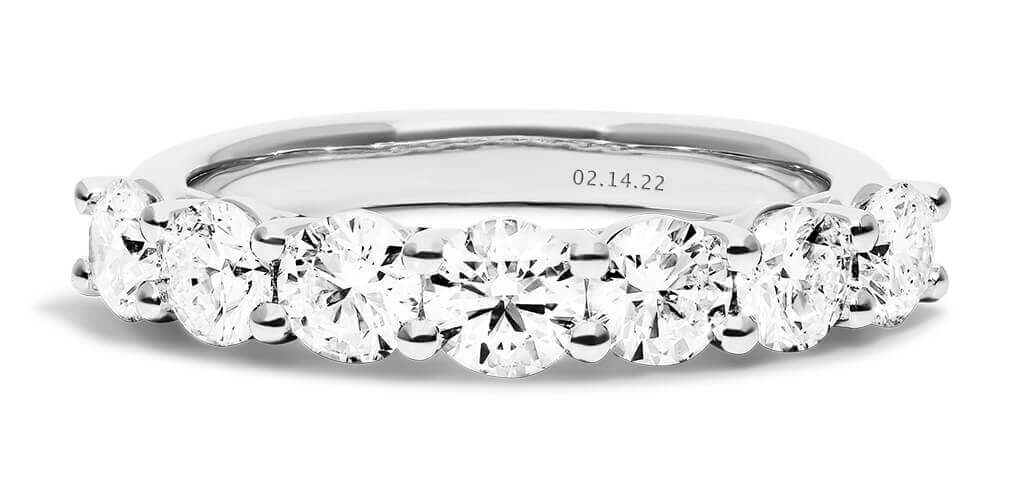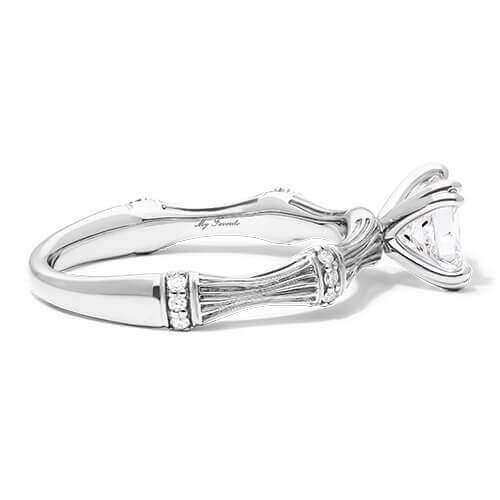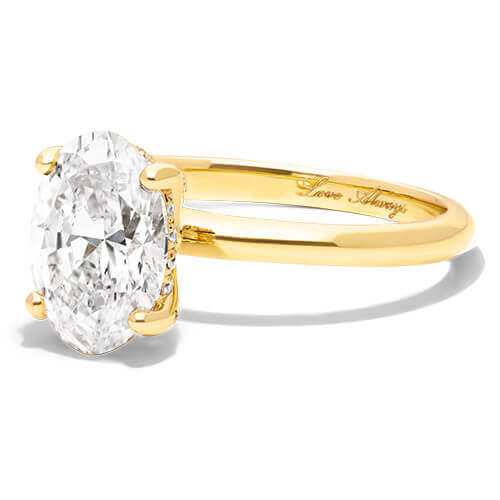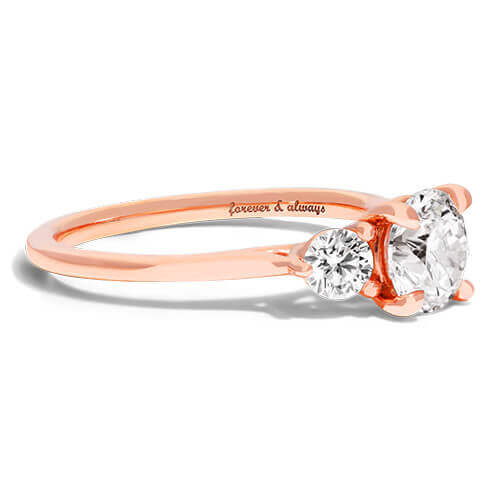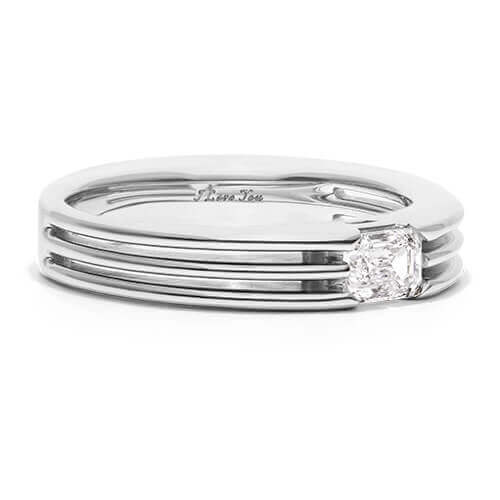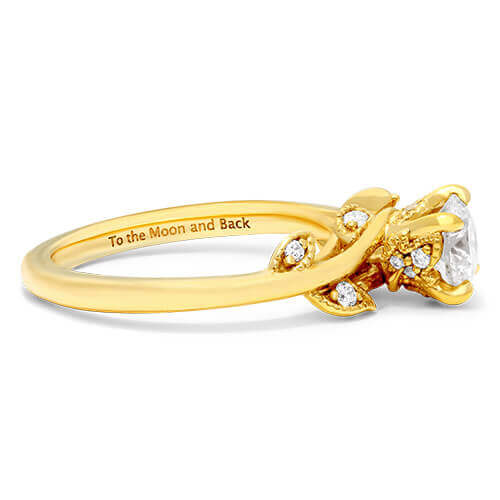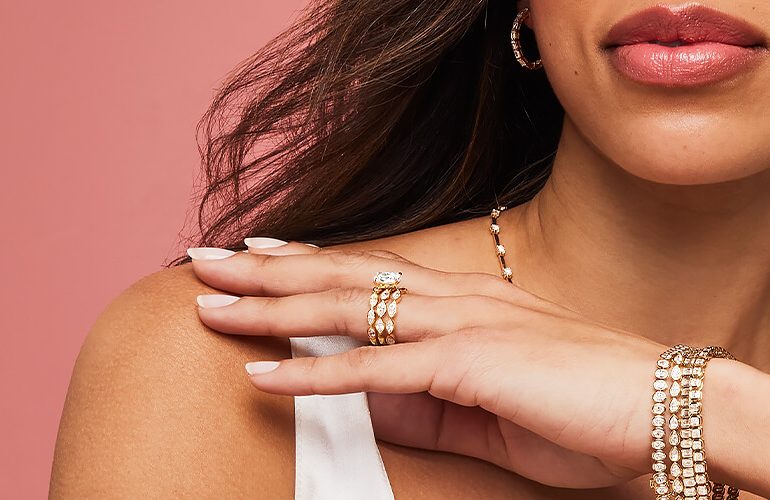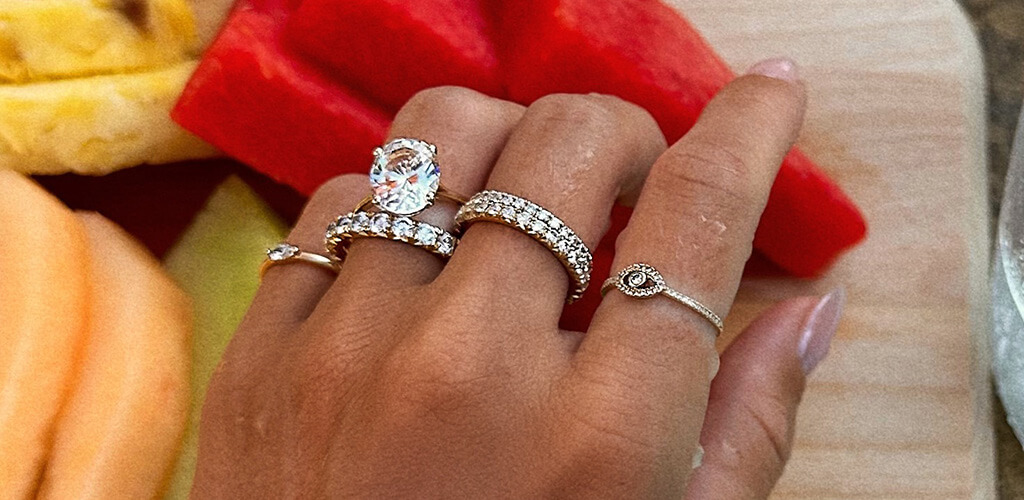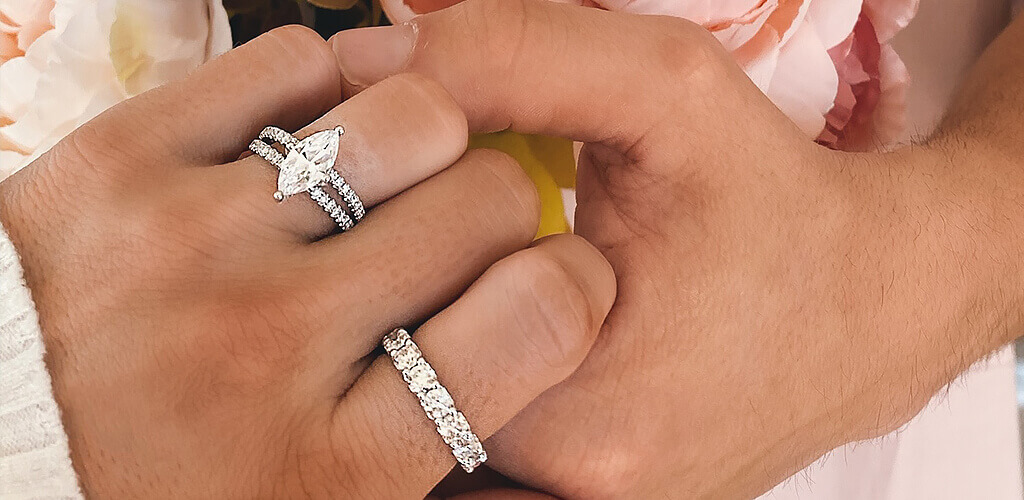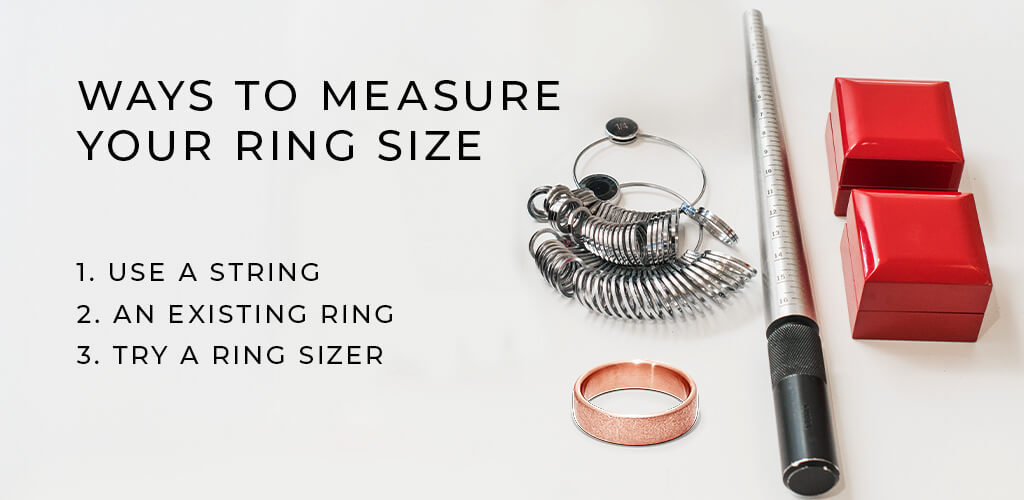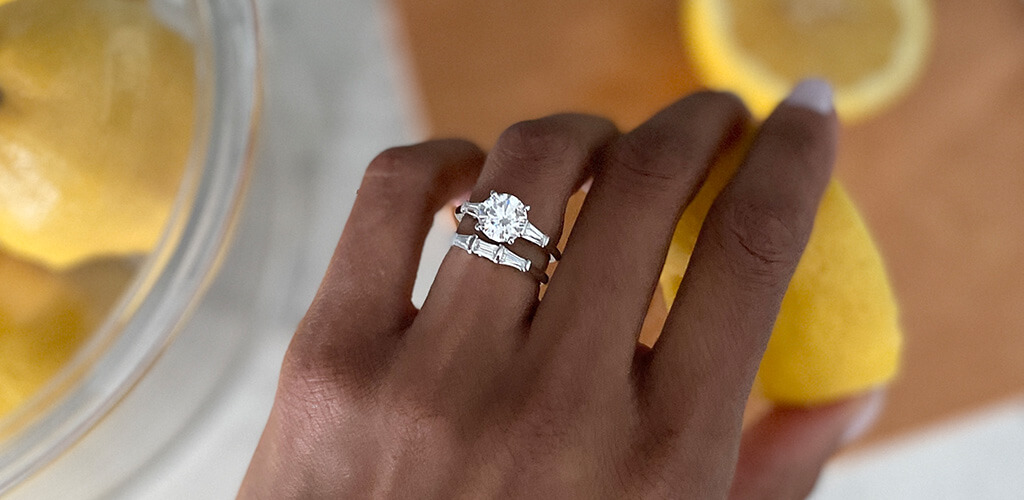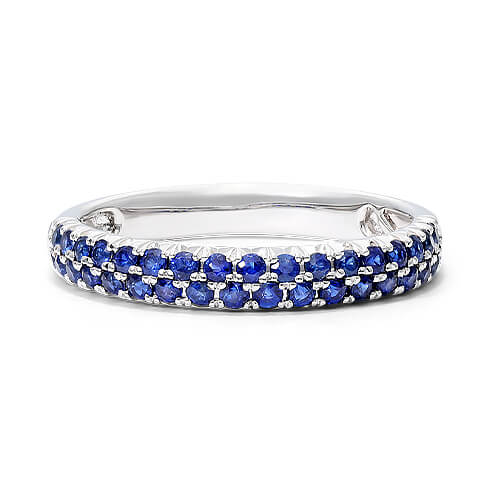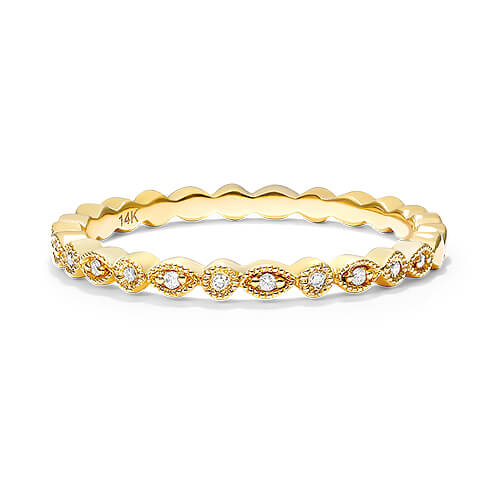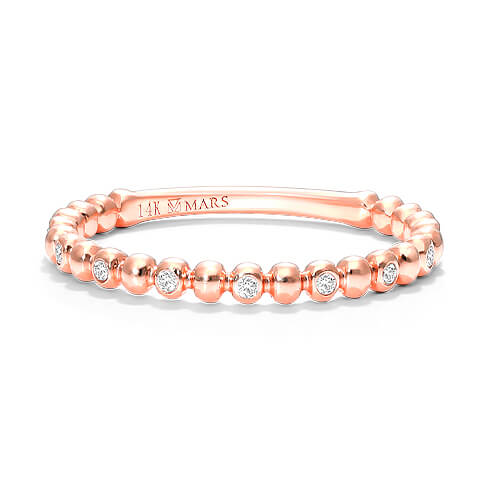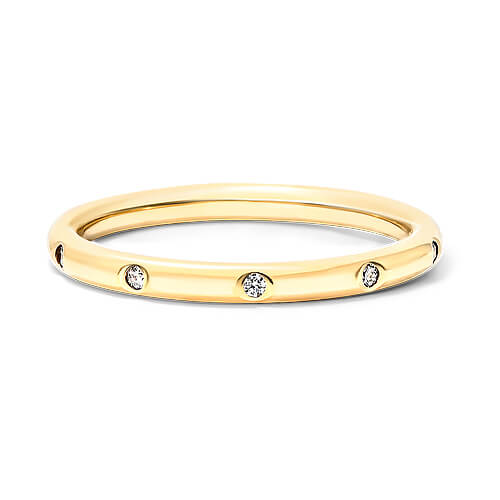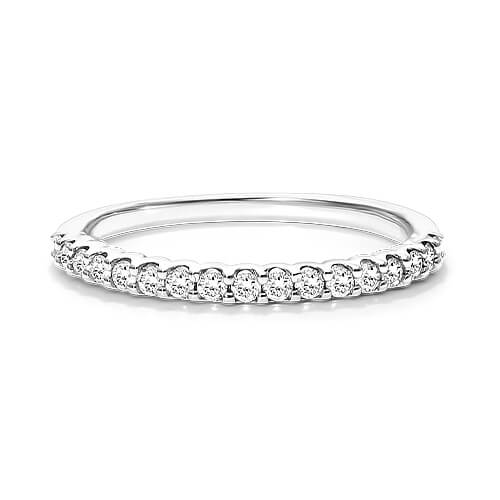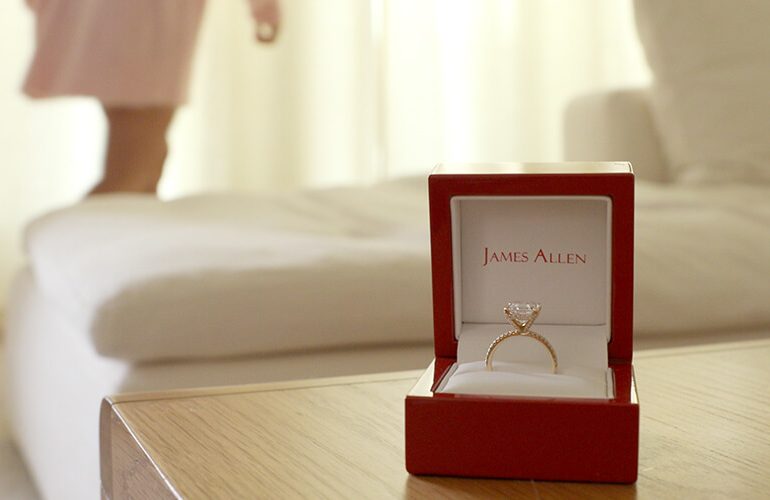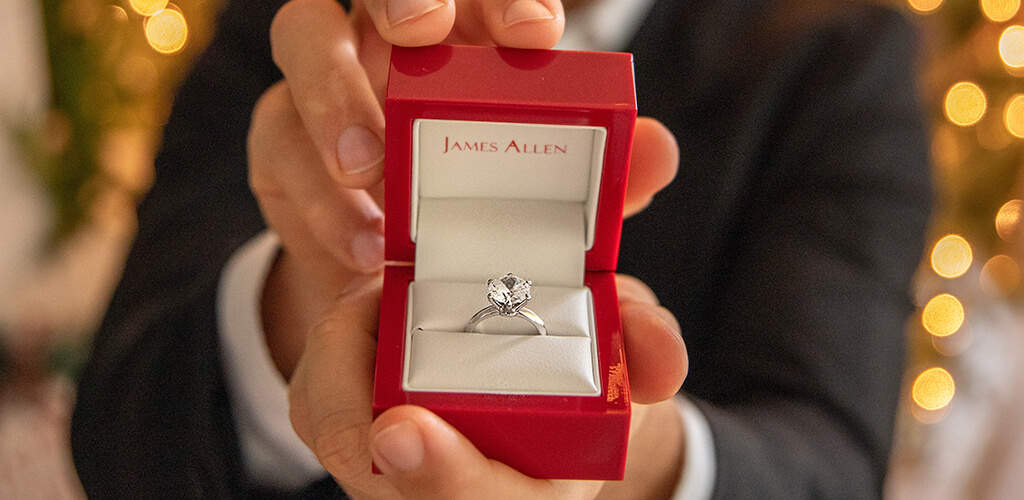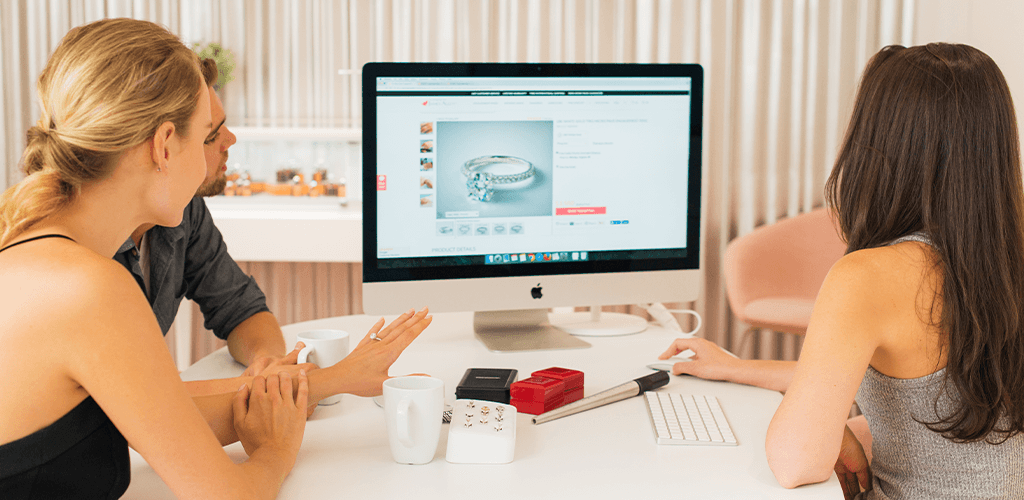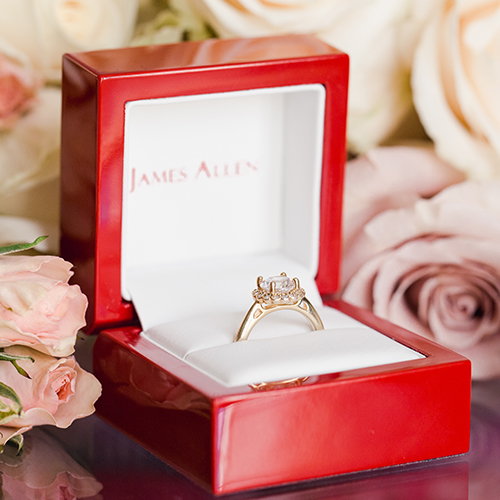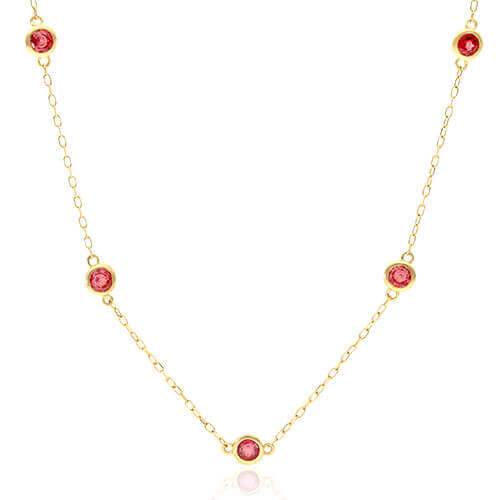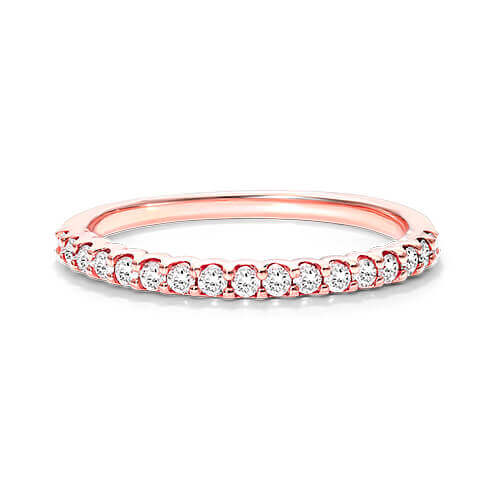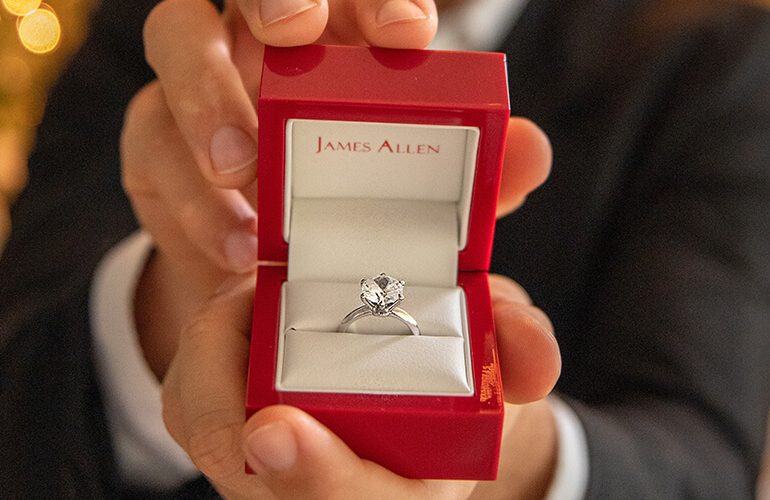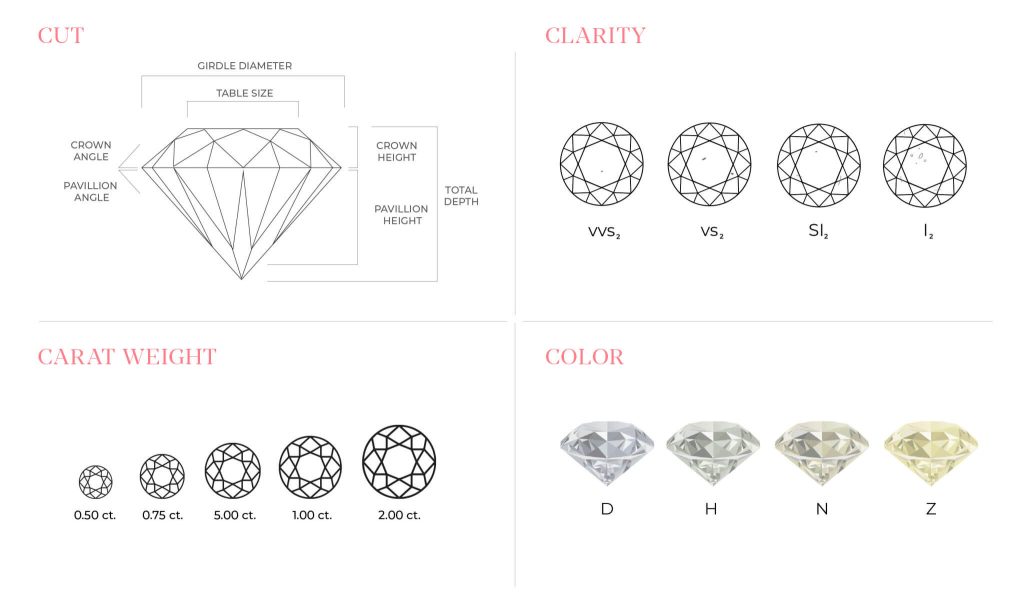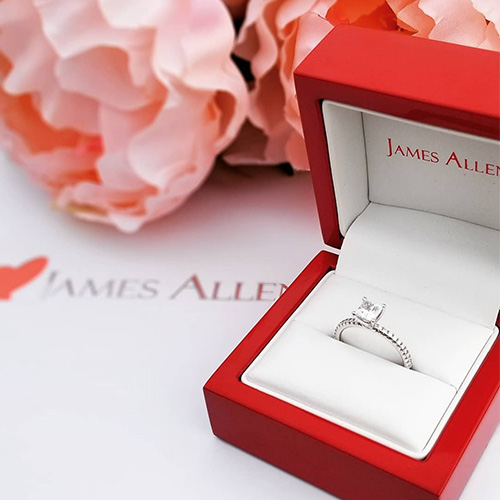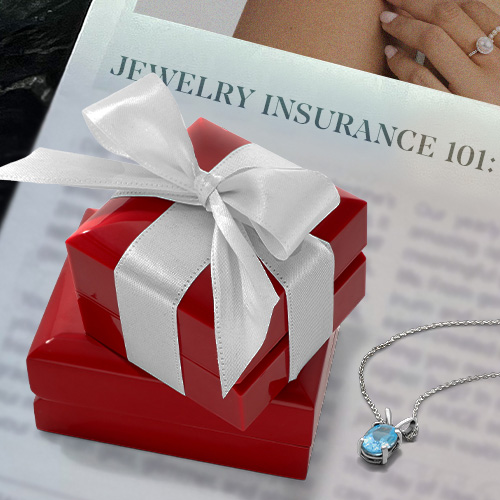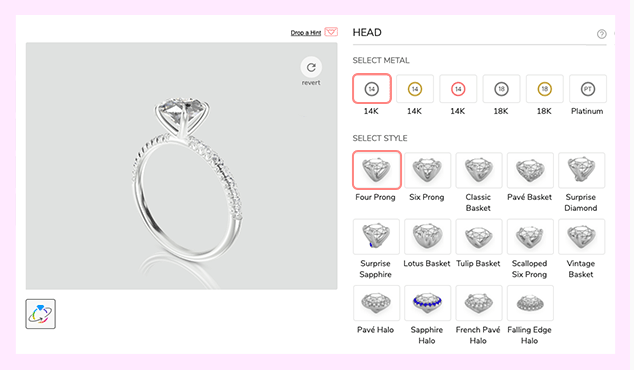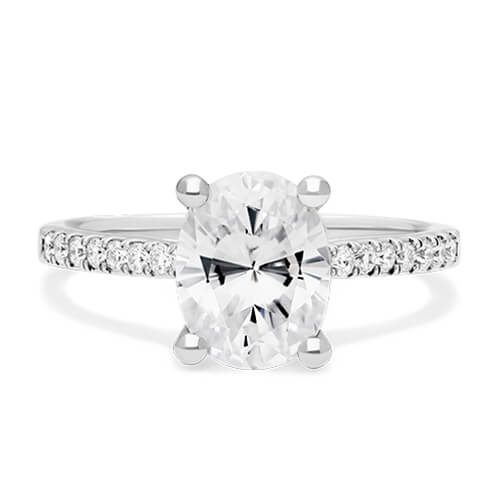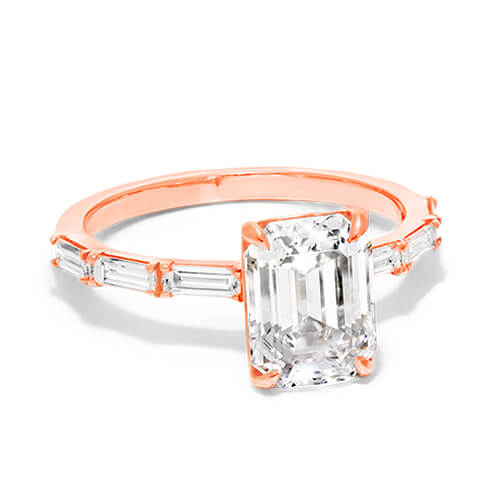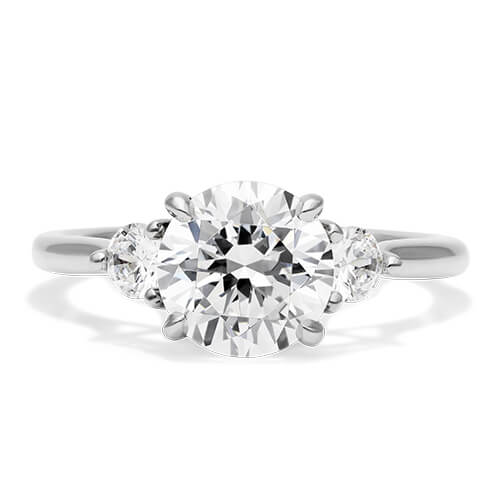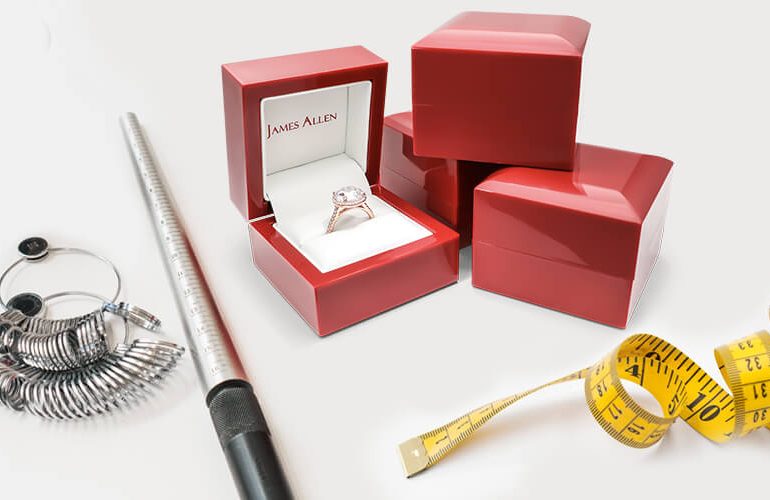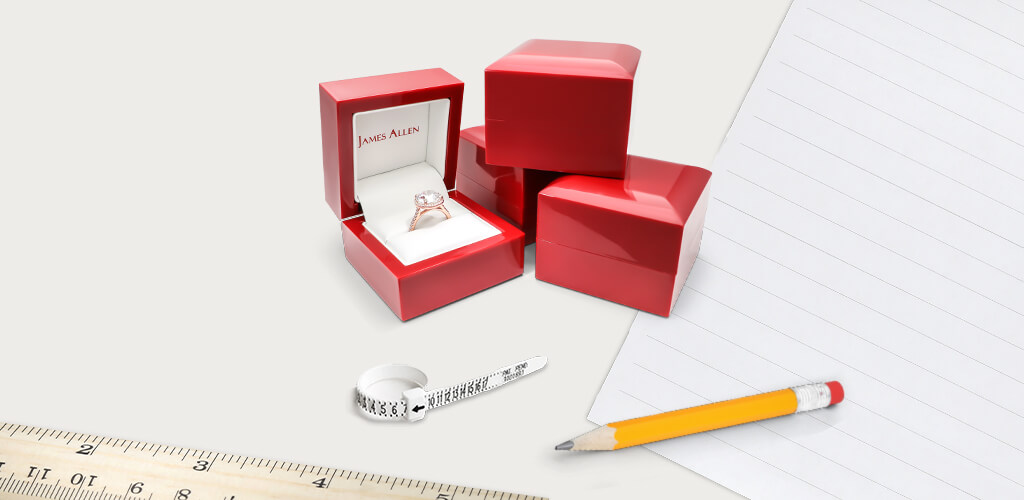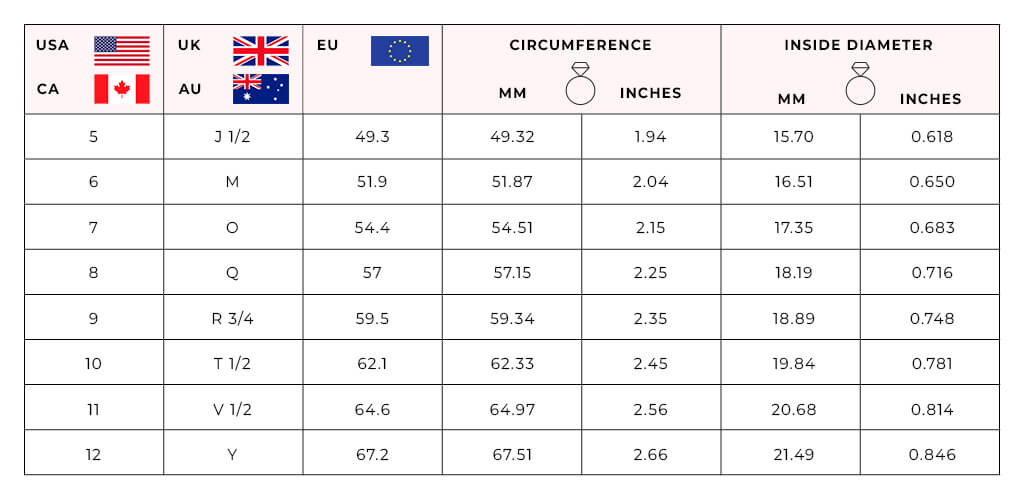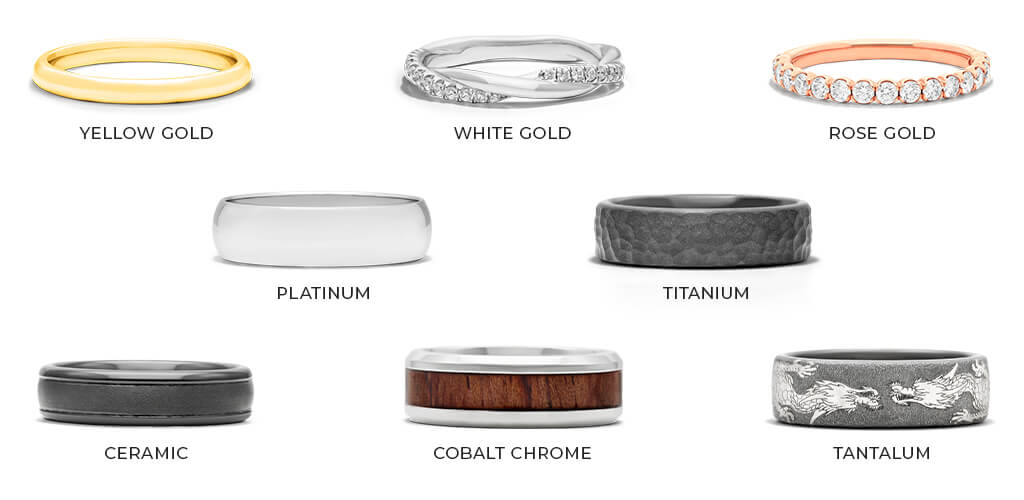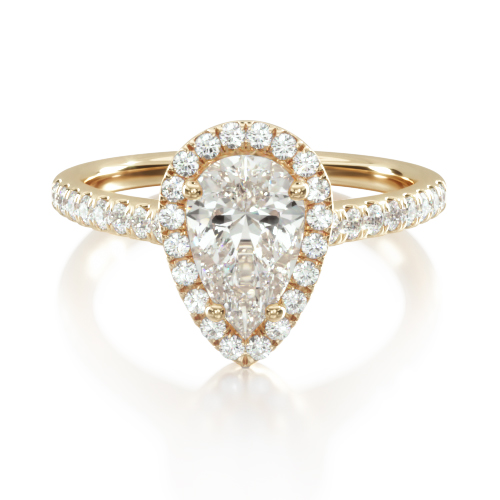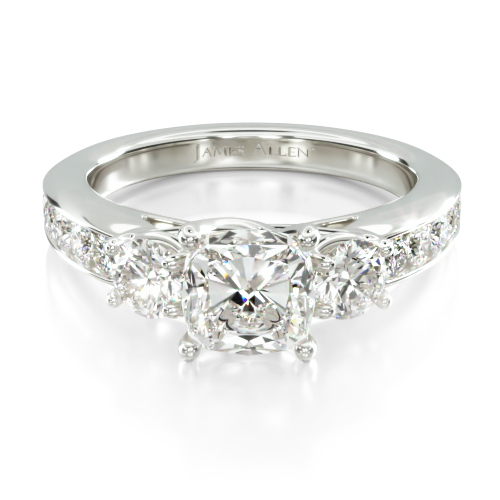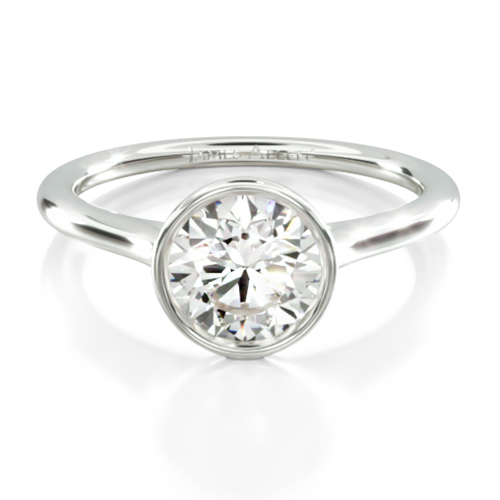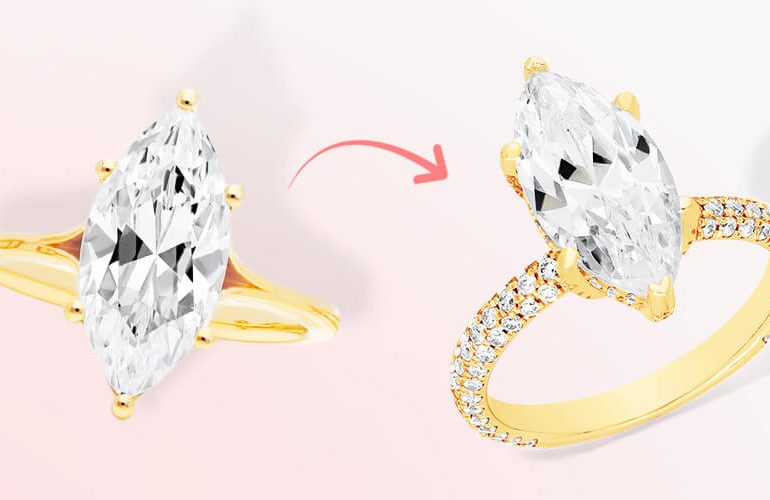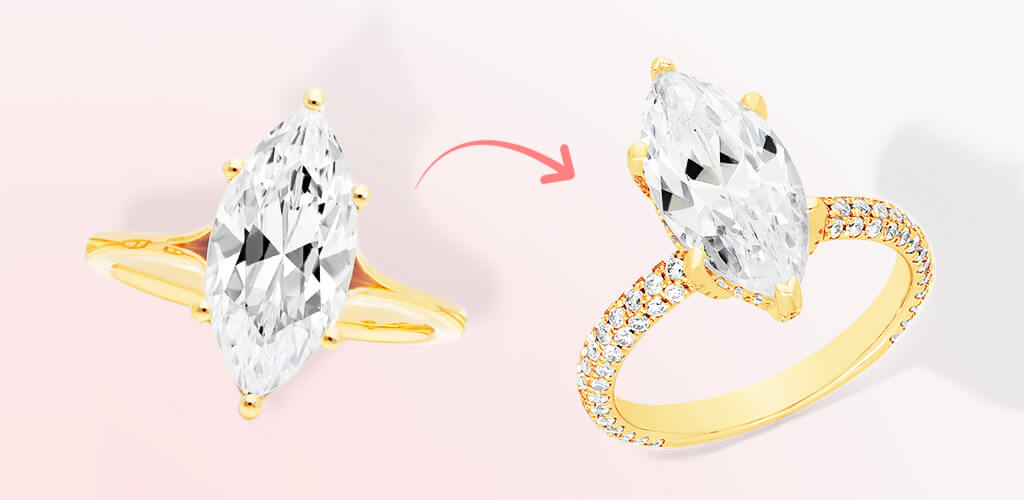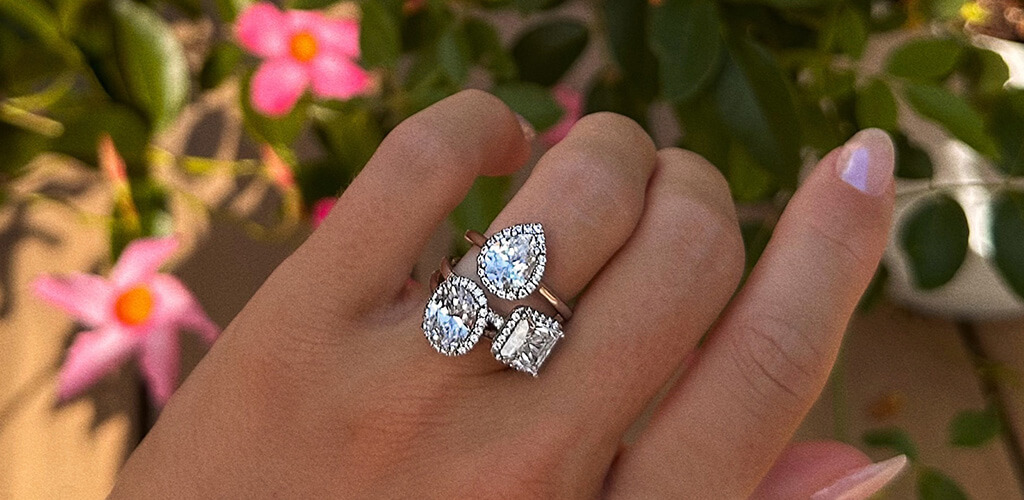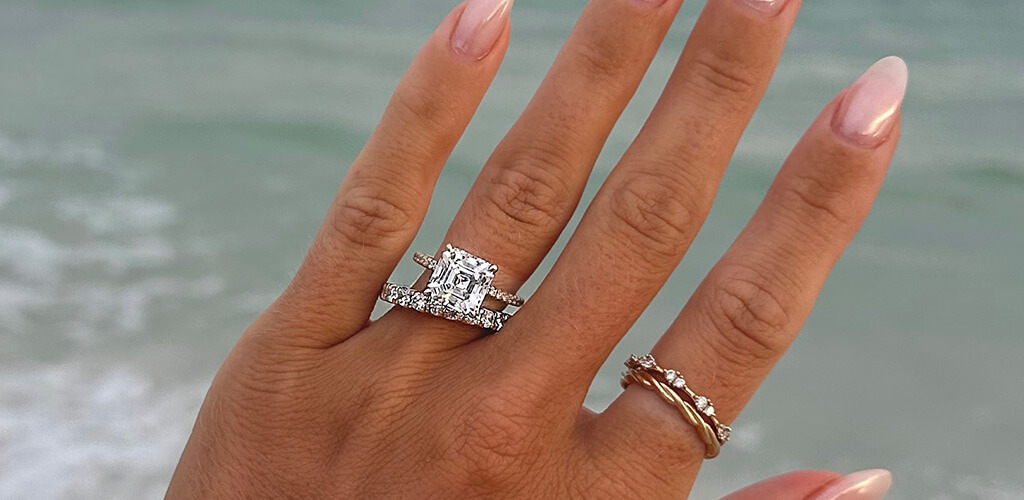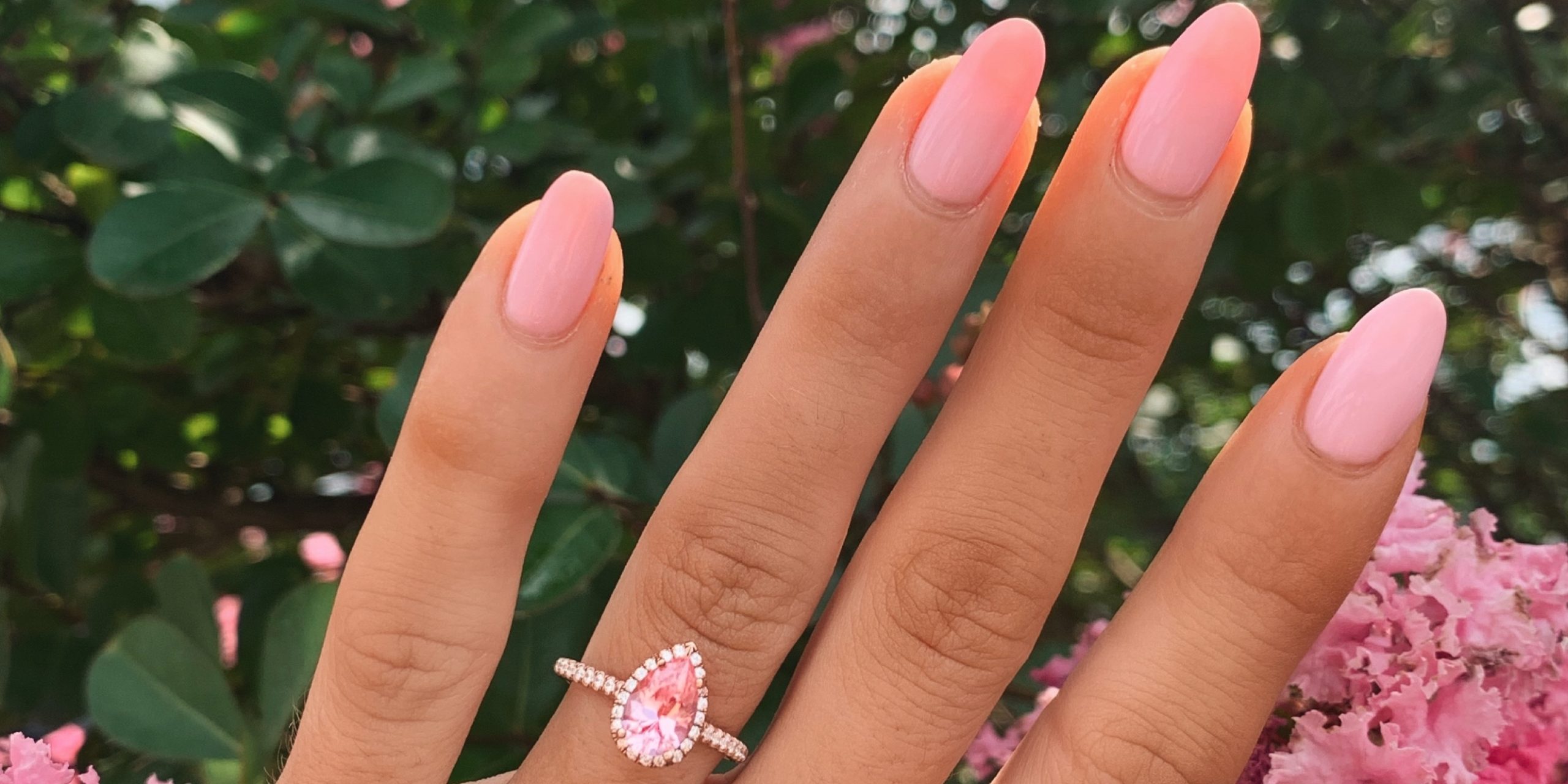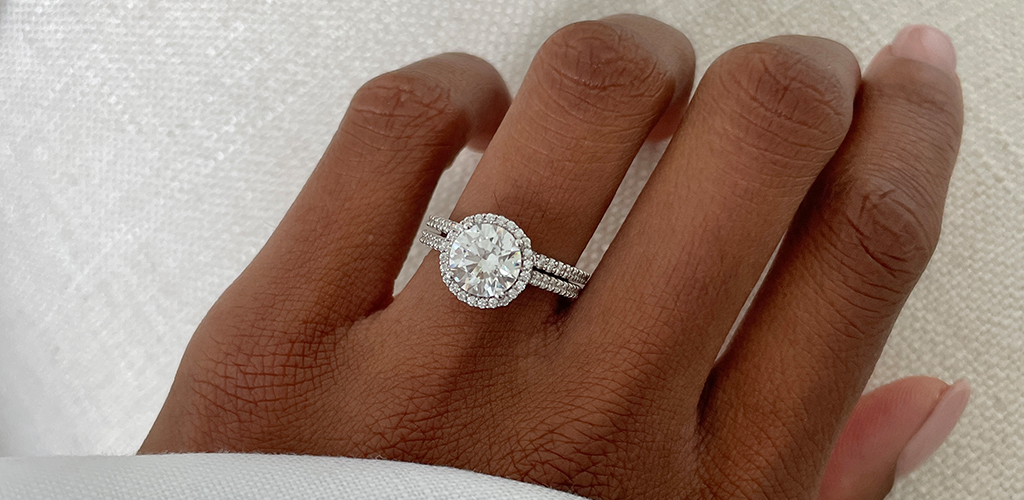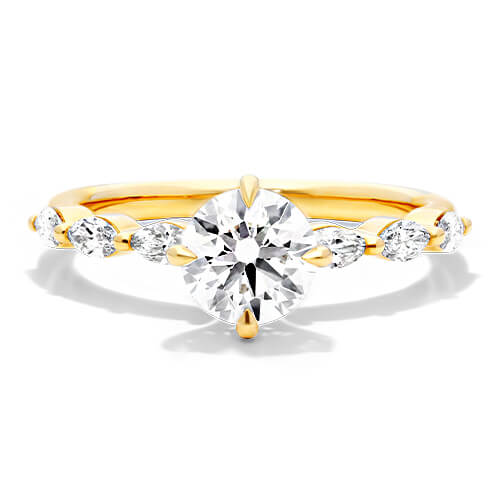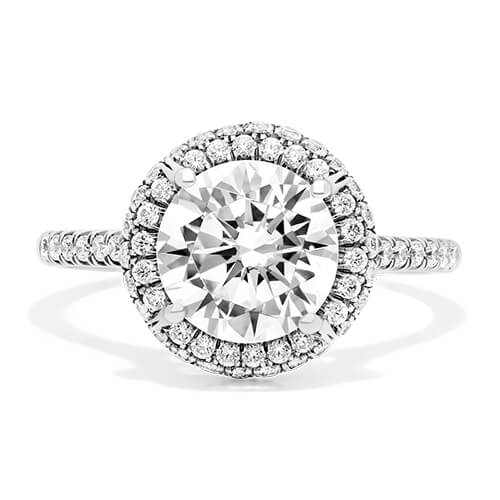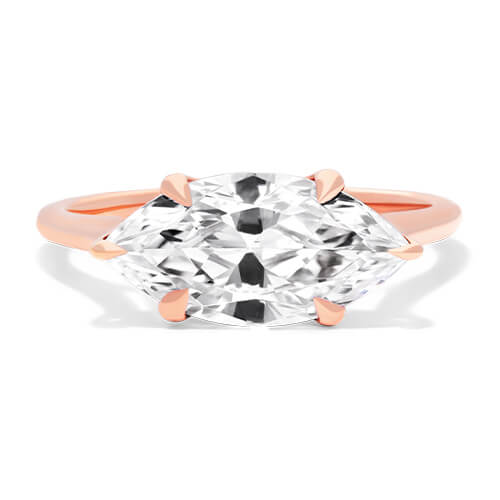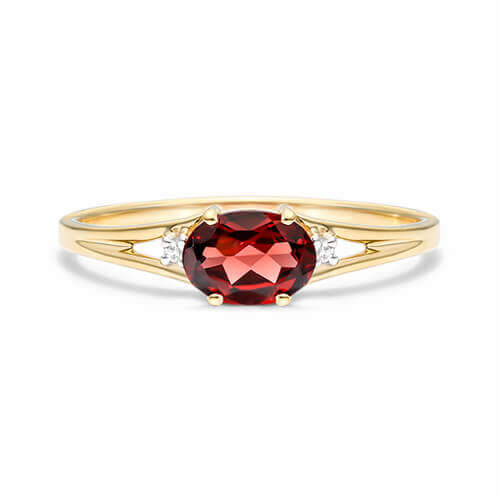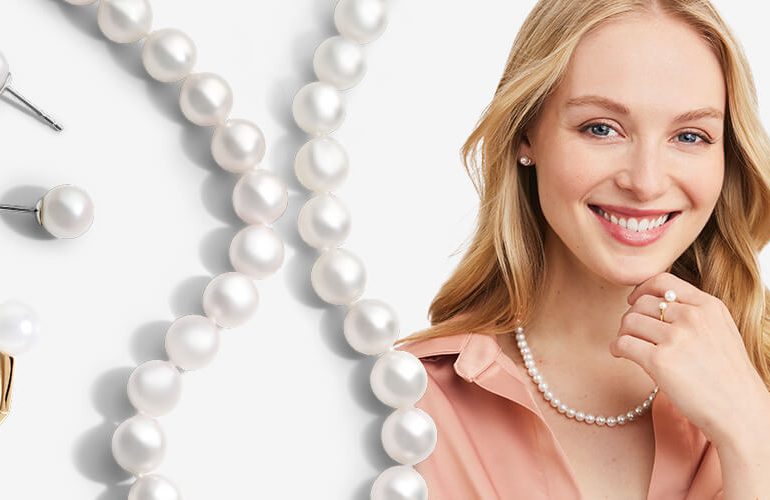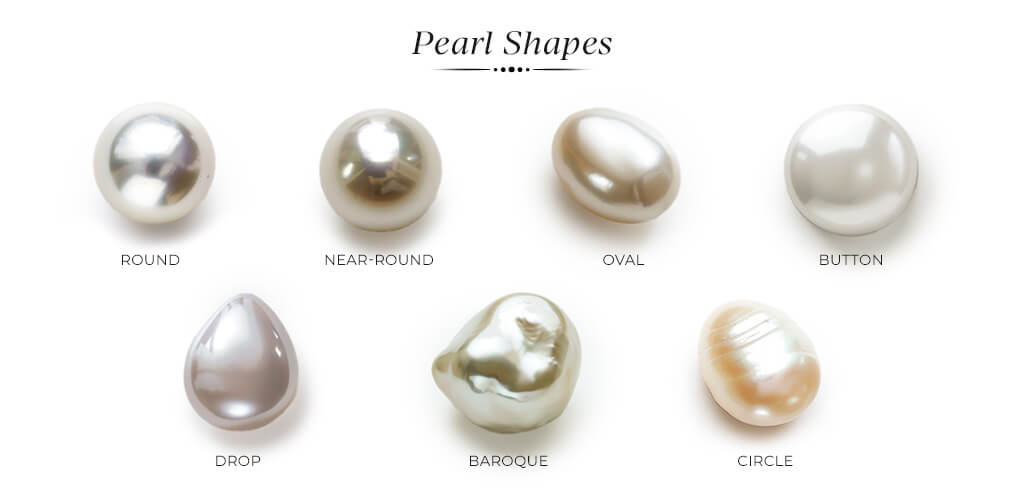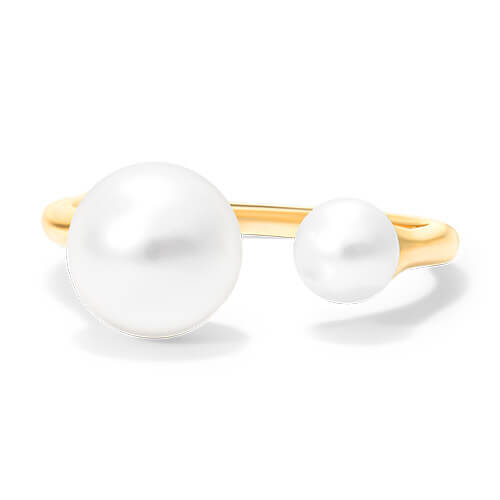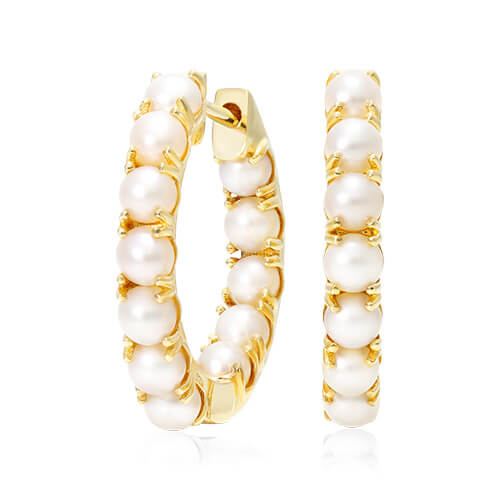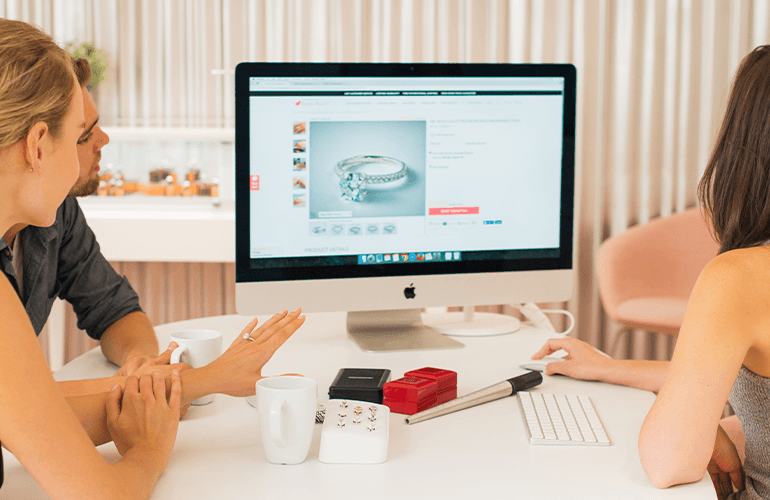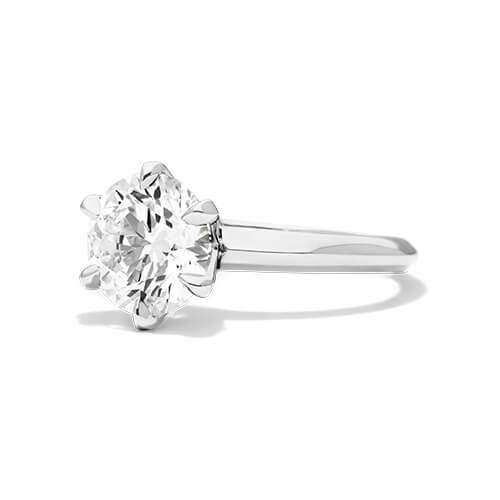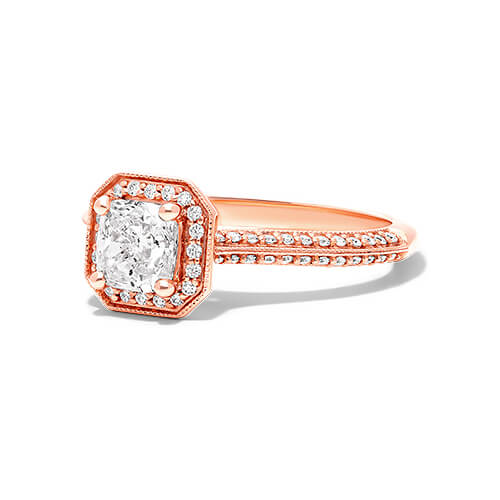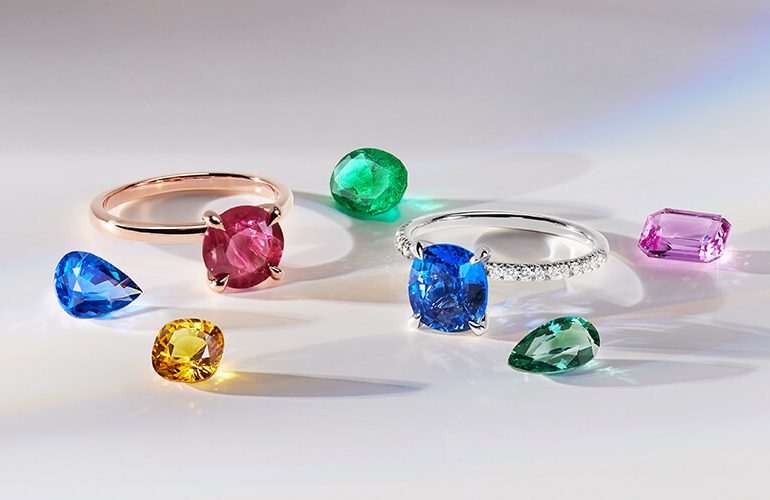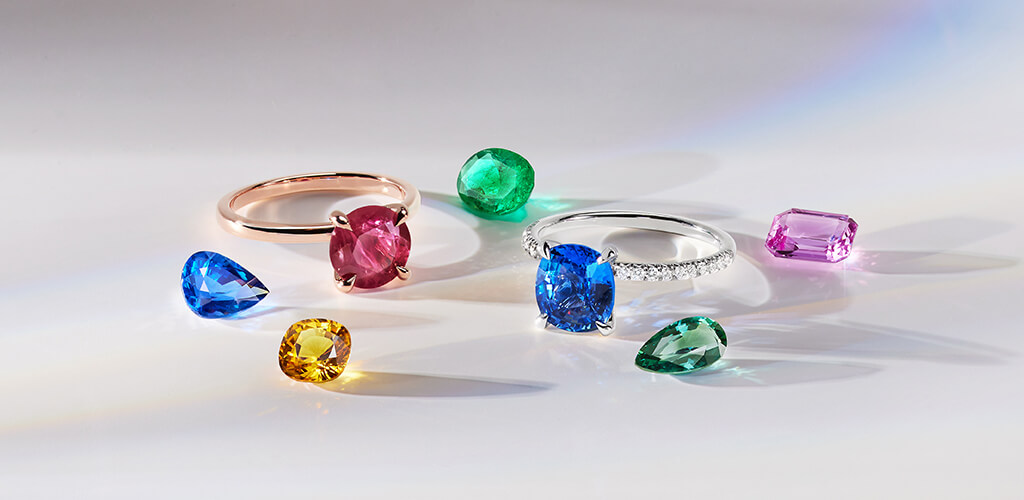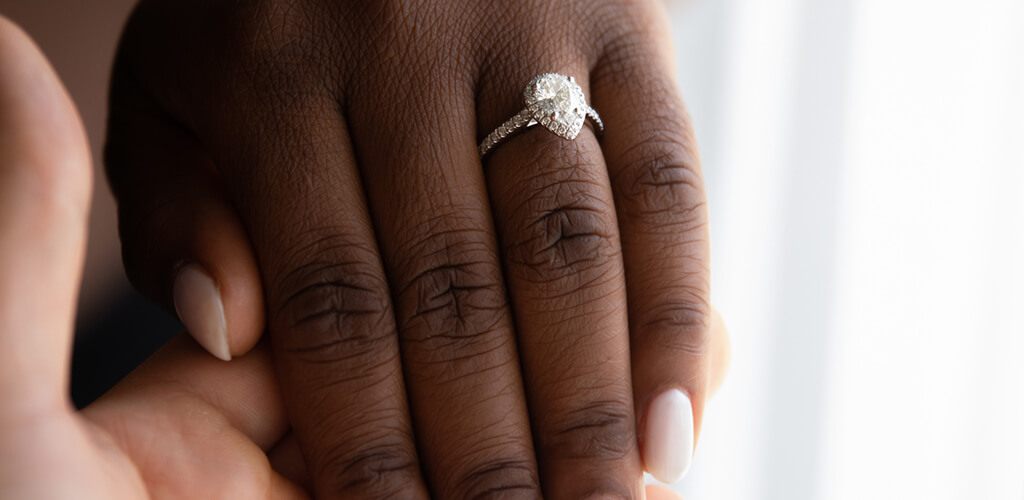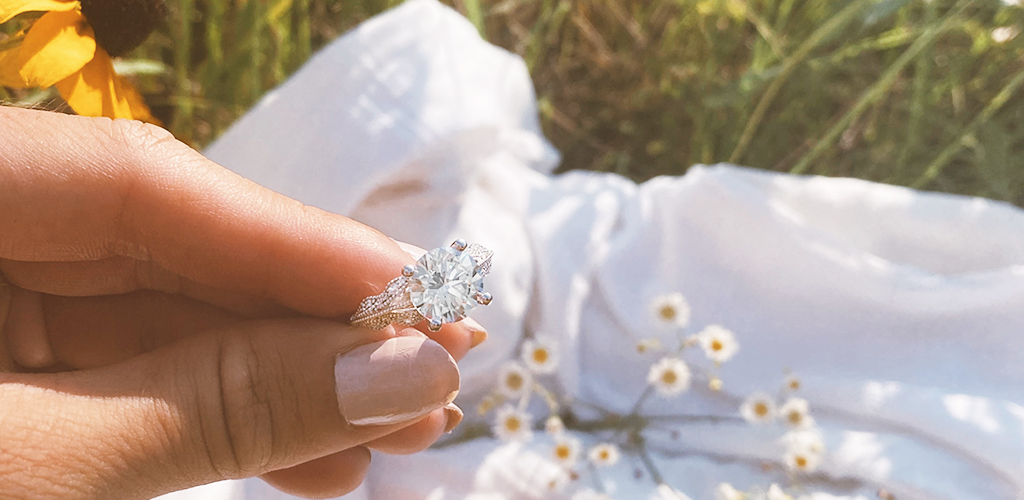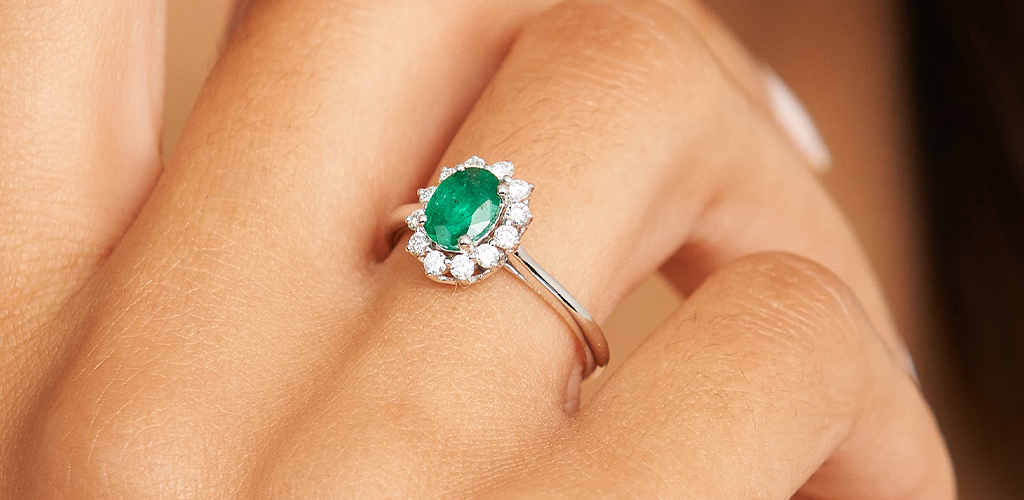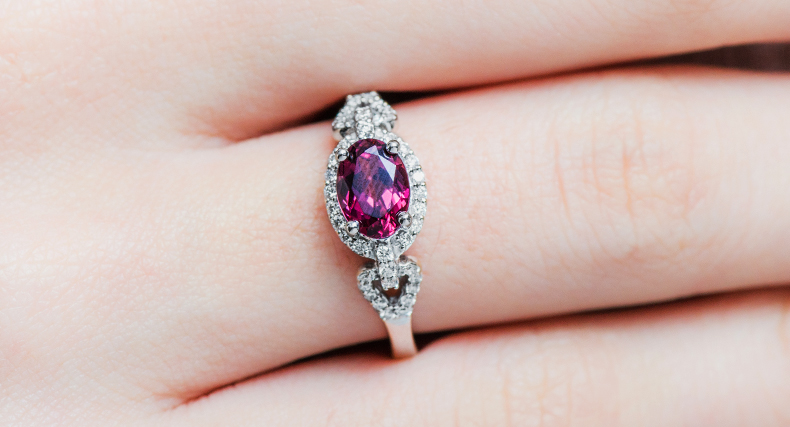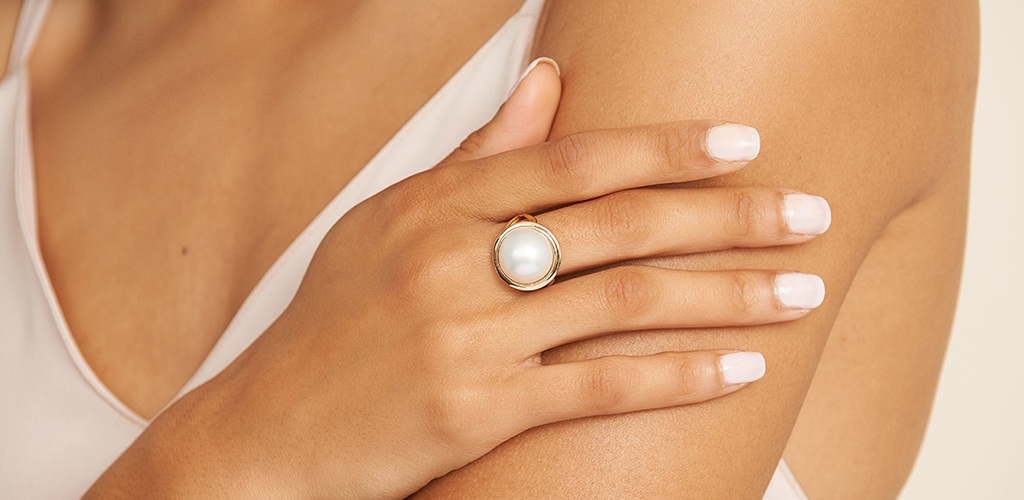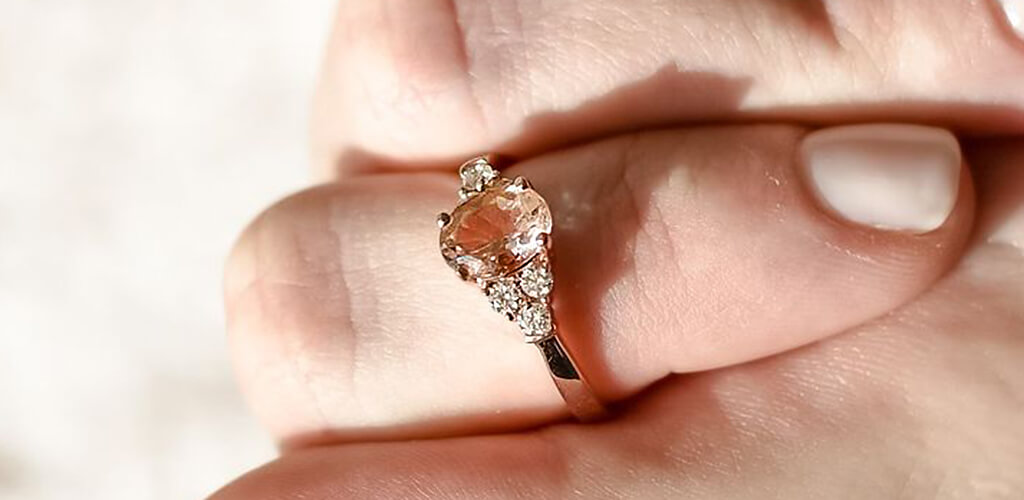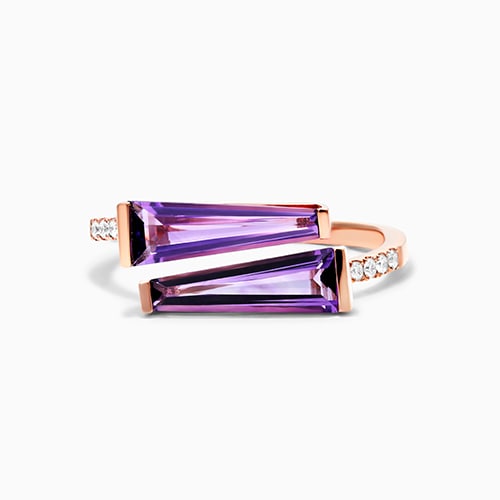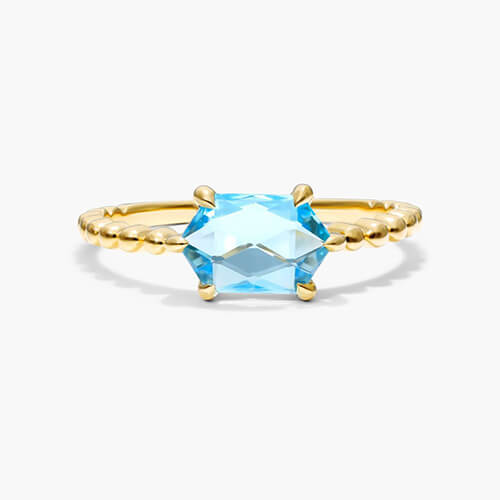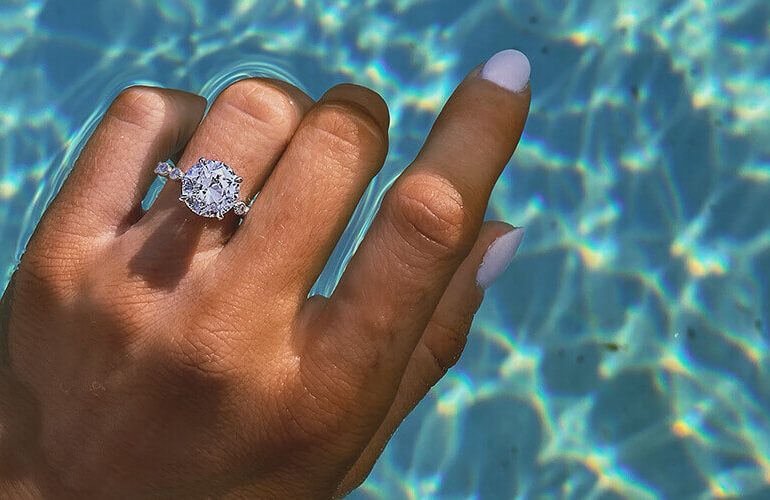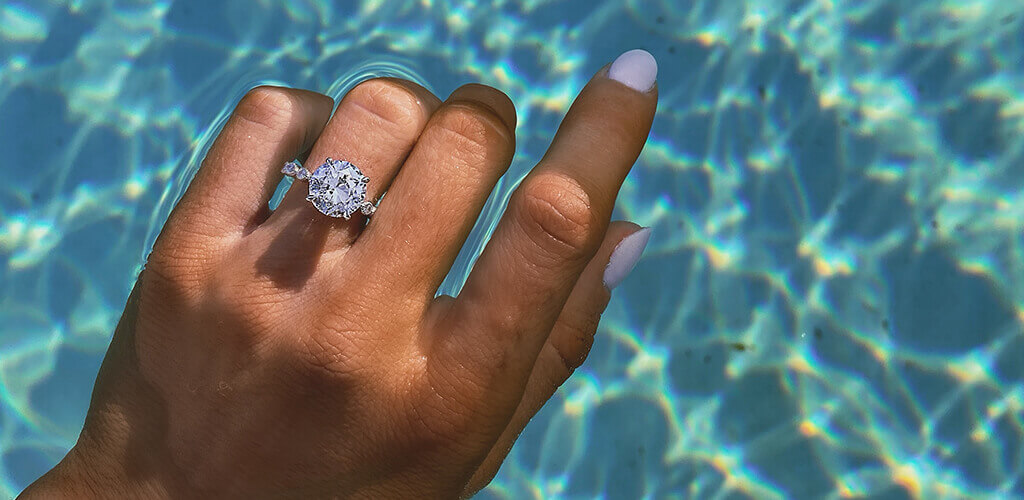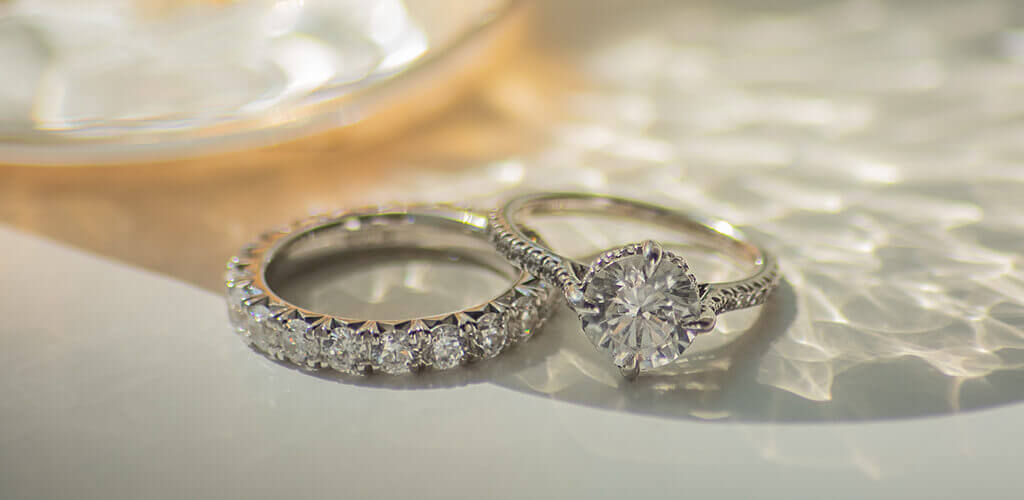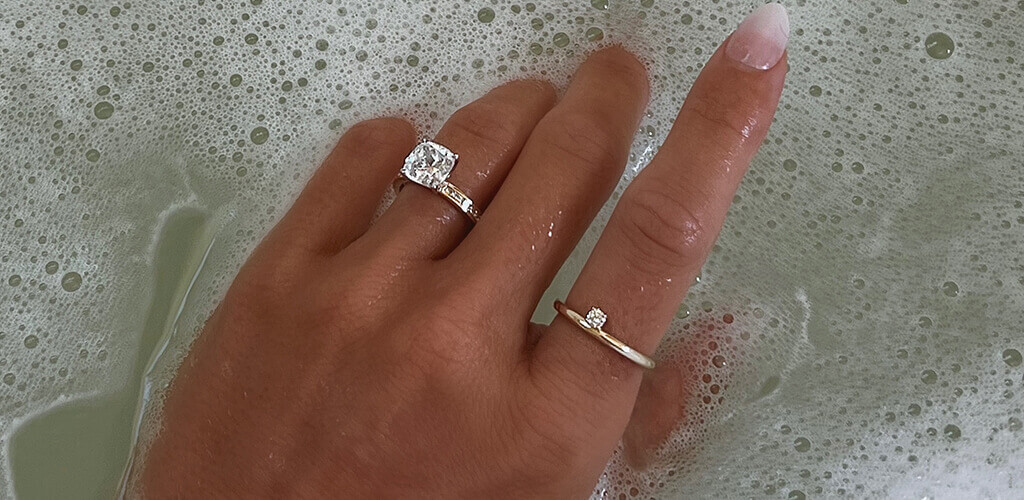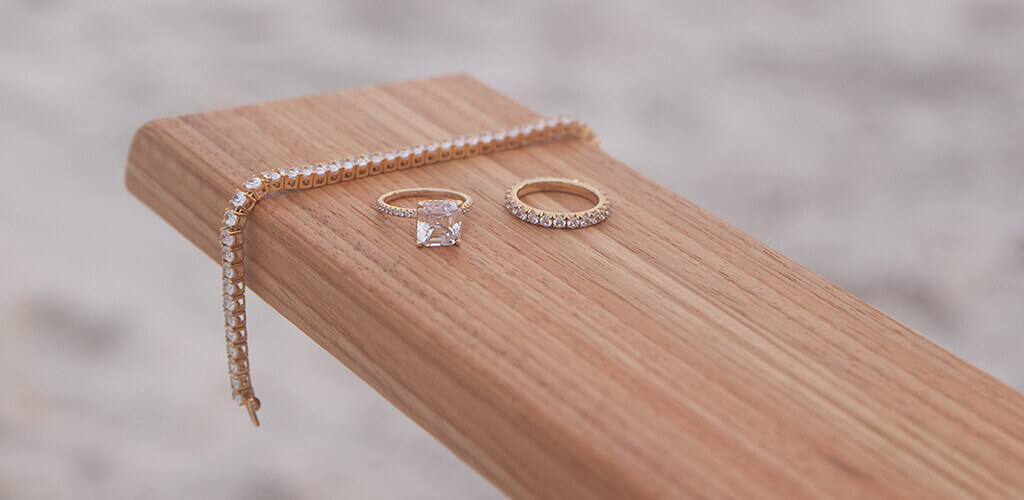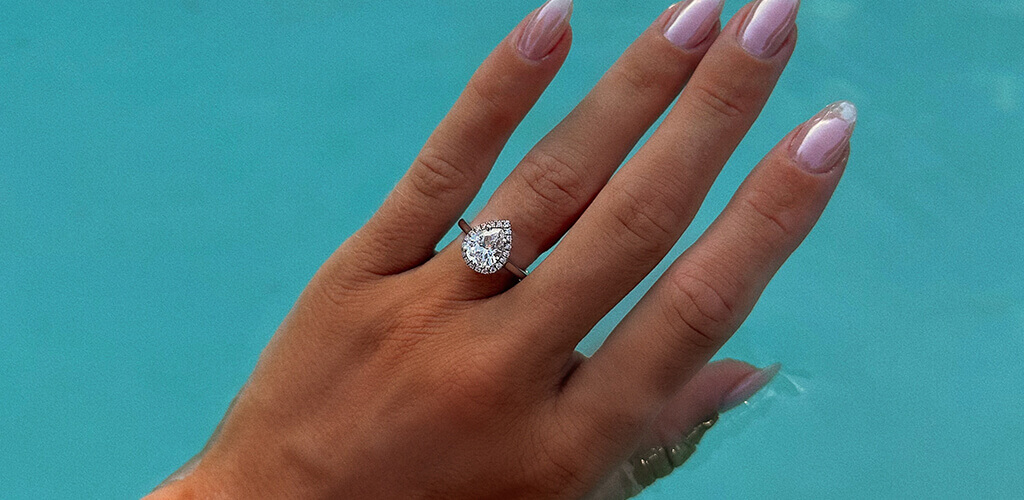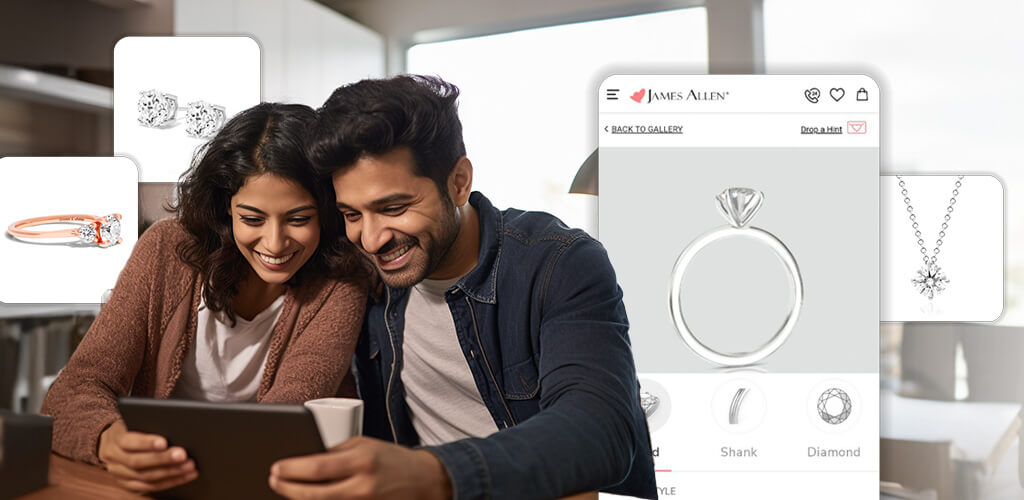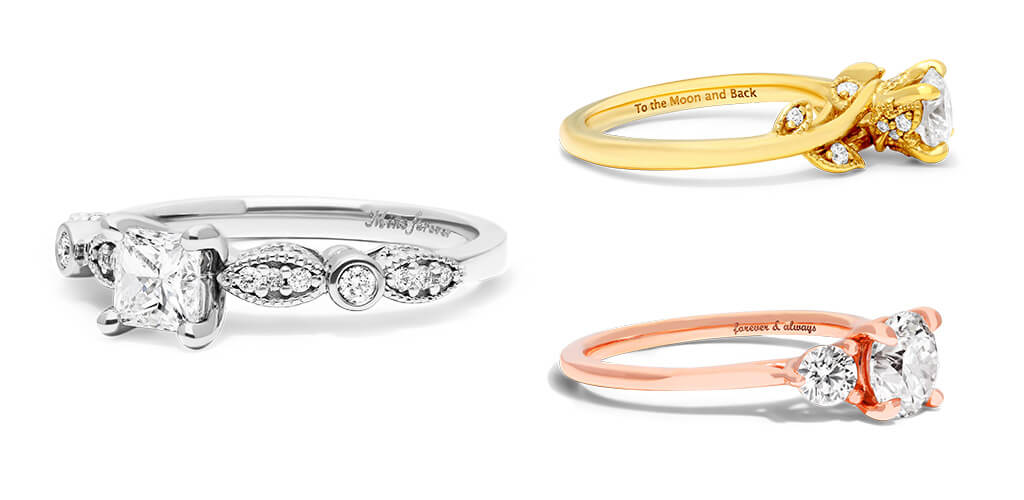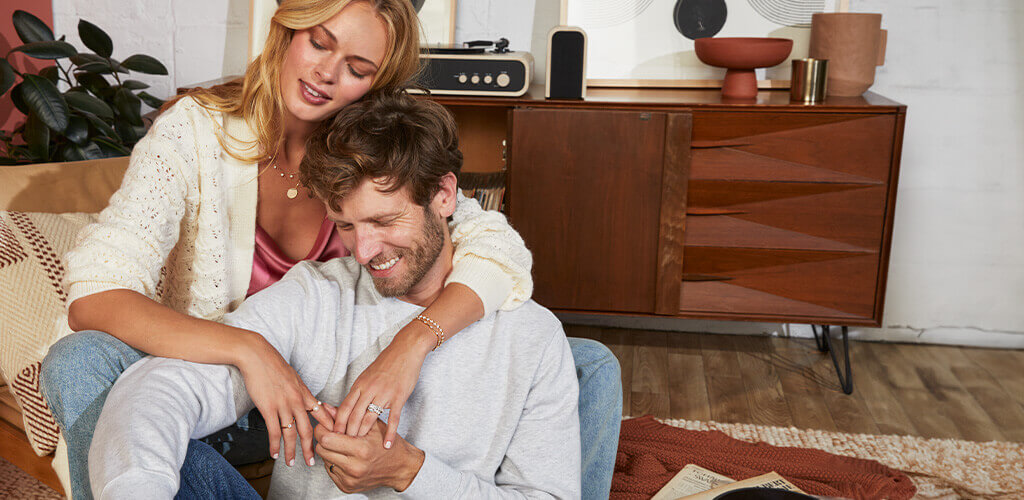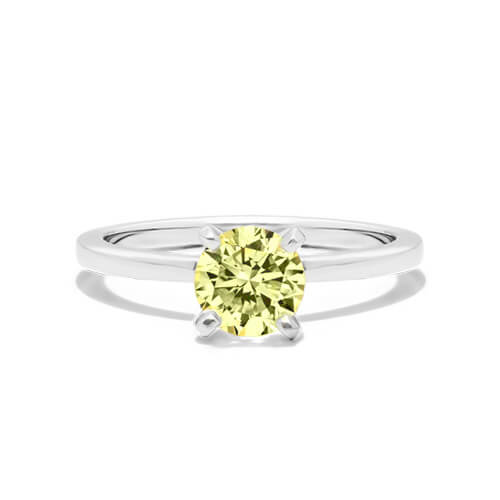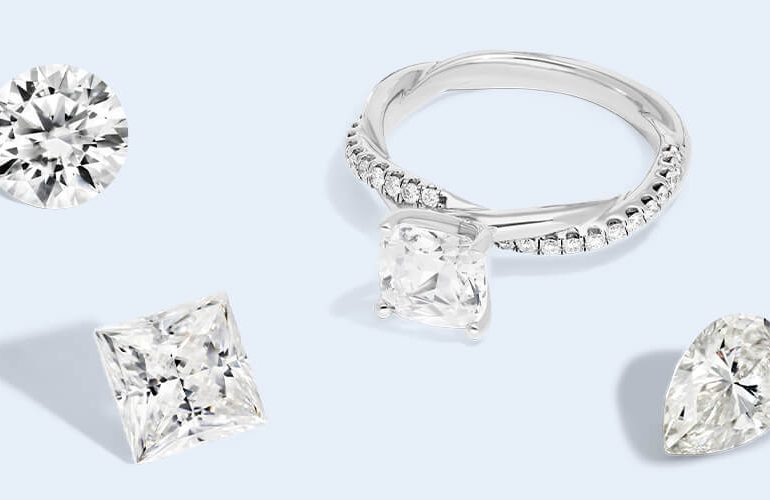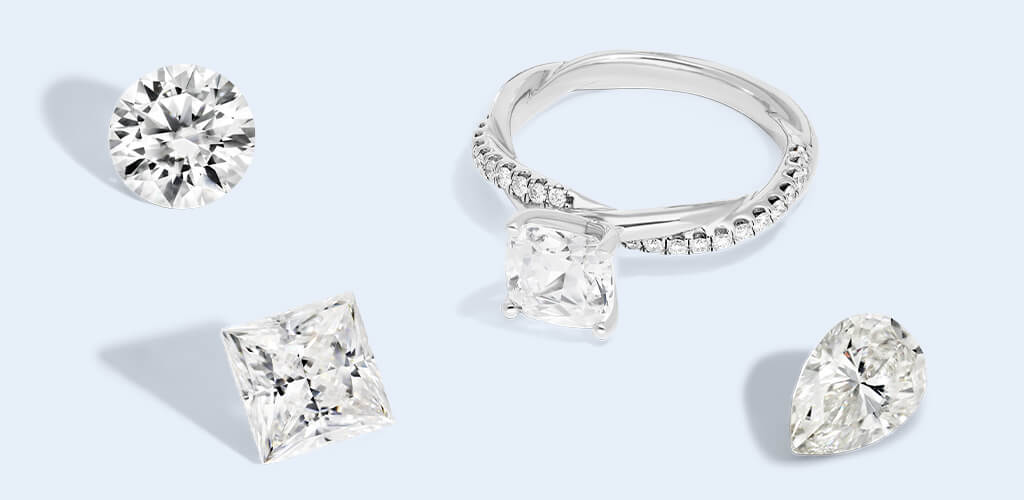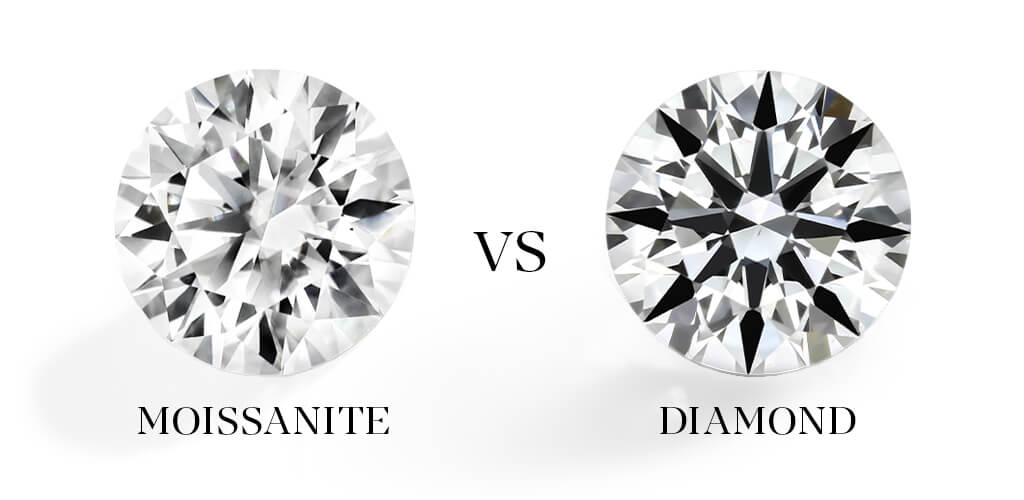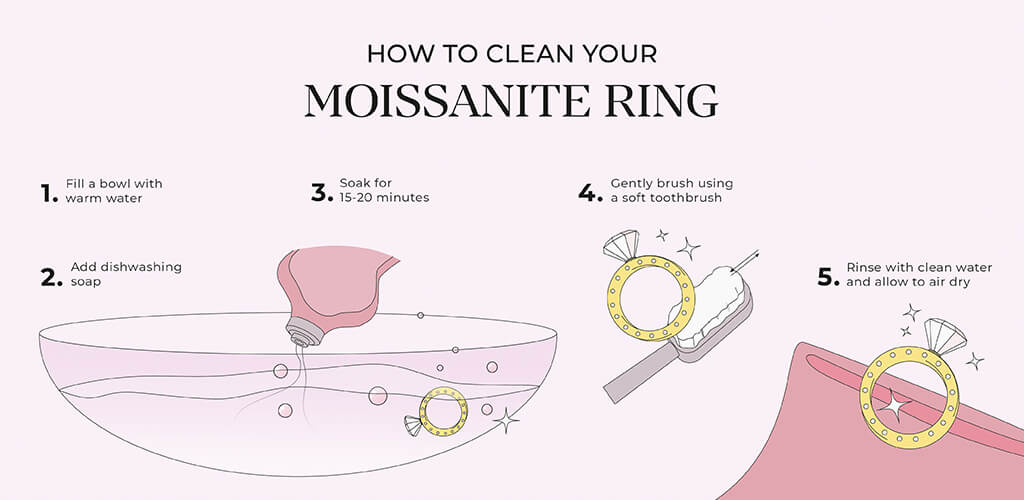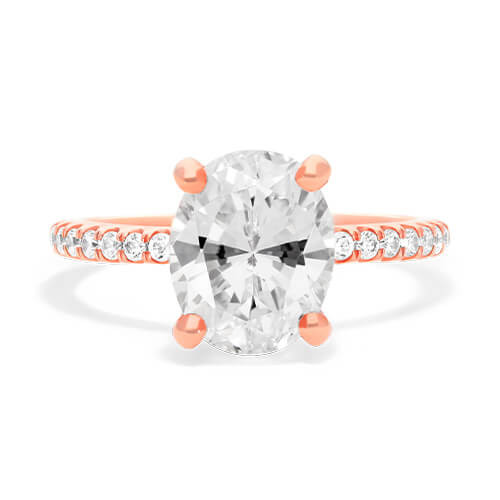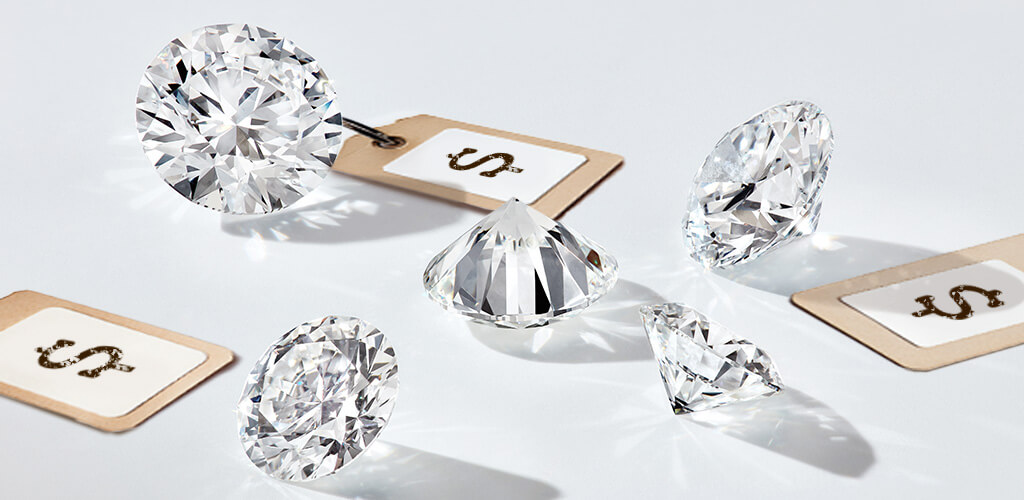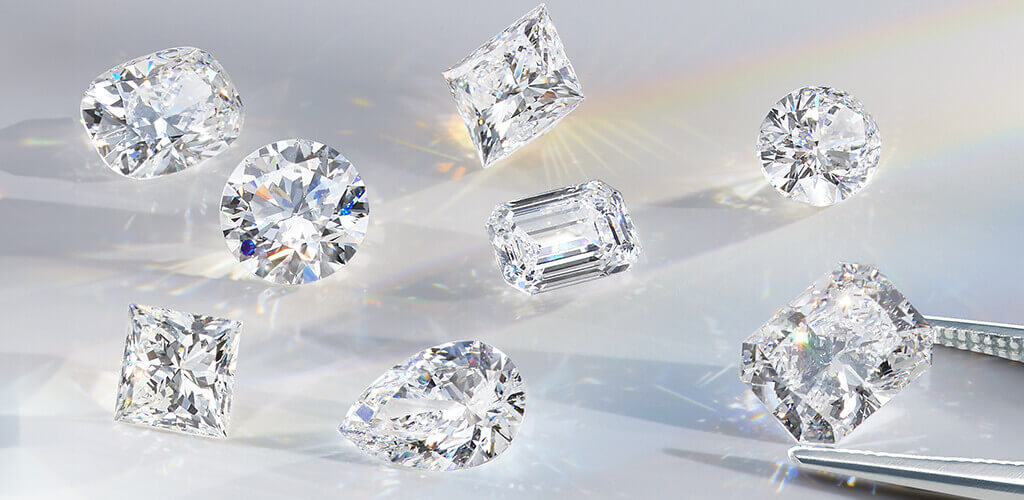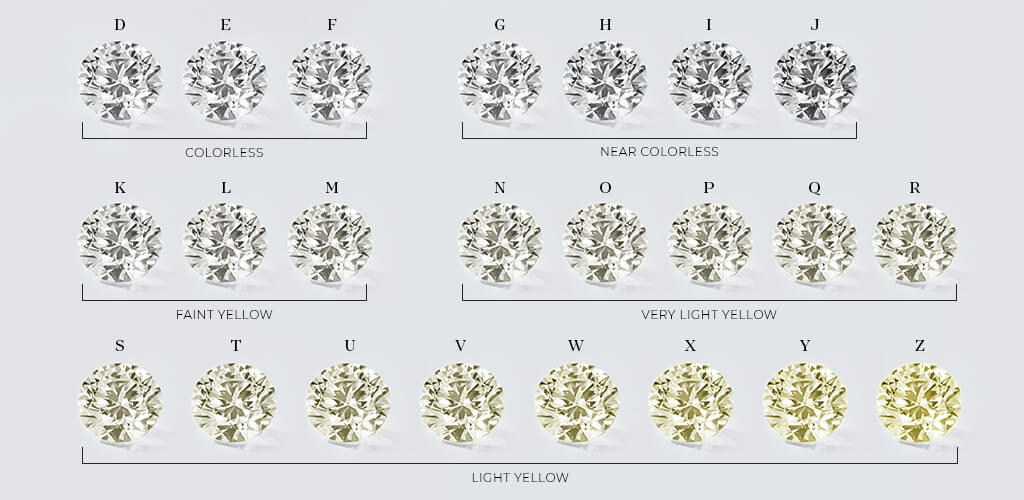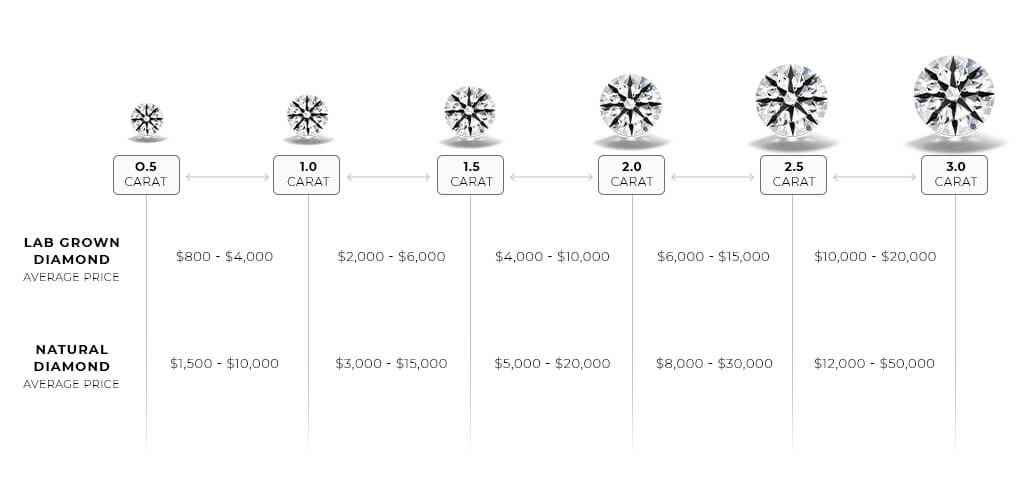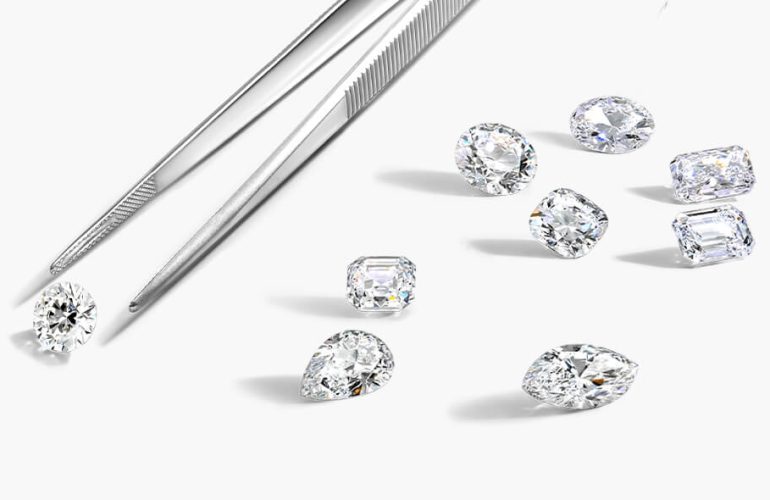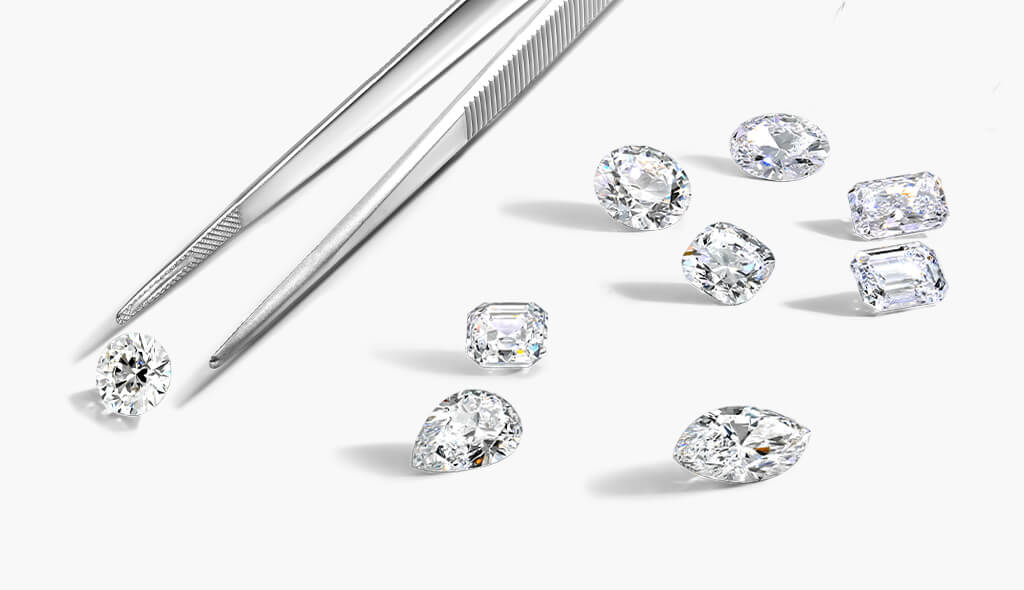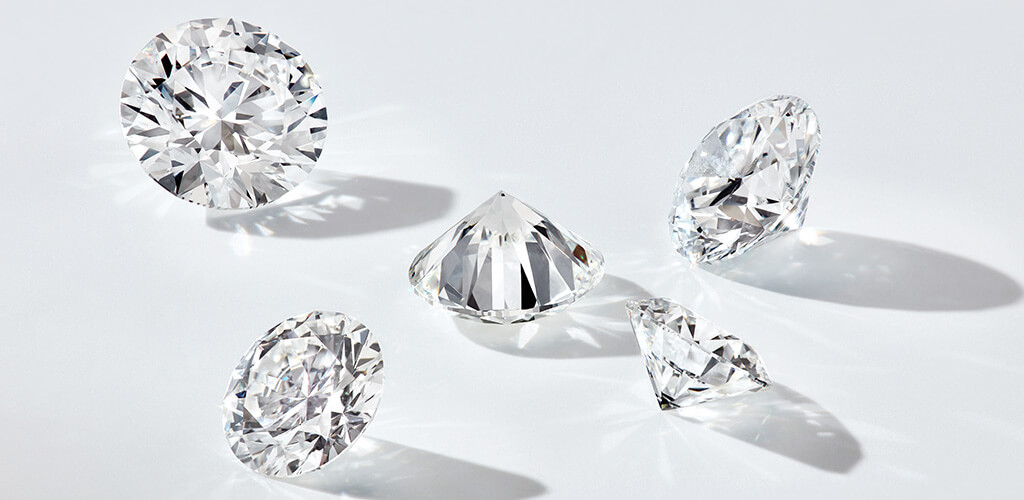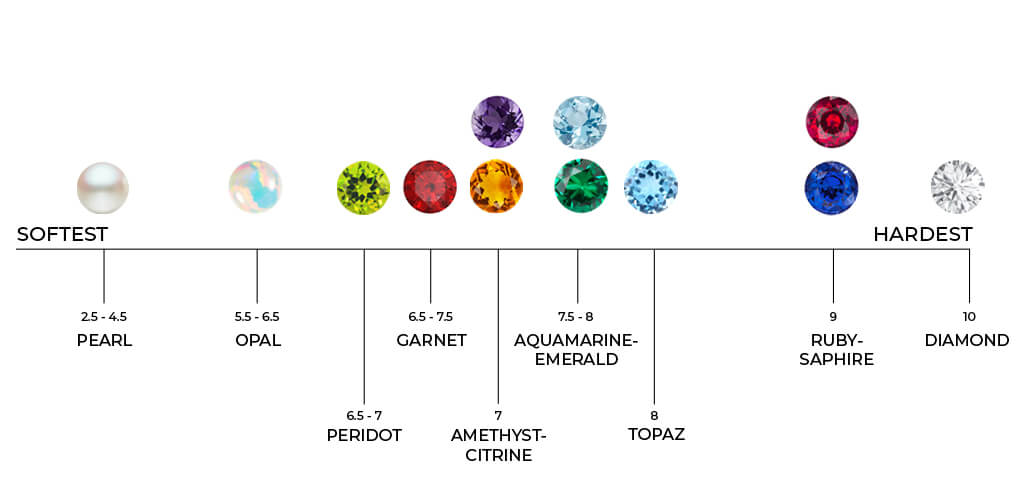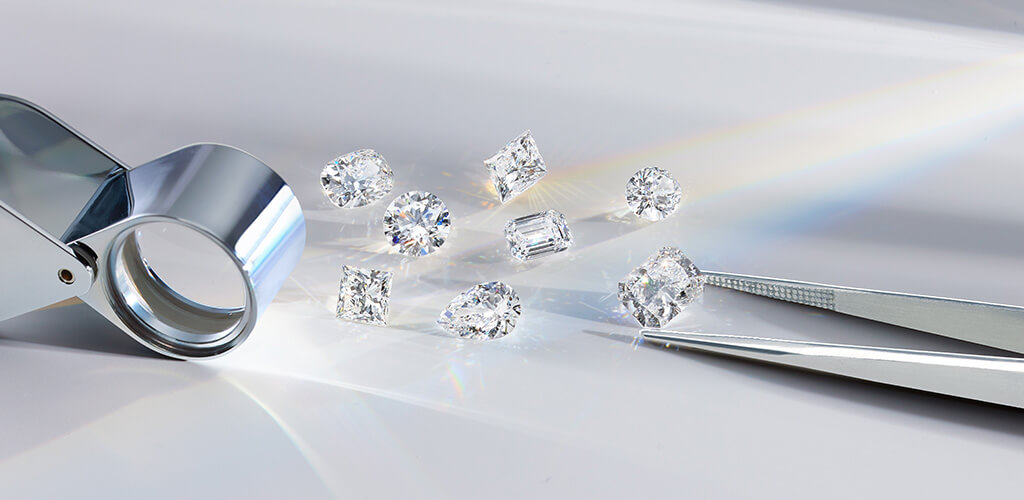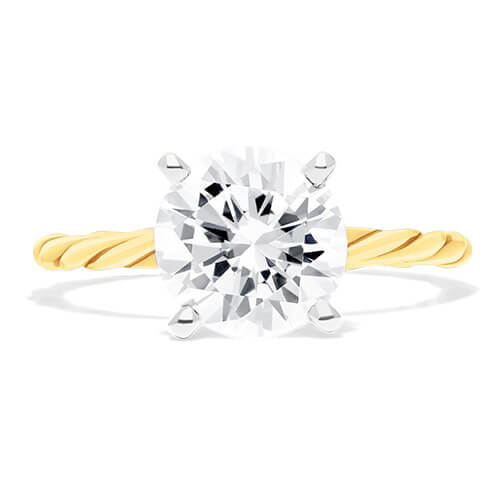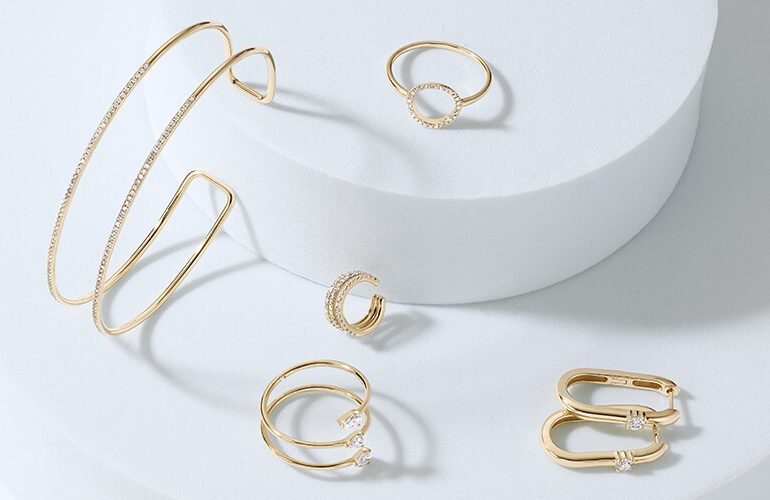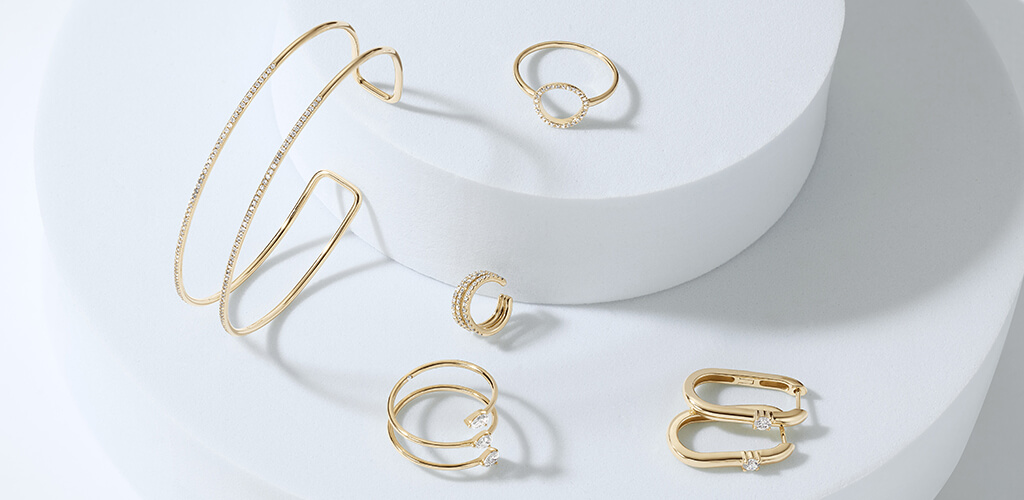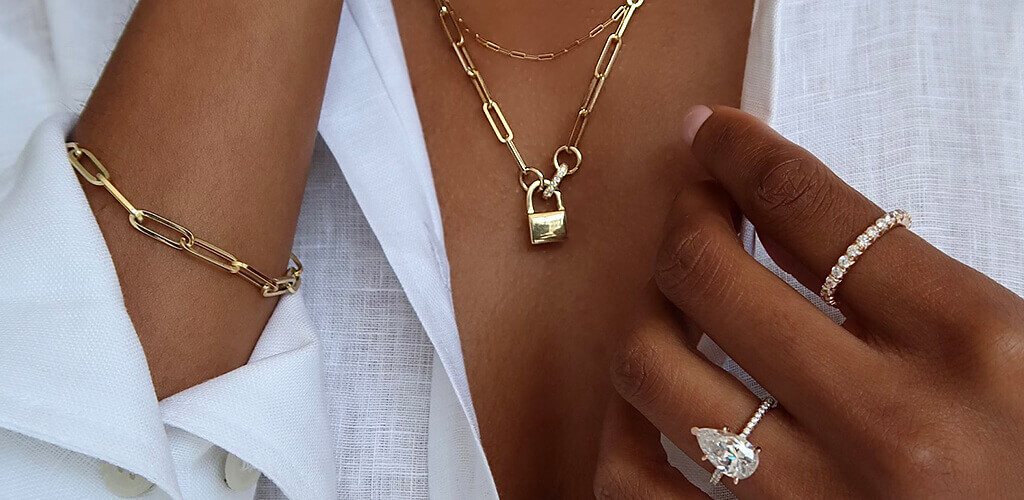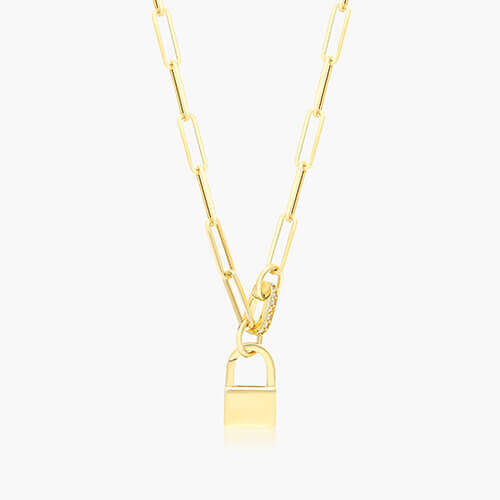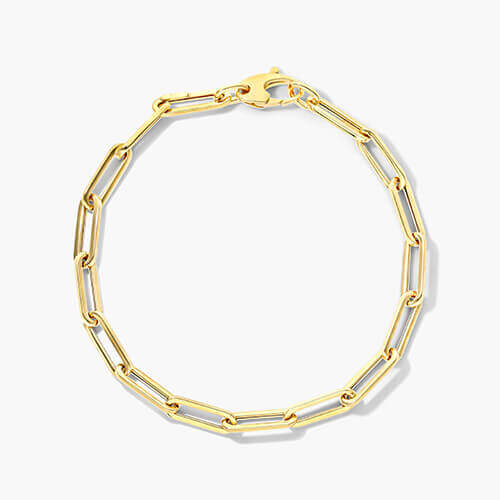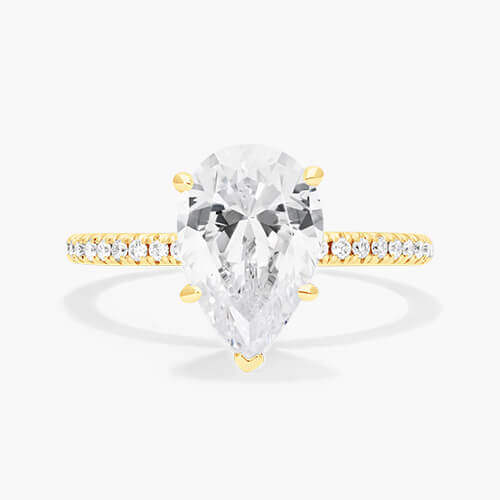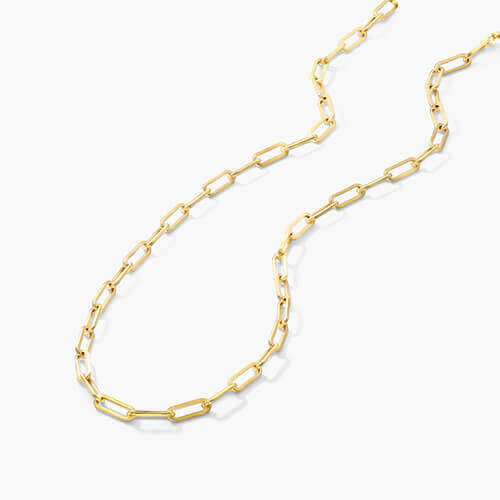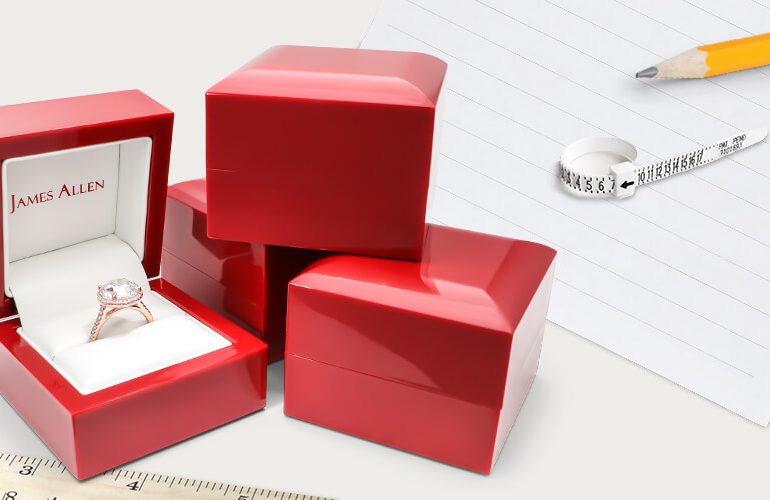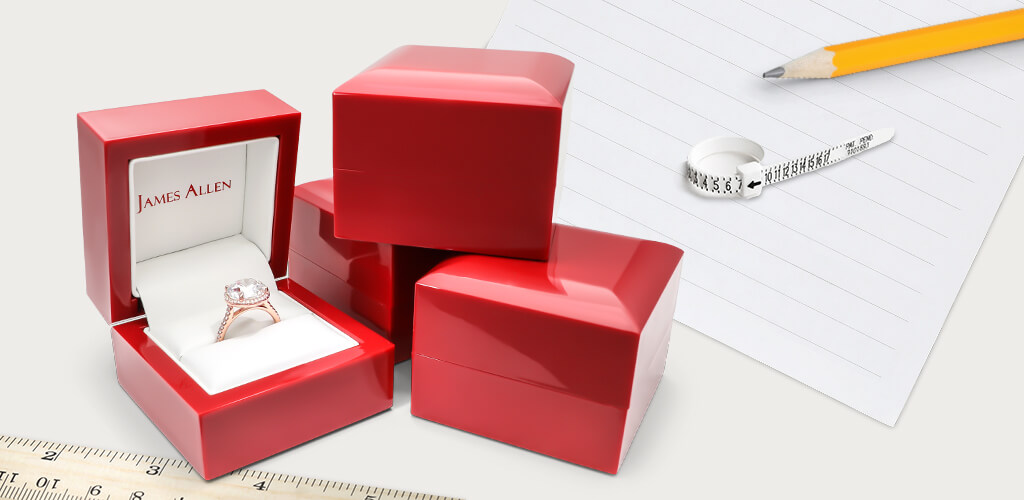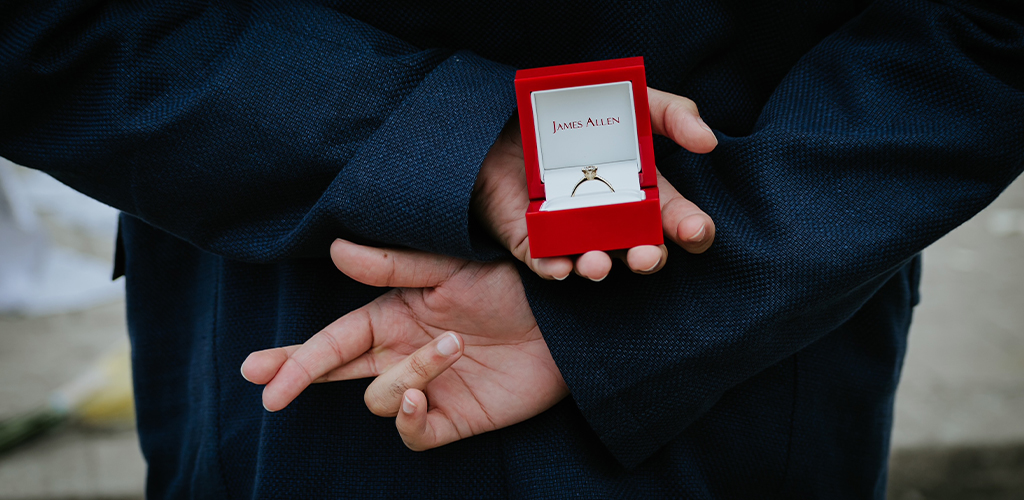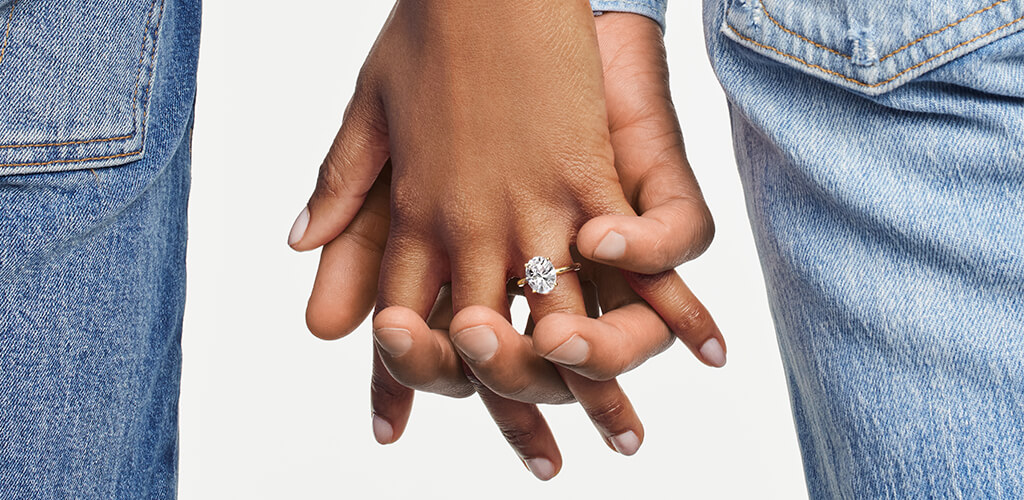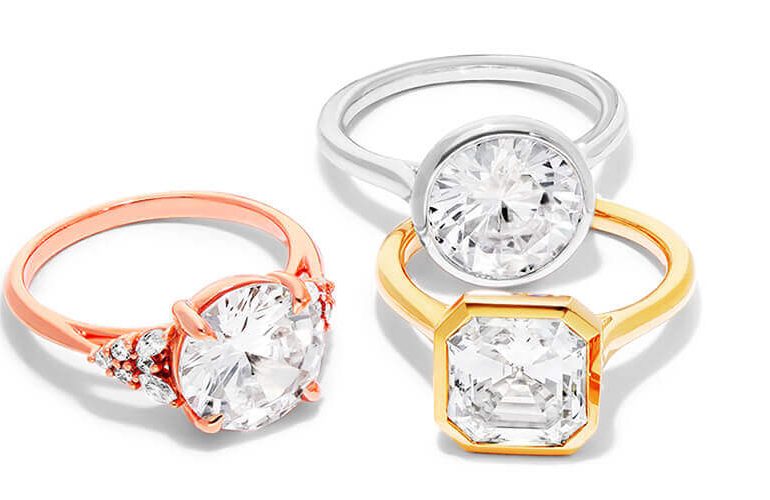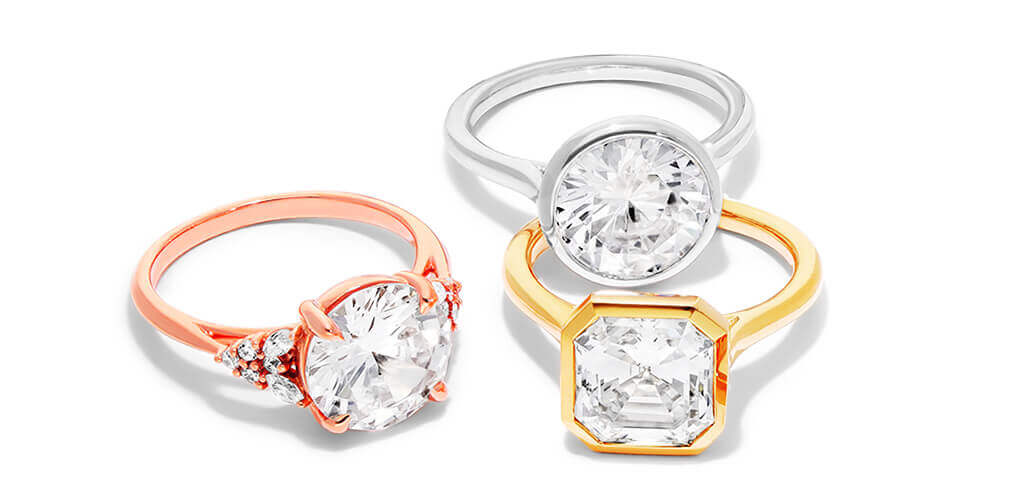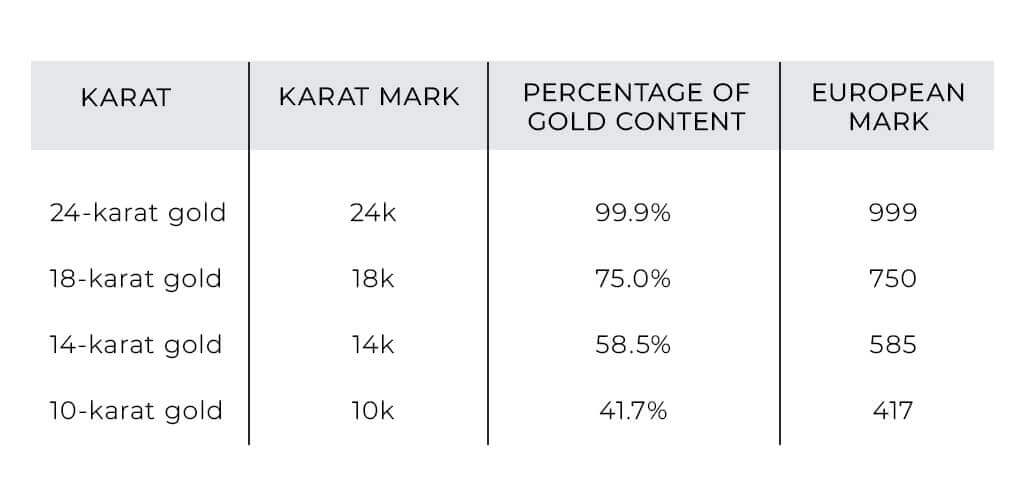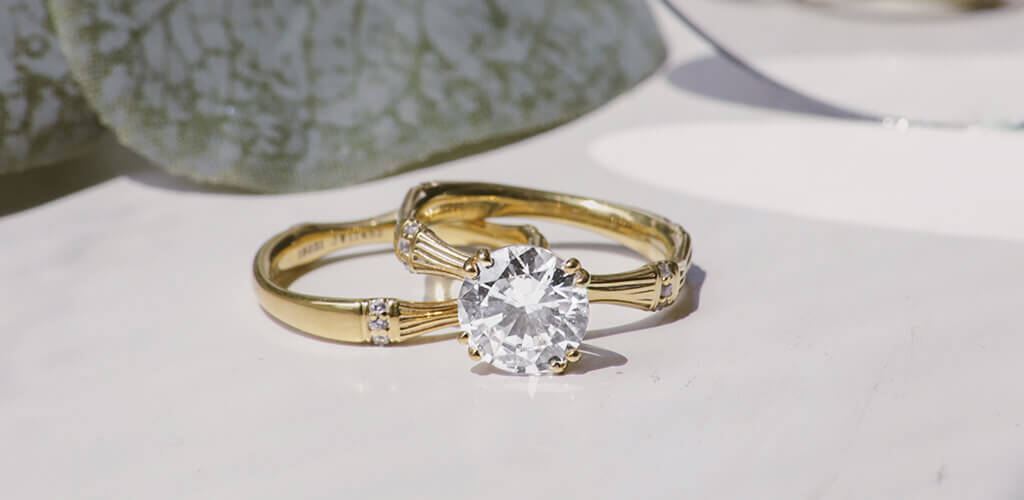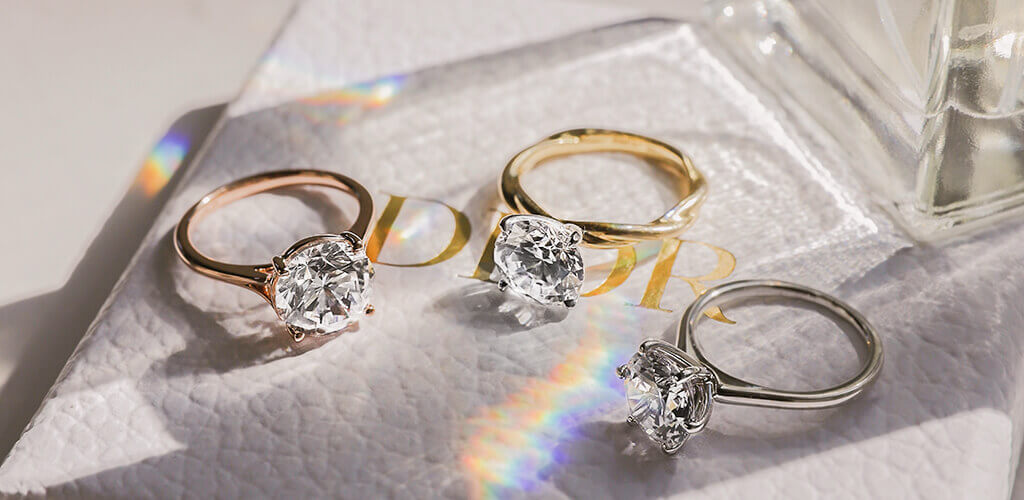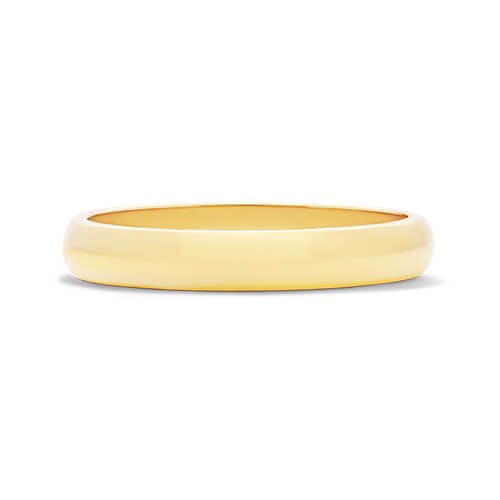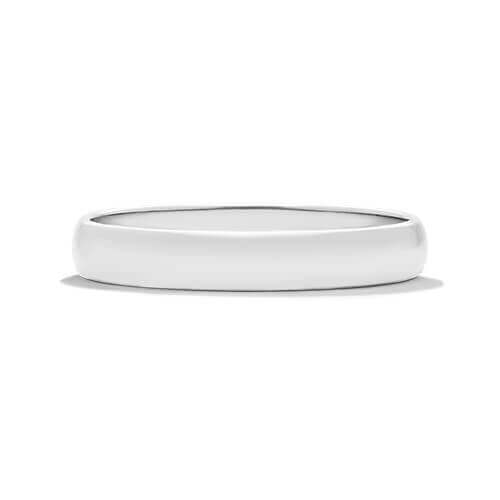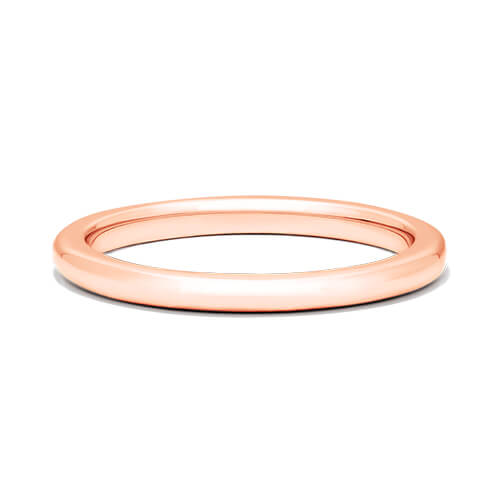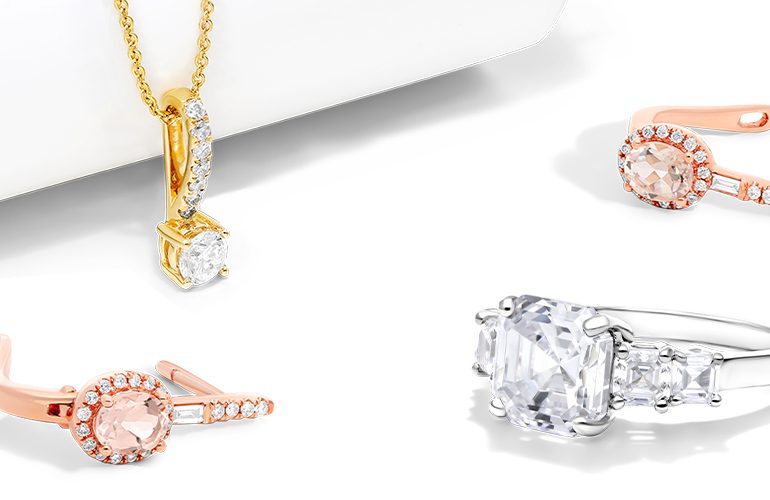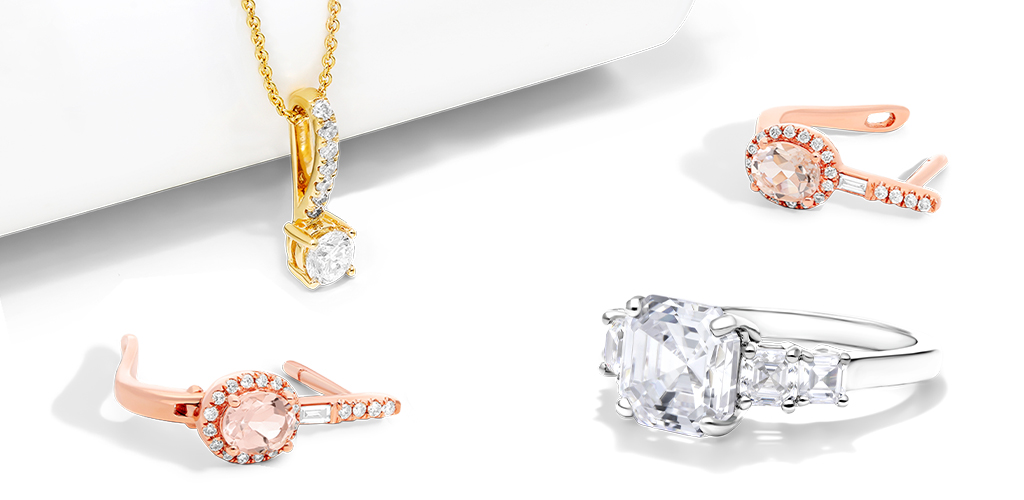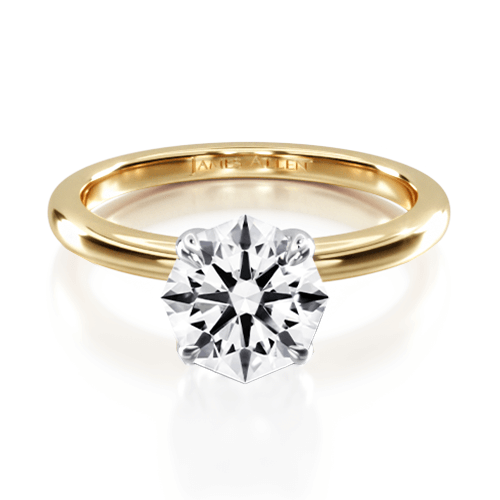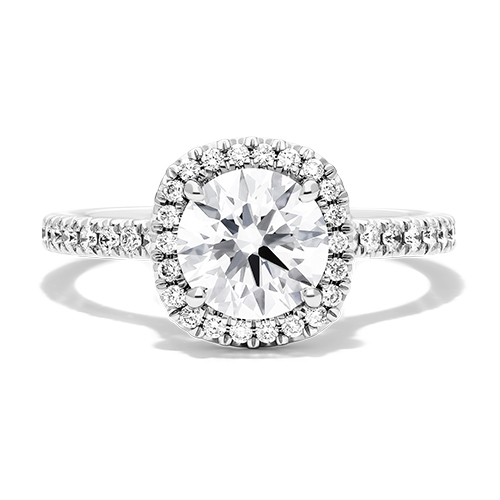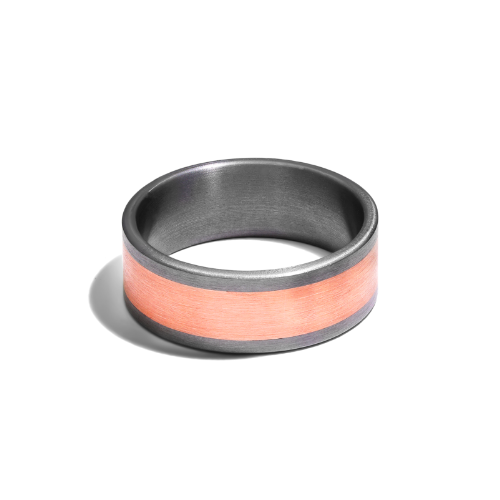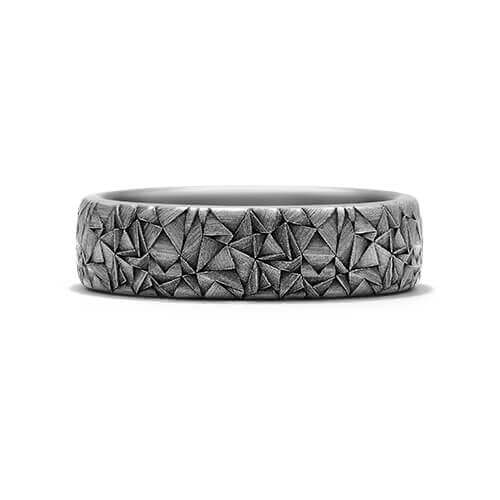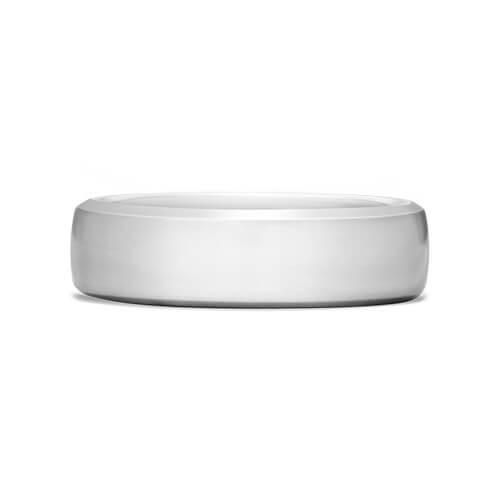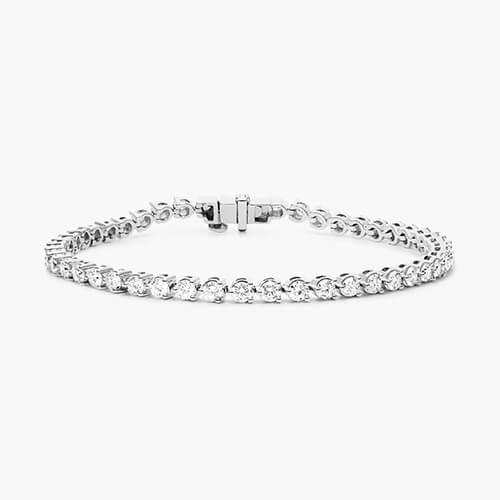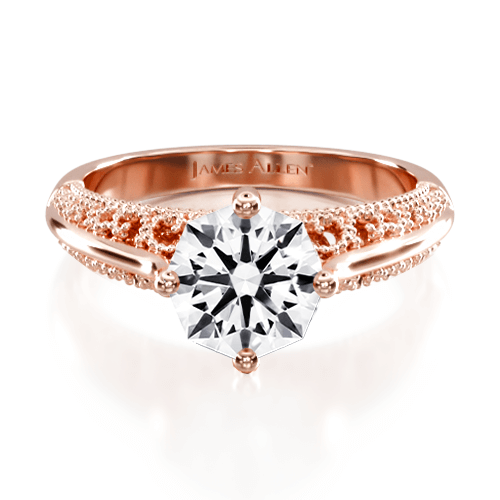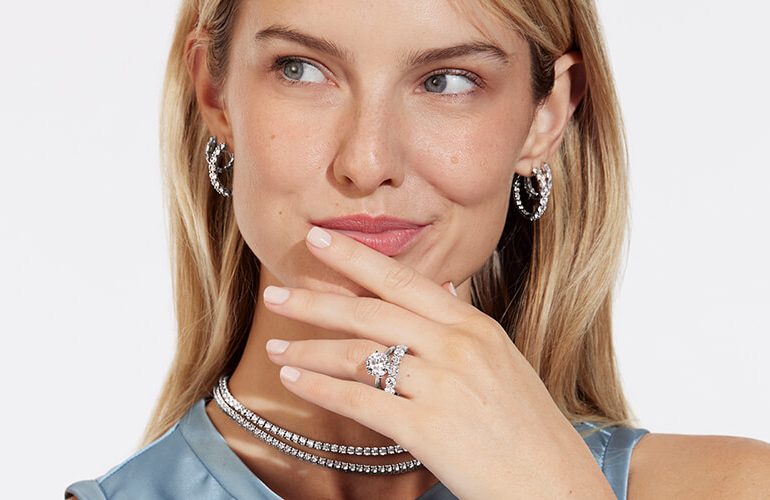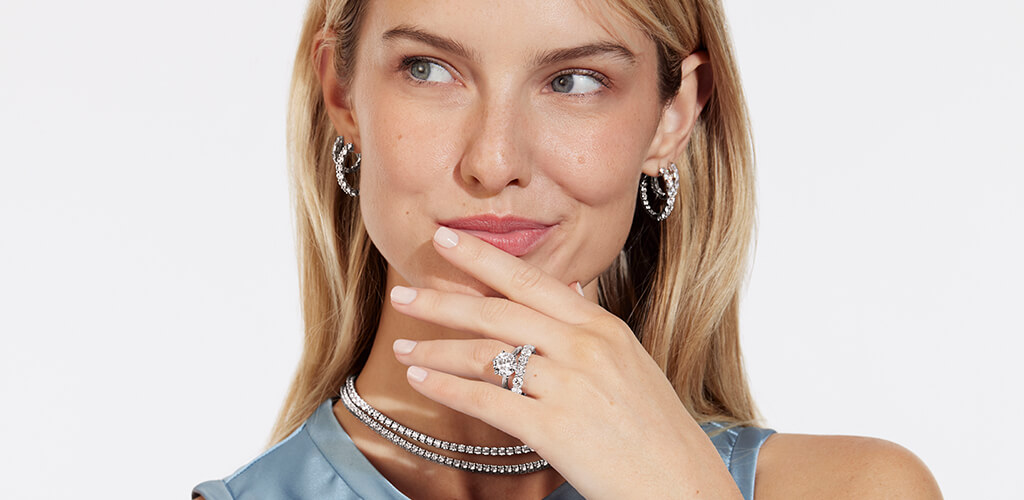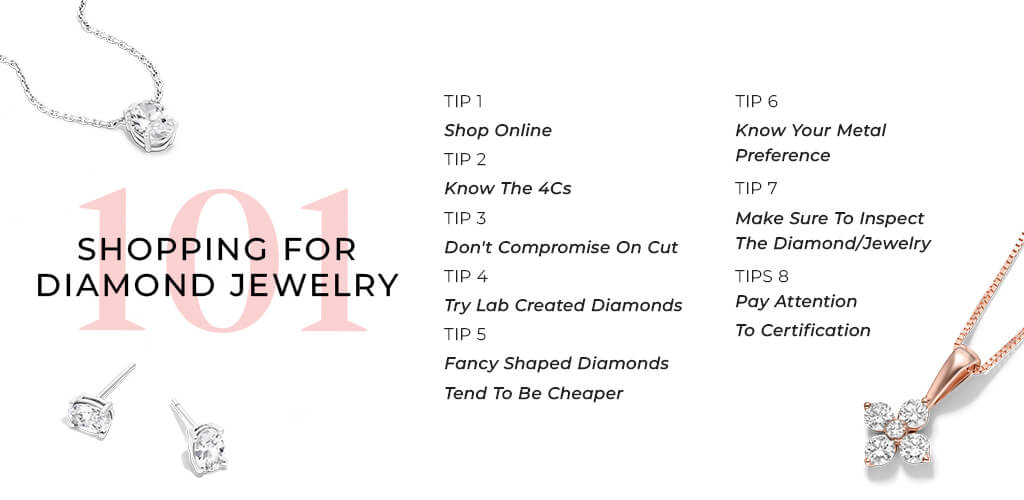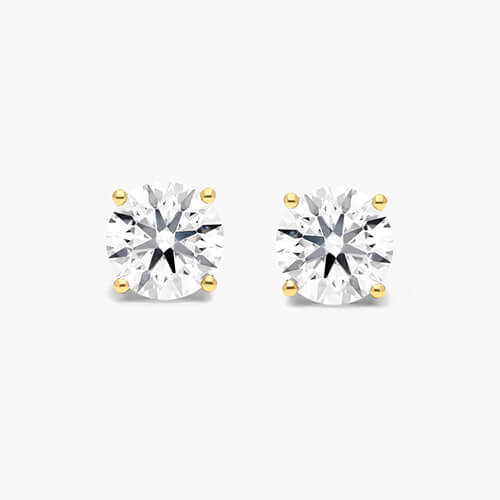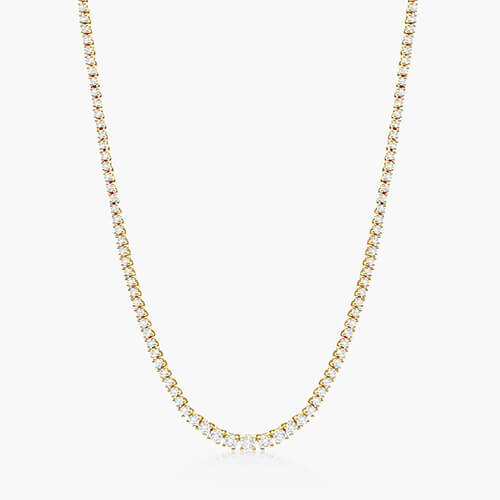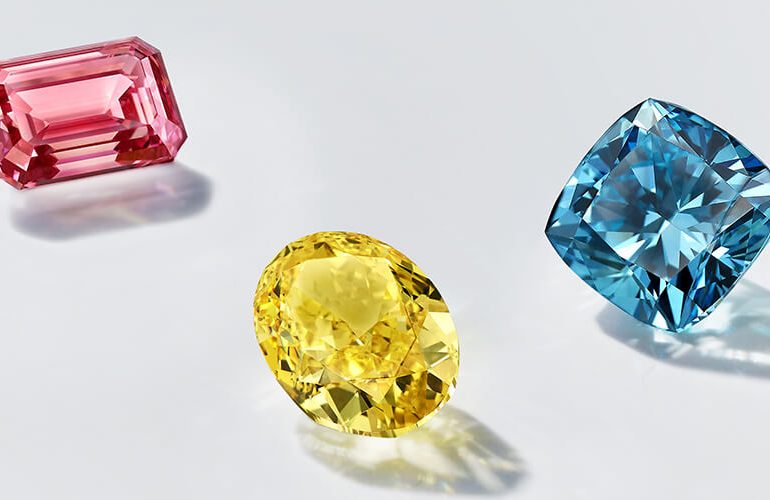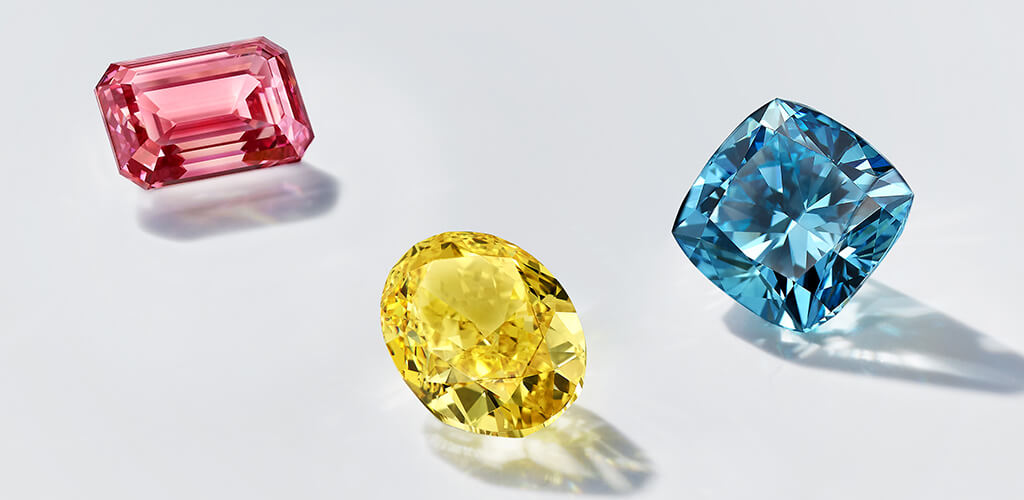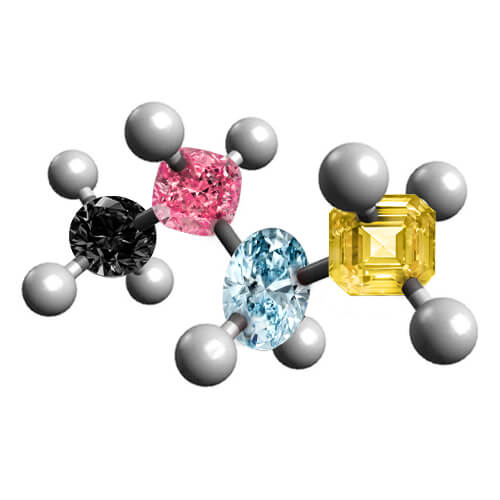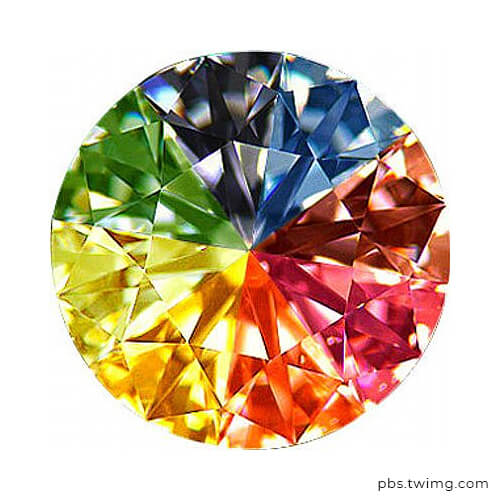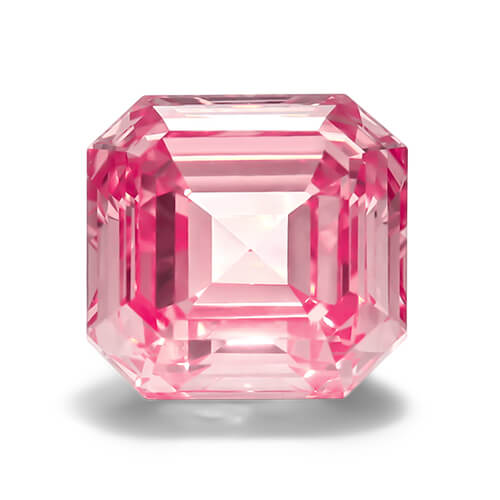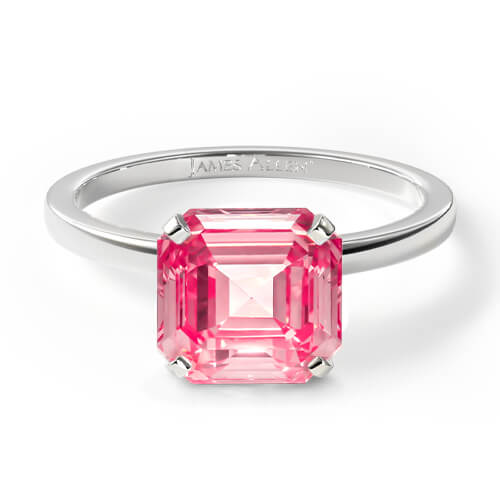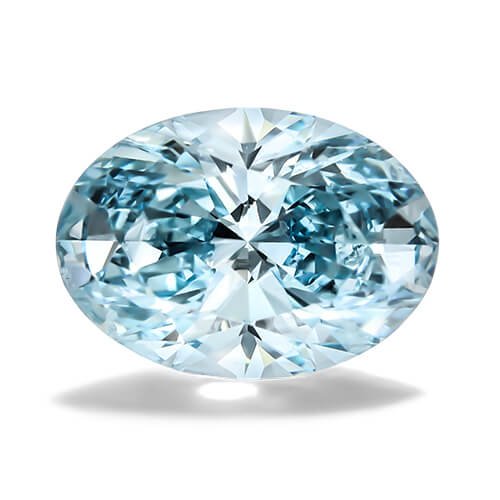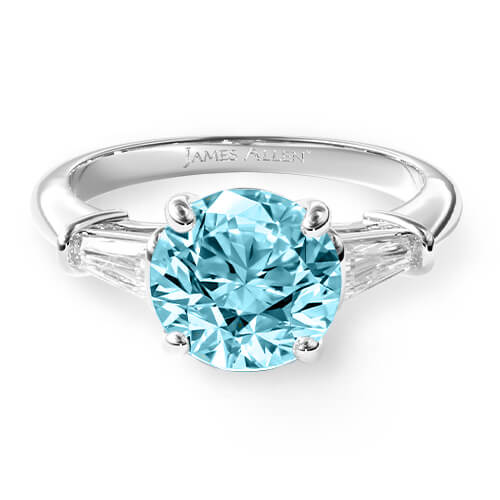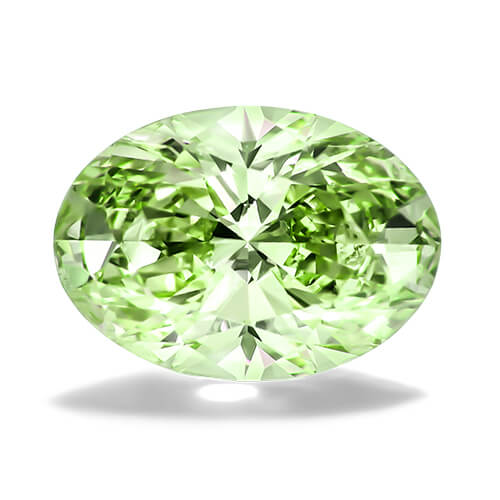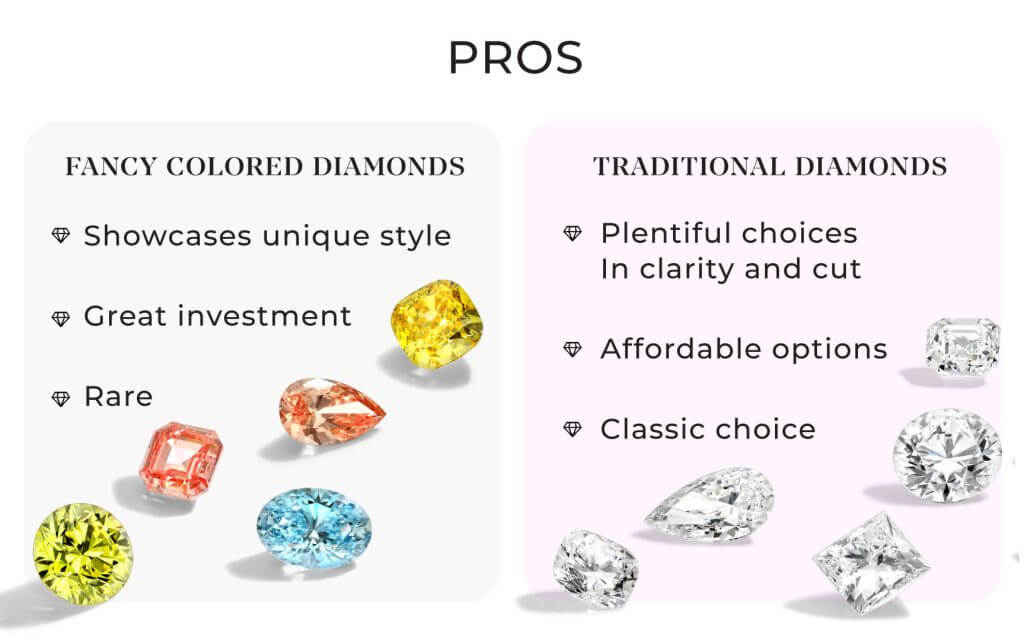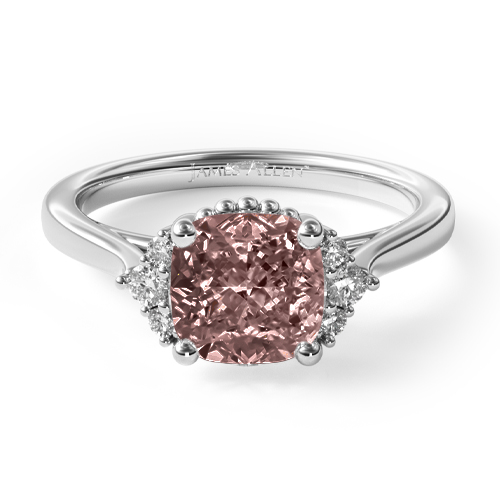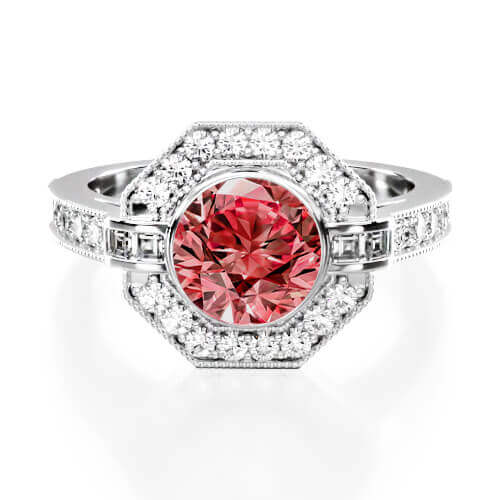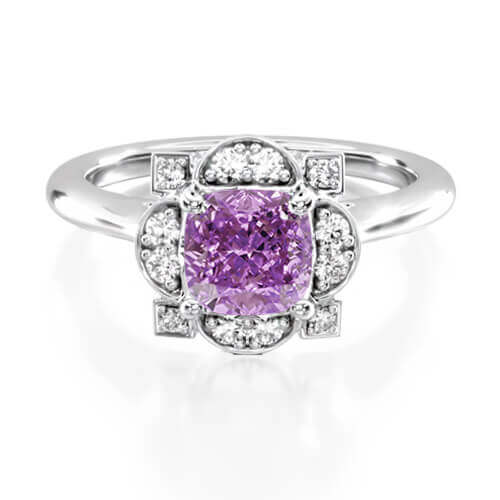There’s a good reason certain metal types suit you better than others. Read on and find out how to pick the right jewelry color for your skin tone!

What is Skin Tone?
Your skin tone is not the same as your skin color, also known as overtone. Rather, it refers to the subtle undertones of your skin that come through no matter how the environment impacts your skin.
To get technical, the primary component in someone’s skin tone is their melanin content. We know that melanin also contributes to skin color, with more melanin resulting in darker skin color. However, in the case of skin tone, the more melanin you have, the warmer your skin tone.

Why Does Complexion Matter When Choosing Jewelry?
If you’re new to wearing accessories, you might be wondering why your complexion matters when picking your engagement ring metal or other fine jewelry?
It matters because different metals either clash or complement different undertones. Since the metal encasing your gemstones or diamond often rests directly in contact with your skin, it can significantly impact how well your jewelry looks on you.
Most people fall into one of two undertone categories – warm or cool. A few of you may even be part of the neutral skin tone group.
Skin Tone vs. Undertone
Skin Tone
- Surface color of your natural skin
- It can change
- Categorized as light, medium, dark
Undertone
- Muted color beneath your skin
- Cannot change
- Categorized as warm, cold, neutral
Skin Tone Categories
Light
Light or fair skin tones tend to come from Northern European countries. People with paler skin are usually more sensitive to the sun and find they burn easily.
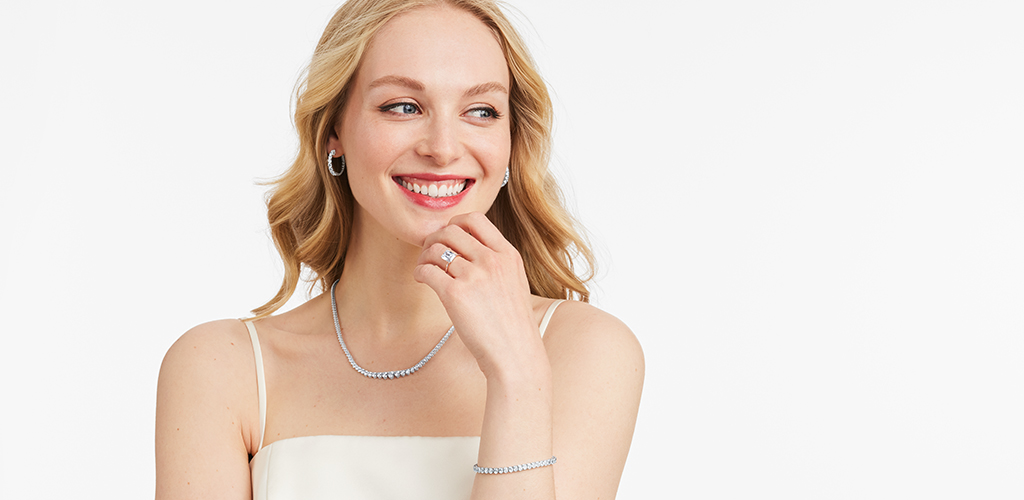
Medium
Medium complexions are typical of those of Southern European and Northern Asian descent. Usually, this skin tone is neutral and can tan well in the sun. Many people under the medium category have an envy-worthy olive skin tone.
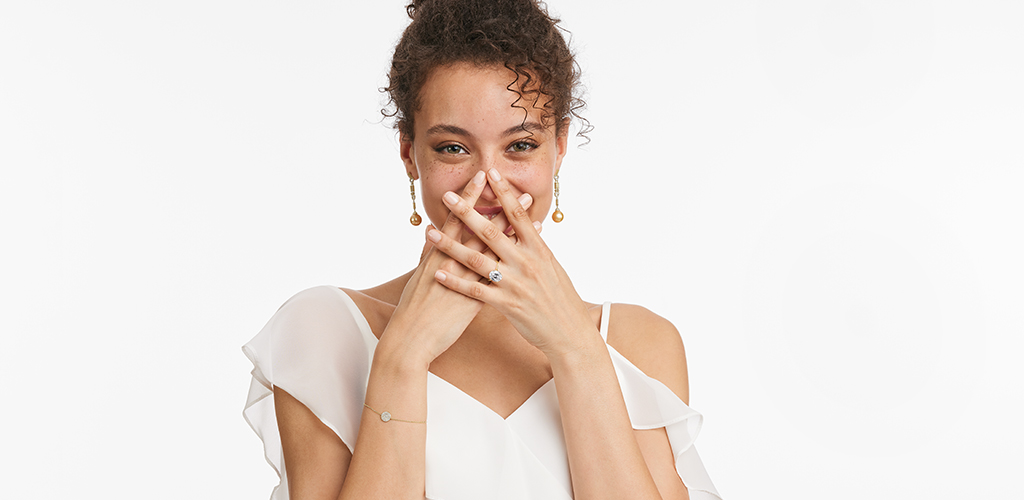
Dark
Dark complexions typically originate from parts of the world that have the most exposure to ultraviolet radiation, such as the Middle East, India, and Africa.
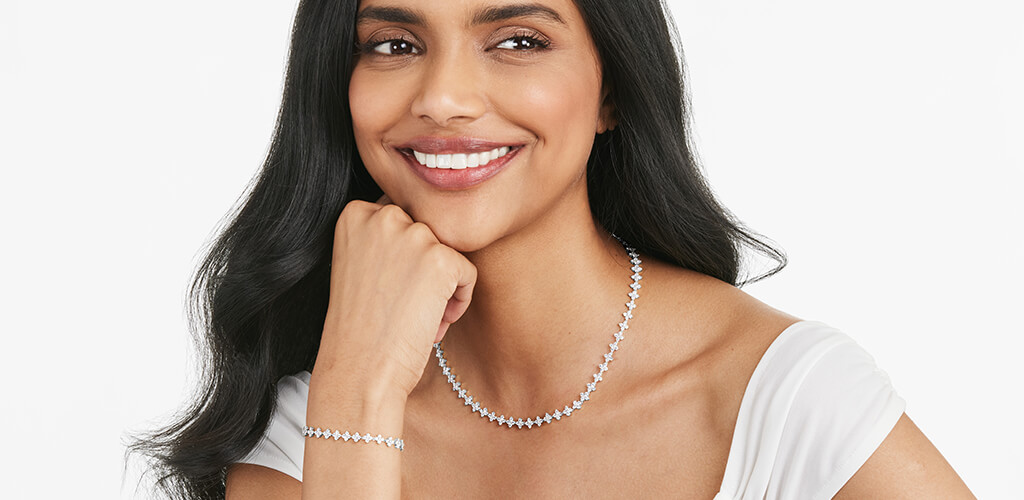
Undertone Categories
Your undertone is like the shadow of your skin that will always be there and never change. Cool, warm, and neutral are used to describe the different shades we find.
When applying makeup, the undertone of your skin determines what shade of foundation to use on your face, and it also helps us to understand which metal color is perfect to suit your unique skin tone.
- Cool tone: red, pink, and bluish hues underneath the skin.
- Warm tone: yellow and golden hues underneath the skin.
- Neutral tone: olive or a balanced mix of the above-mentioned shades.
How to Determine Your Skin Tone
Here are three ways to tell which skin tone category you fall under.
- Your Veins
Look at your veins under natural light and check their appearance under your skin. Under natural light, you’ll be looking at your undertones rather than your overtones. Are your veins blue or green? Are you even able to tell?
Well, if you can’t tell, you may be someone who falls under the neutral skin tone category. If your veins are blue or purplish, then you’re part of the cool tone group. Finally, if your veins are green, you’ll fall under the warm tone category.
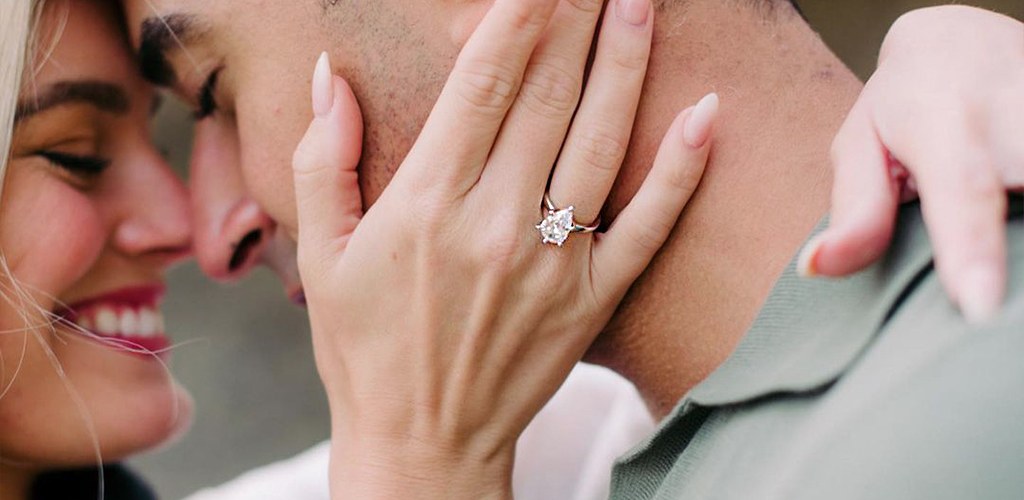
- The Silver/Gold Test
If you have some jewelry lying around, try on some silver and yellow gold pieces and see which metal complements your skin better. Does silver look better? You likely have cool undertones. If you have a warmer complexion, yellow gold will stand out as the better option.
Hint hint: At JamesAllen.com you can use our virtual try-on to see how well your favorite engagement ring looks on your hand AND you can try it on using different metal colors!
- Your Skin’s Reaction to Sun Exposure
When you’re out in the sun, how does your skin react? Do you tan easily or rarely experience sunburn? Or do you find your skin is easily burned and turns red quickly? Those who tan easily likely have a warm skin tone. You’re probably part of the cool tone club if you burn easily.

Buying The Right Metal Color For Your Complexion
Now that you know how to determine your skin tone and which undertone category you fall under, we can start to figure out which metal type is perfect for you.
Cool Tone
If you fall in the cool category, white metals complement your skin the best. These include platinum, white gold, and silver. Fear not if you’re worried about whether your white gold jewelry will still stand out against paler skin. White metals shine just as bright as yellow or rose gold.
Warm Tone
If your complexion is warm, then opt for yellow gold or copper. Earth tones like rose gold, bronze, or black metals also look great on warm skin tones. Darker metals can really elevate your look, especially with statement pieces like diamond necklaces or tennis bracelets.
Neutral Tone
Finally, if your tone is neutral, you can choose the metal you like best. Go with what makes you feel beautiful because every metal looks great on your skin!
P.S. Love rose gold? Rose gold is a neutral metal, so it looks great on everyone!
FAQs
What Jewelry Should I Choose for My Warm Skin Tone?
Warm skin tones pair well with gold, brass, and copper jewelry. Opt for gemstones like coral, turquoise, and amber to complement the warmth of your skin. Earthy tones and warm-hued metals tend to enhance your natural complexion.
Can Cool-Toned Skin Individuals Wear Silver Jewelry?
Absolutely! Silver, white gold, and platinum jewelry suit cool skin tones. Gemstones like sapphire, amethyst, and emerald are great choices. These cool hues harmonize with your skin’s undertones, creating a balanced and appealing look.
Which Jewelry Colors Enhance Neutral Skin Tones?
Neutral skin tones can pull off a wide range of jewelry colors. Consider trying pieces with versatile gemstones like pearls, diamonds, or opals. Metals like rose gold can add warmth, while white gold can provide a cool contrast.
How Do I Determine My Skin Tone for Jewelry Selection?
To determine your skin tone, examine the veins on your wrist. If they appear bluish, you likely have a cool tone; greenish veins indicate a warm tone. If it’s difficult to tell, you might have a neutral tone. Experiment with jewelry against your skin to see what complements you best.
Final Thoughts
Remember that these guidelines are just that – a place to get you started experimenting with which metals look best against your beautiful skin.
At James Allen, we have all the tools and support you need to find and design the engagement ring of your dreams and the wedding rings you and your partner will cherish forever.
SHOP RELATED PRODUCTS
Subscribe to our email list for access to secret sales, practical ring-buying tips, and $100 off your first purchase!

